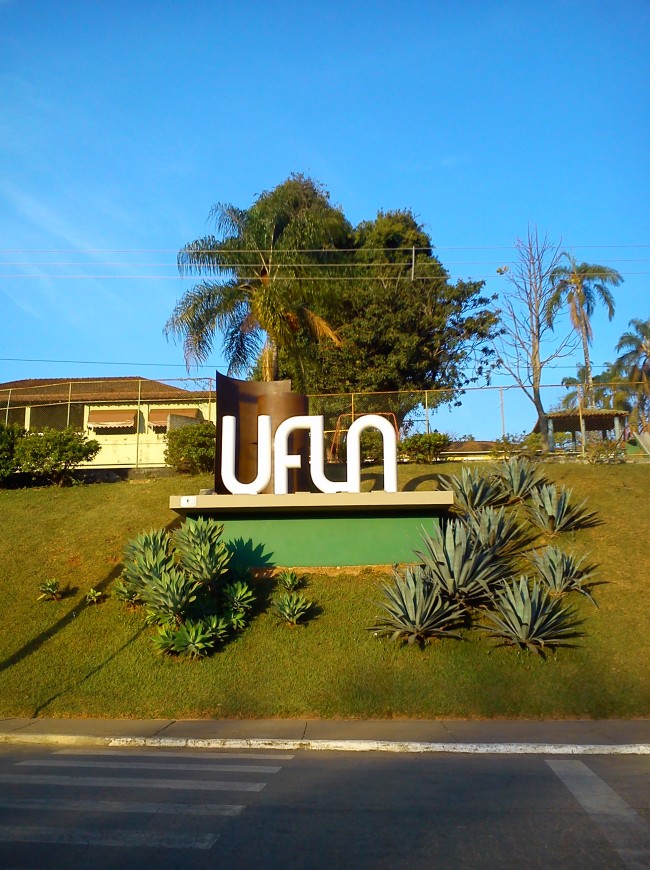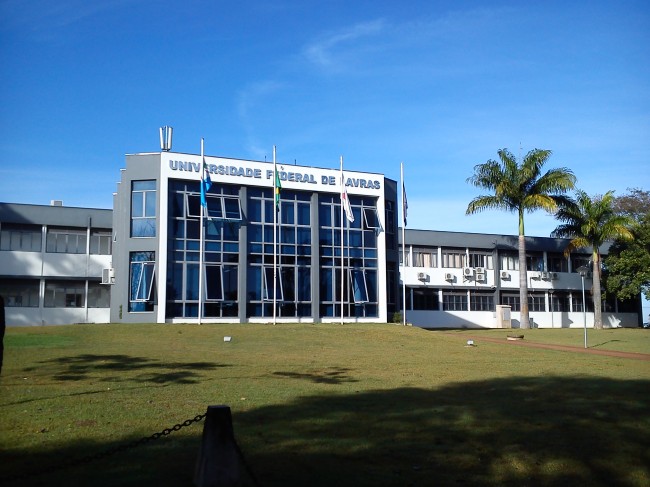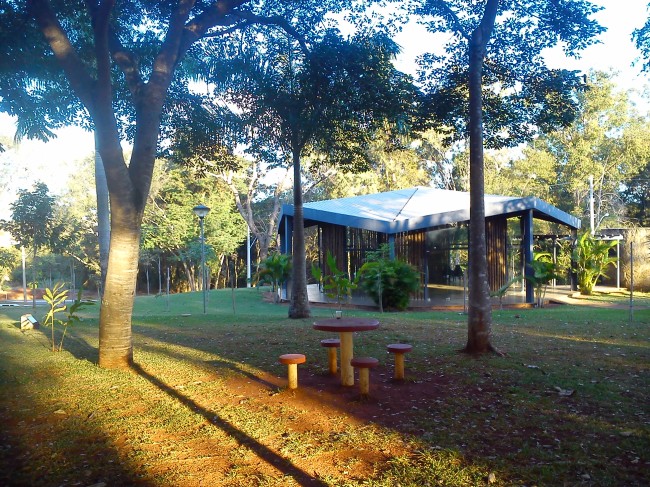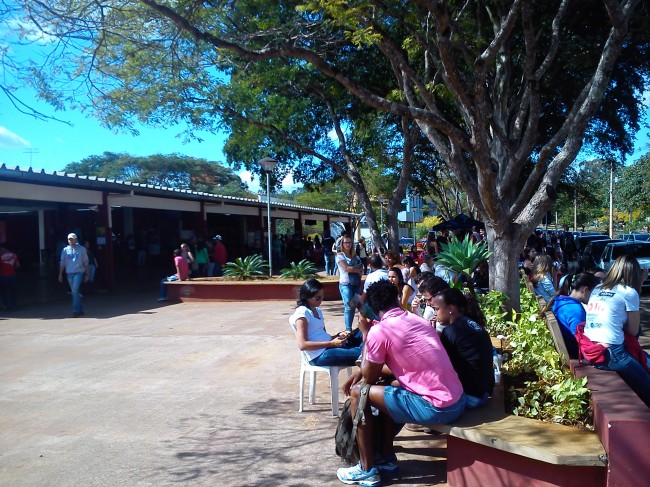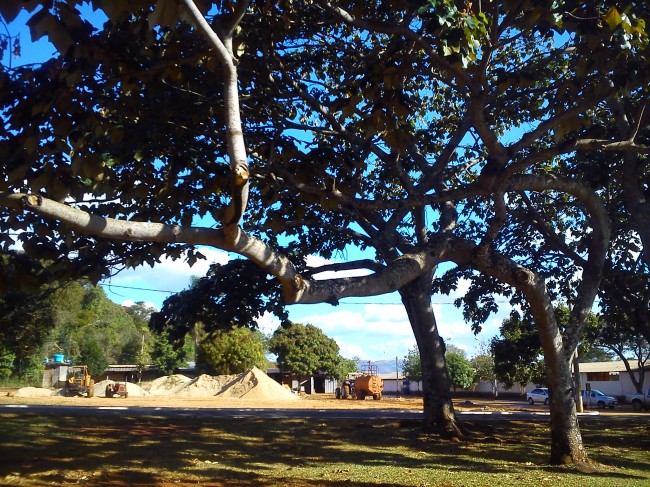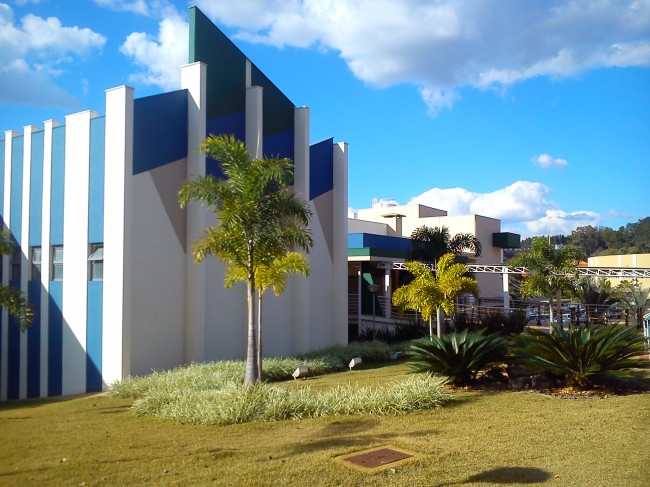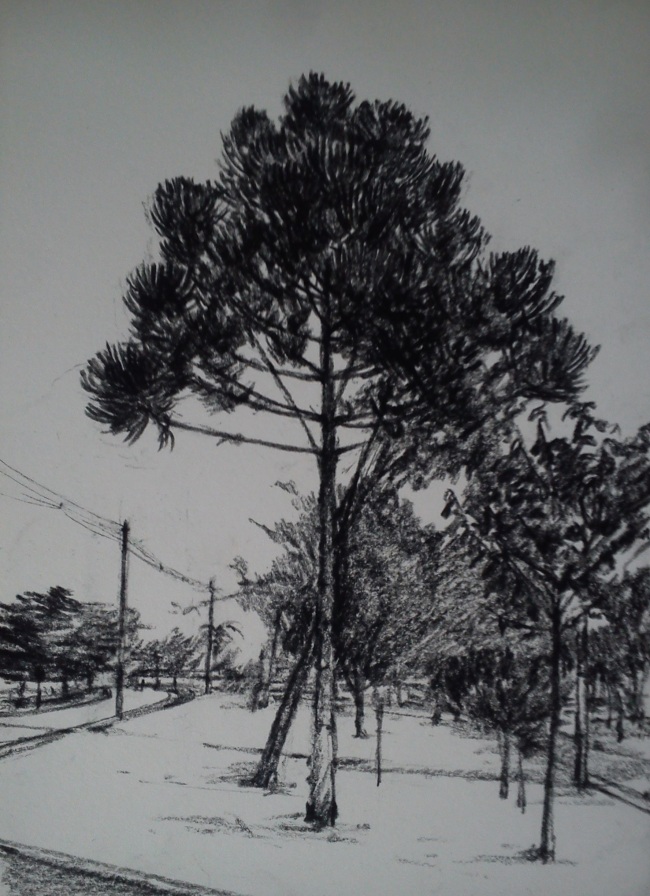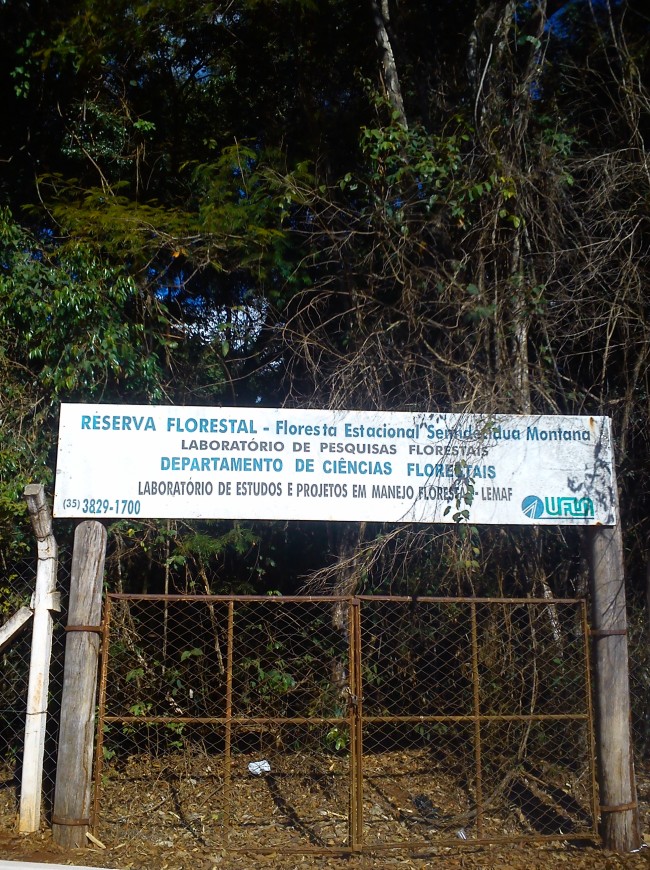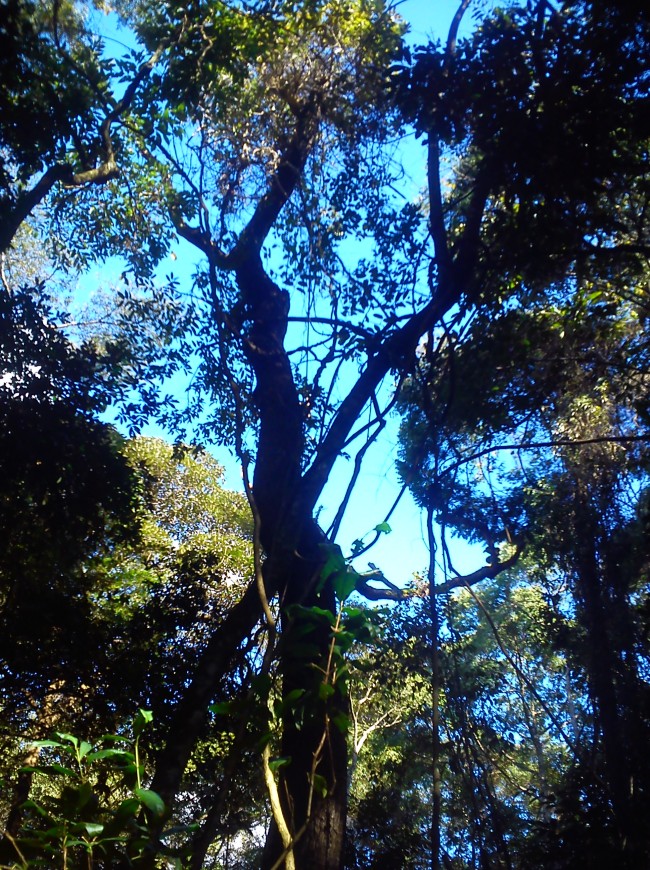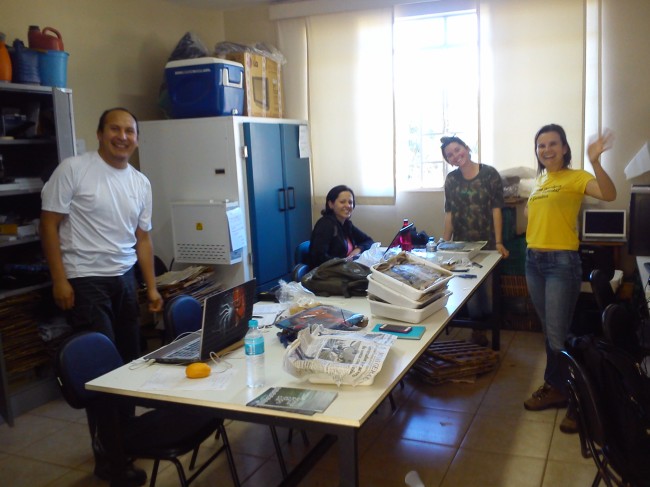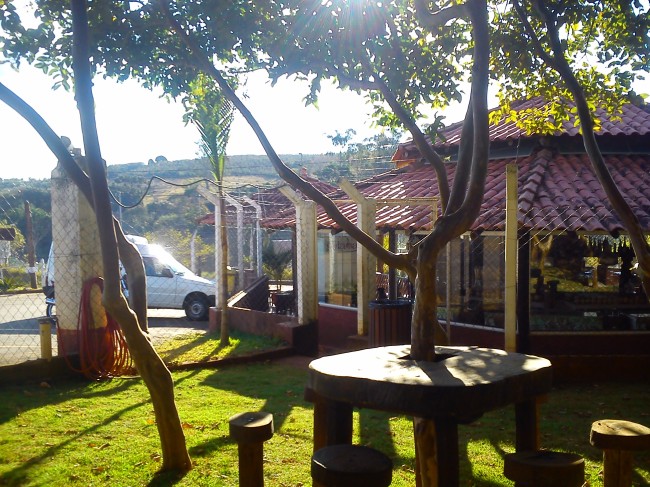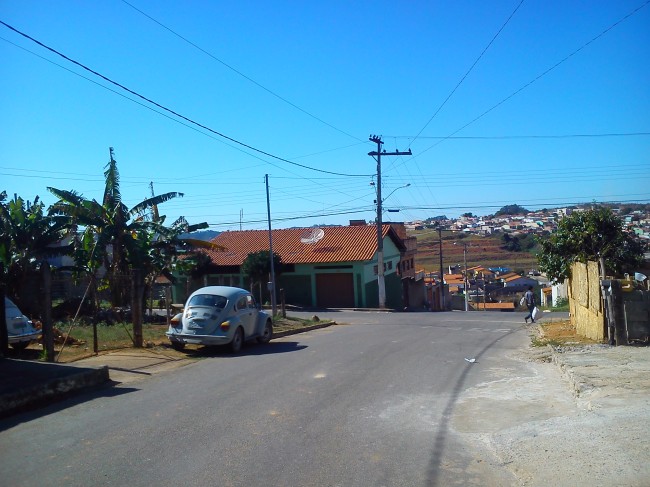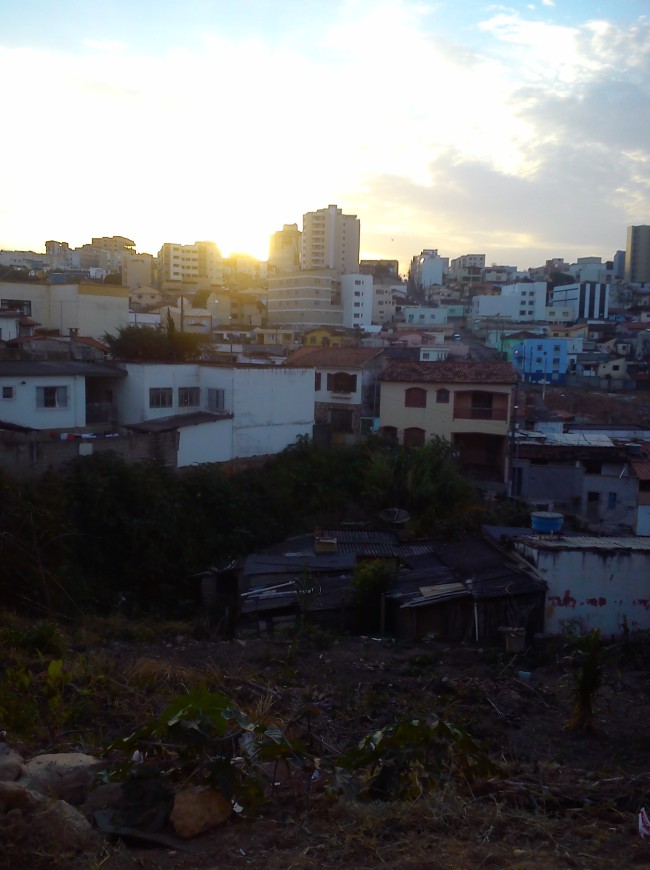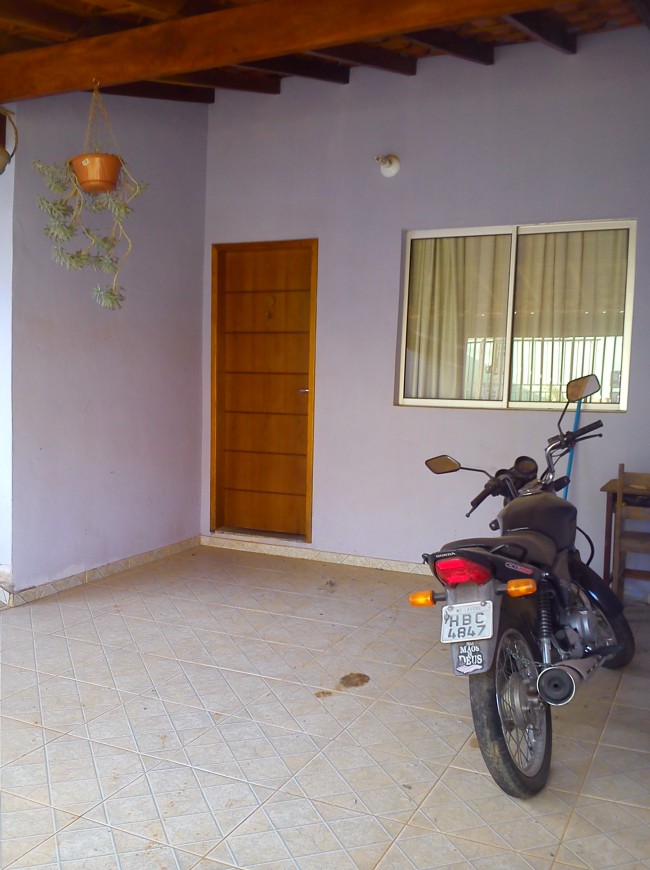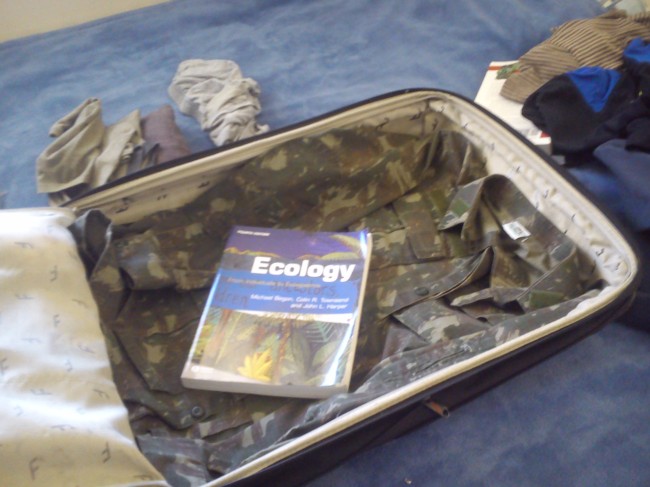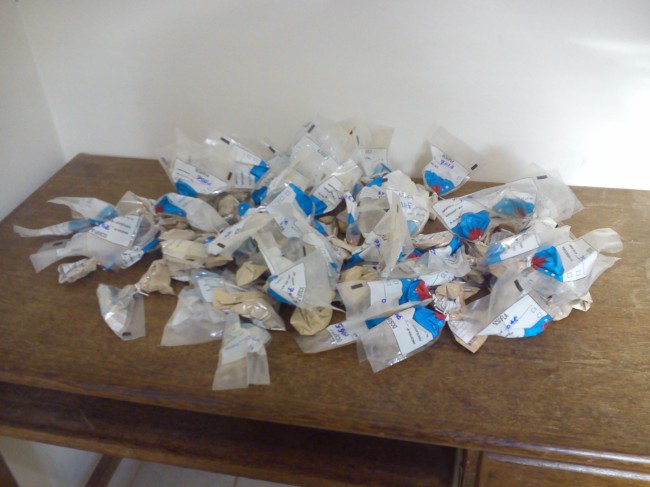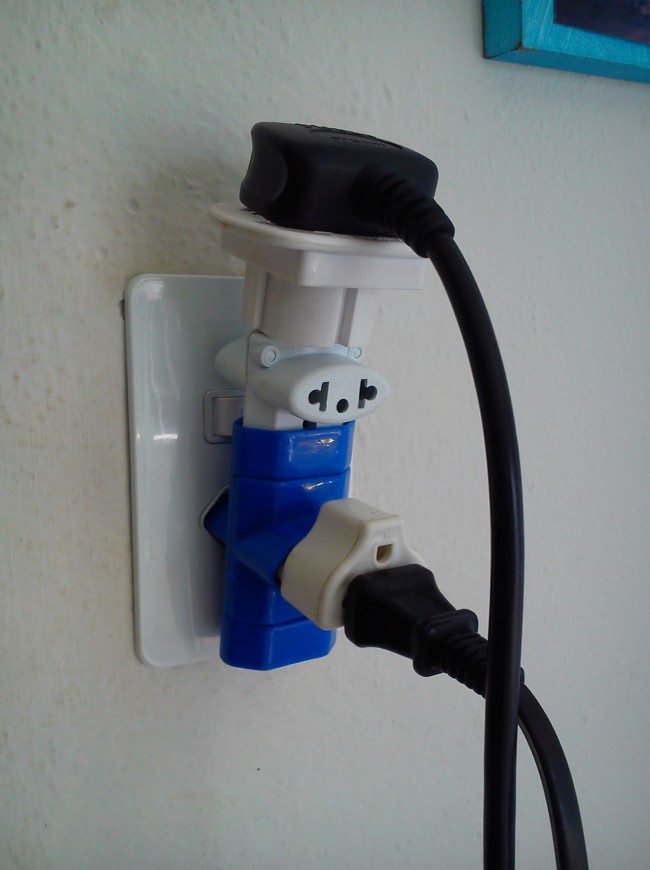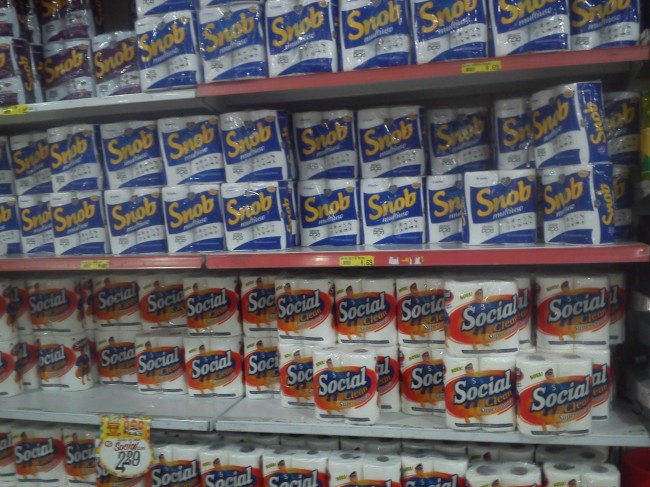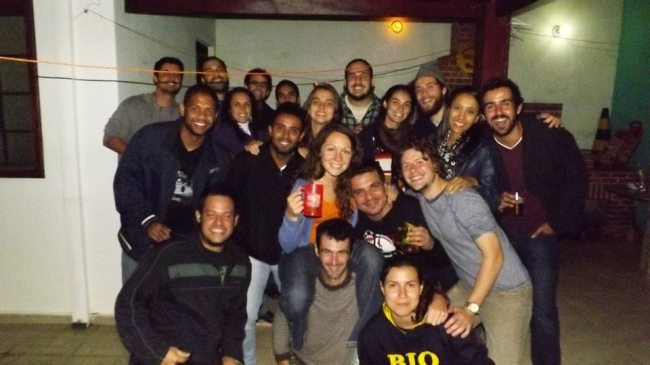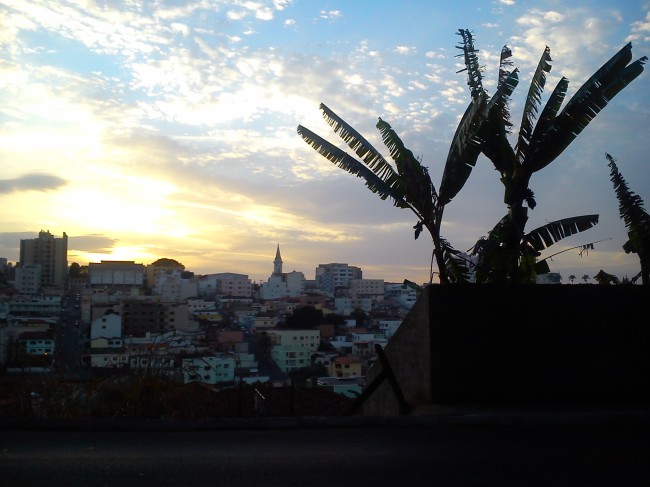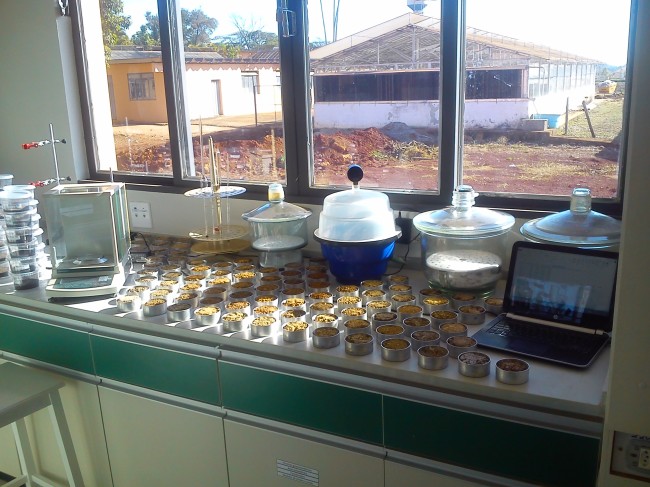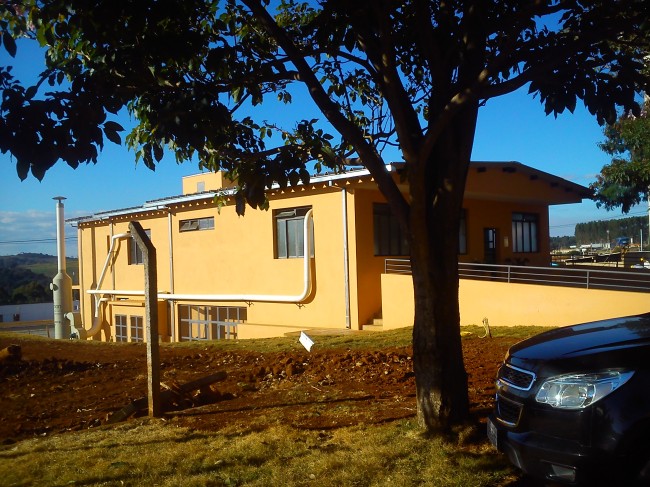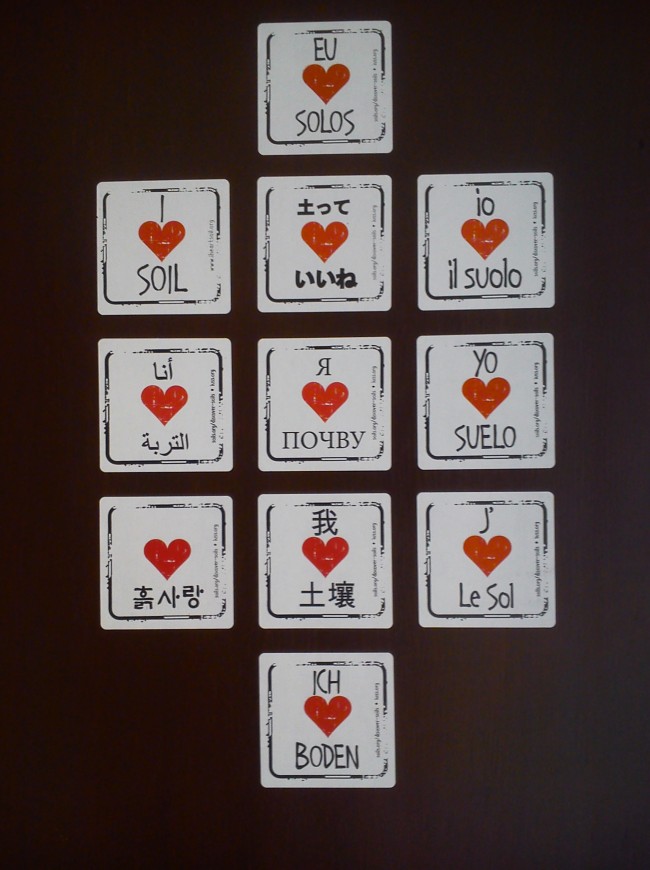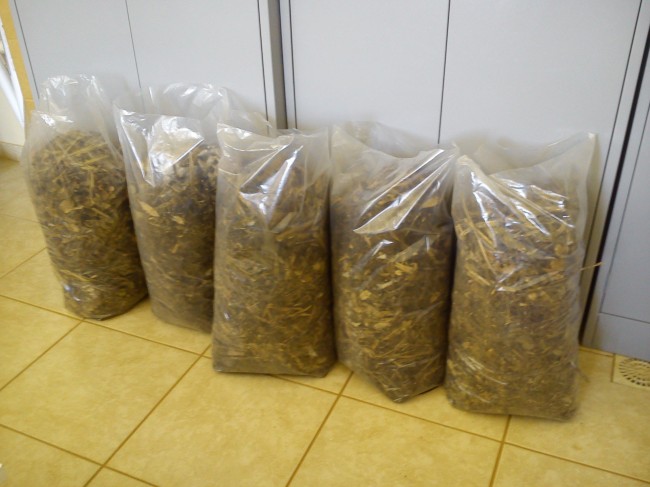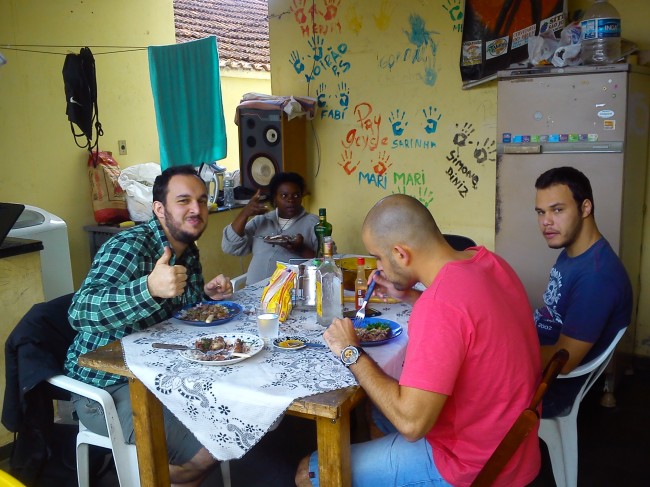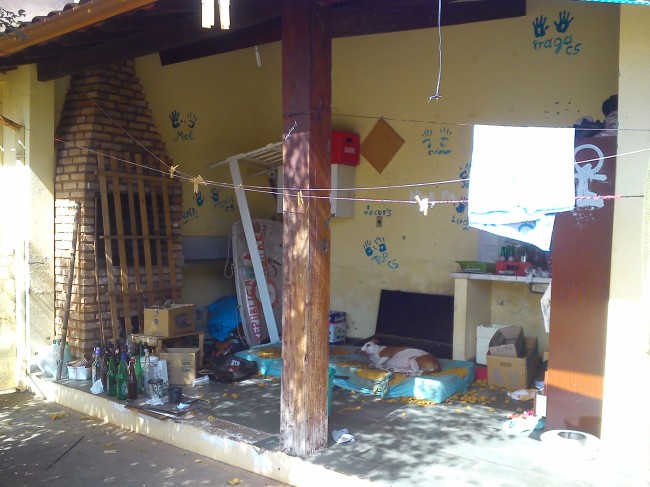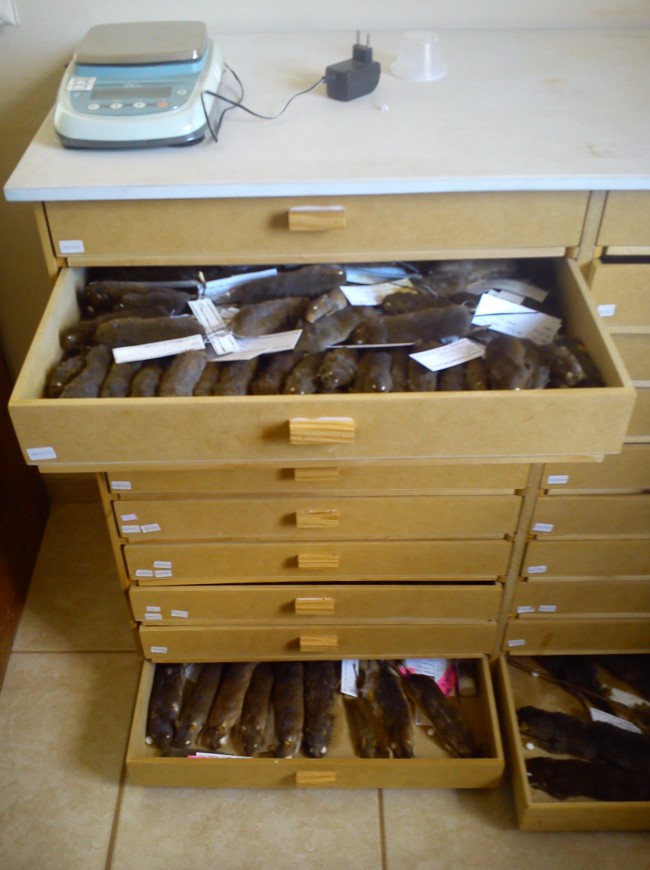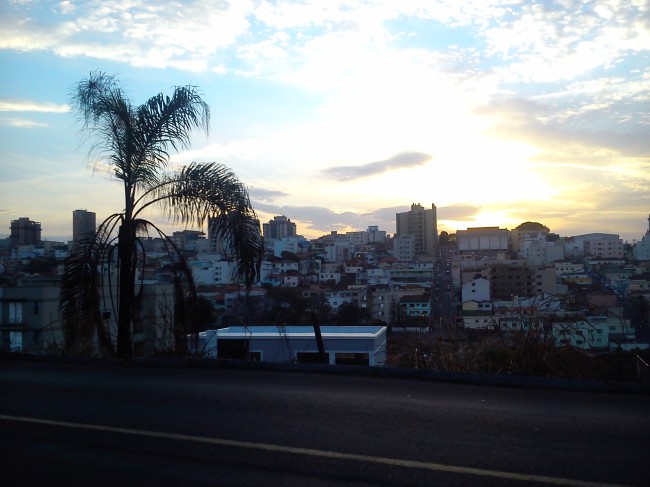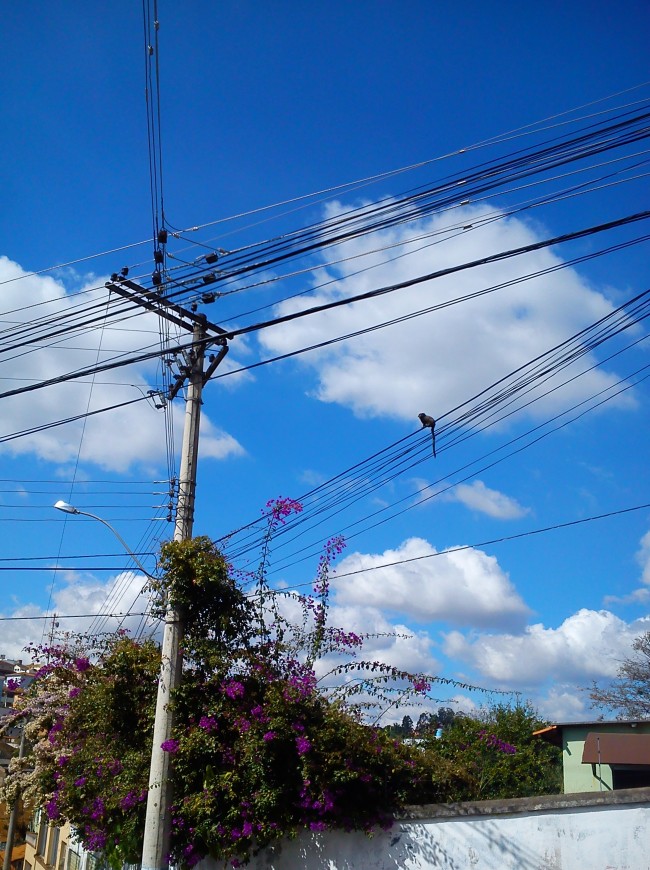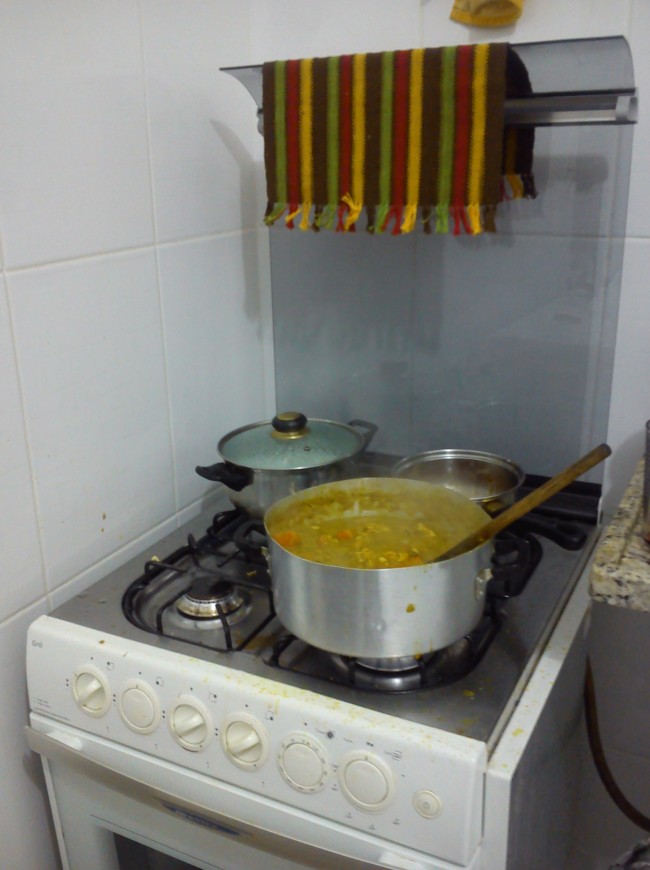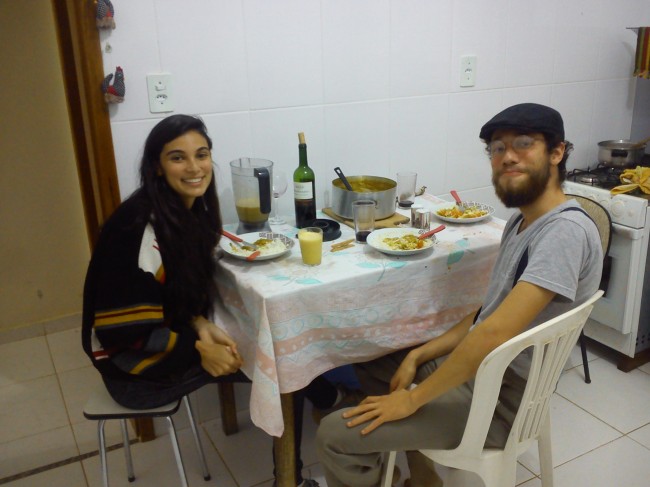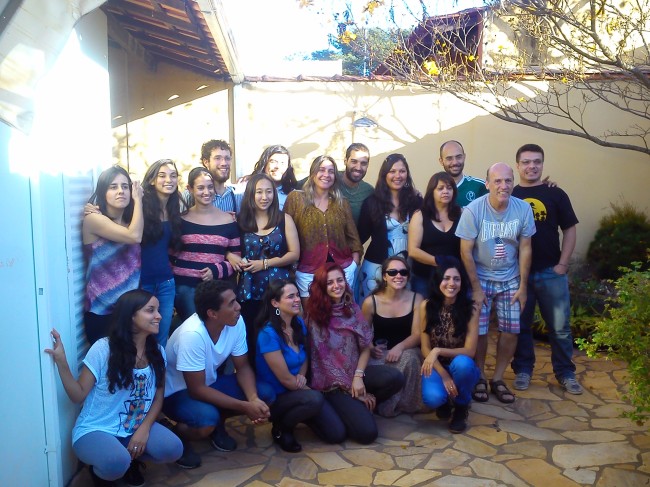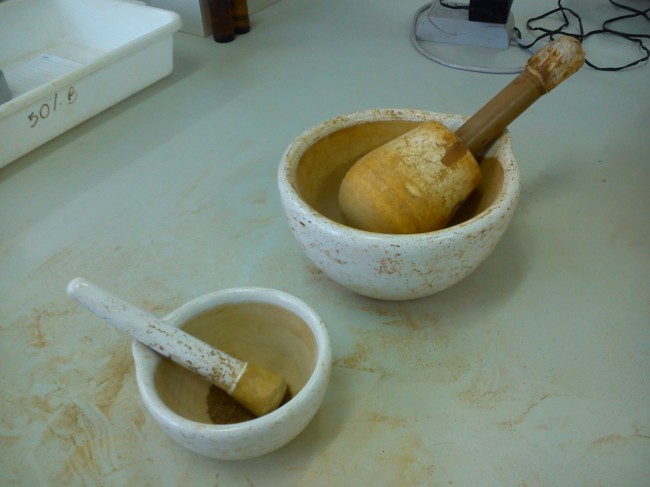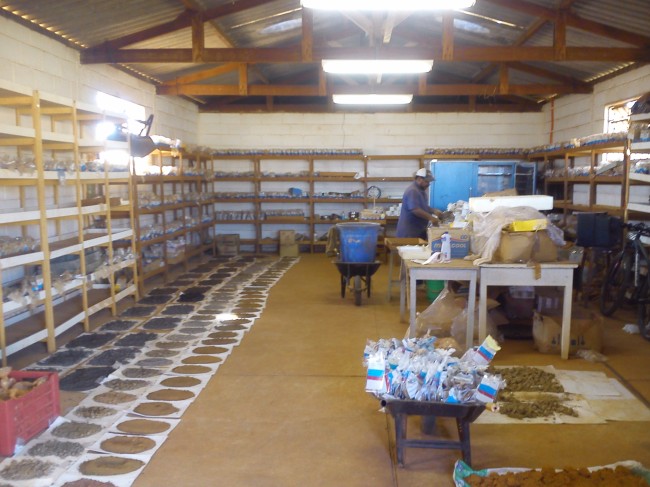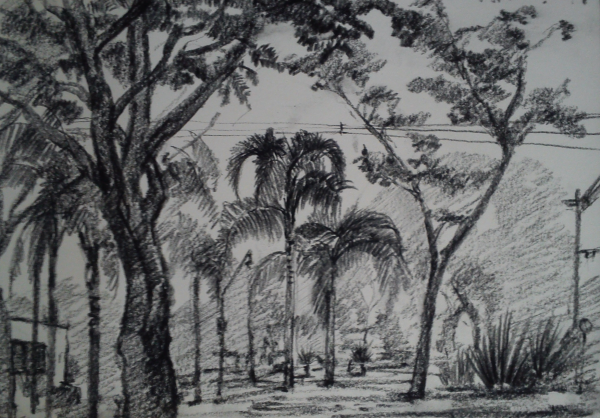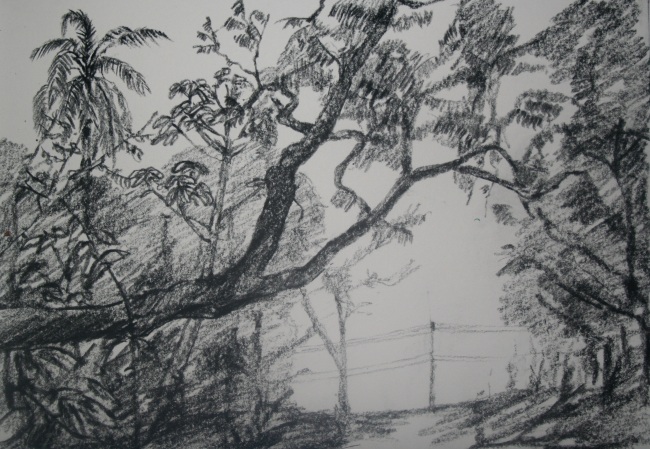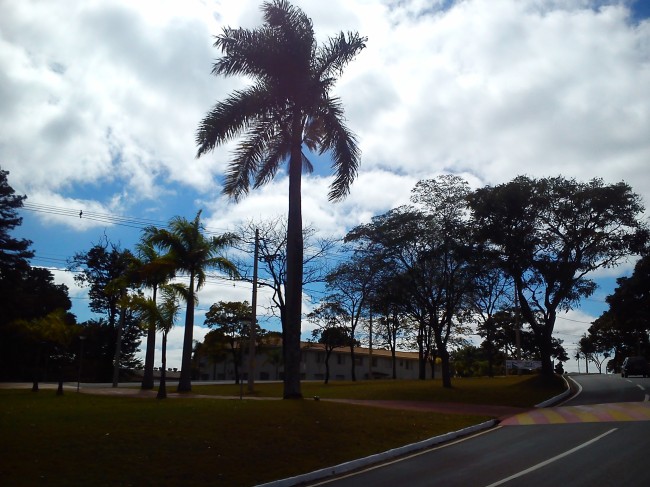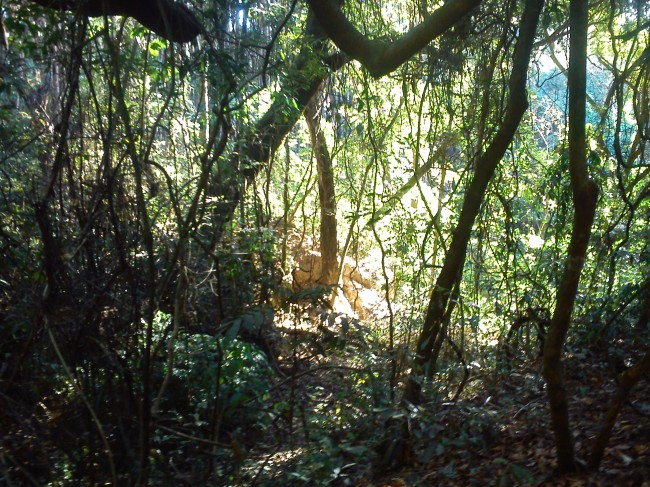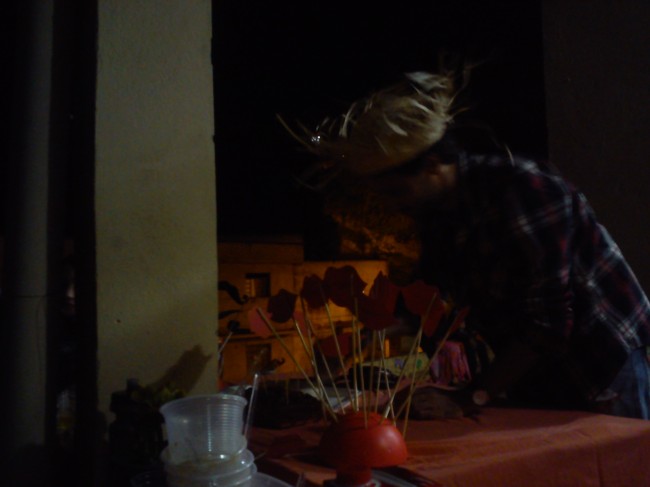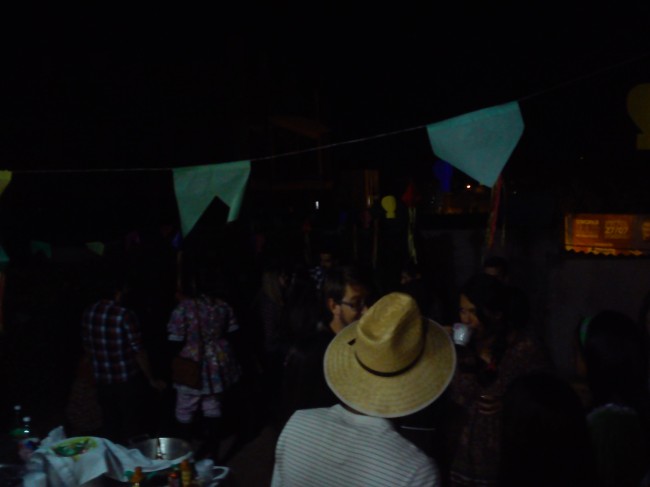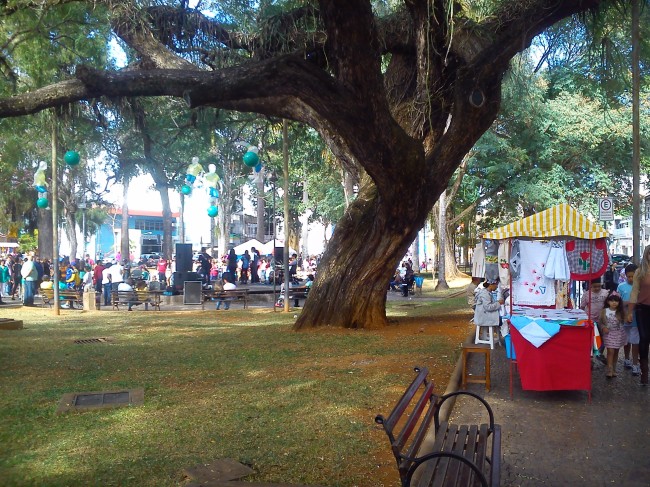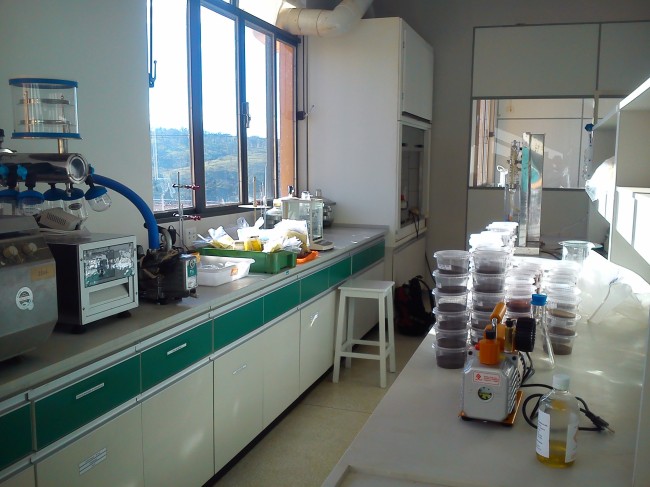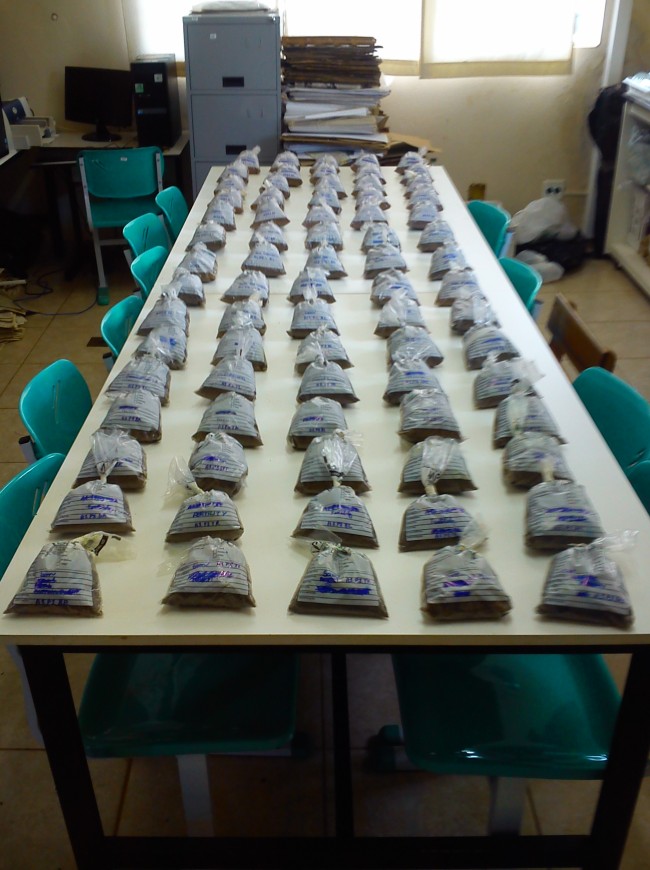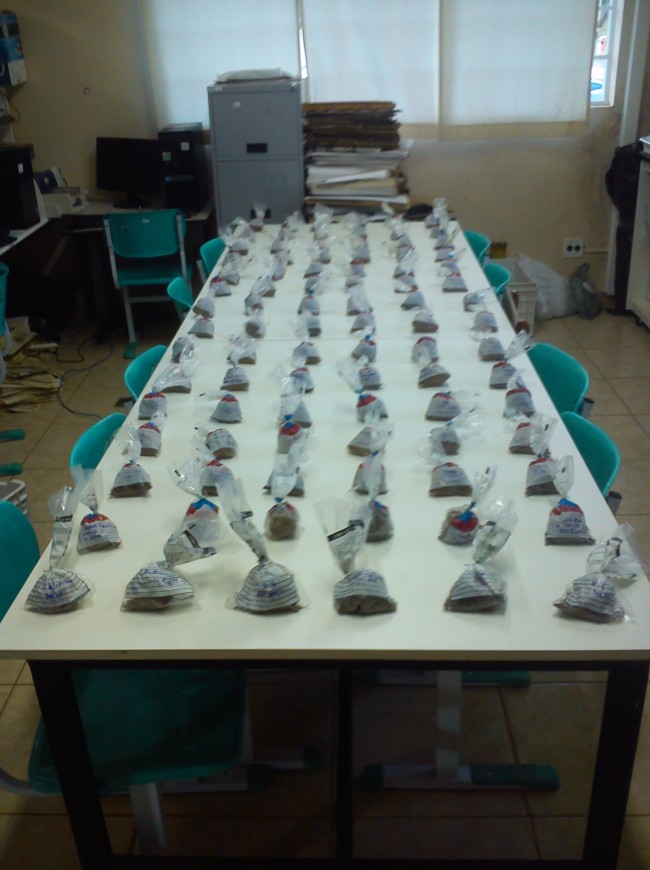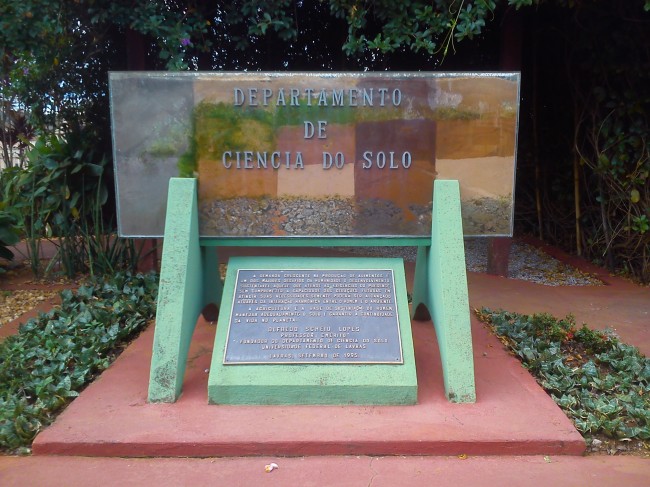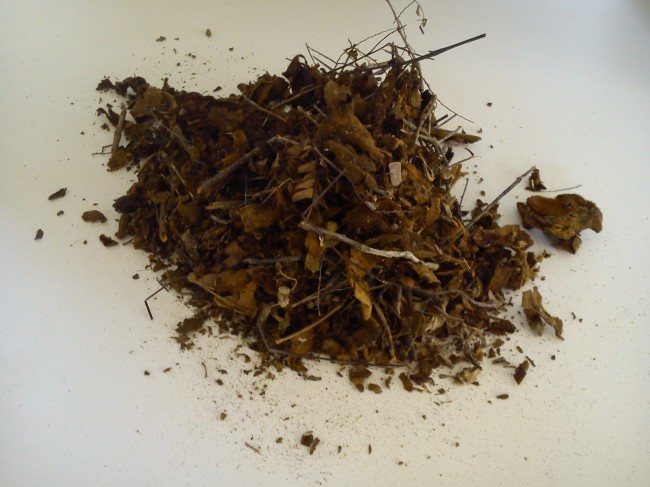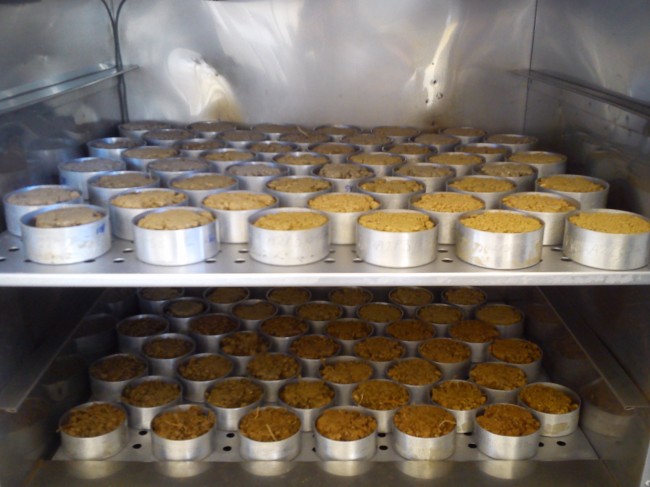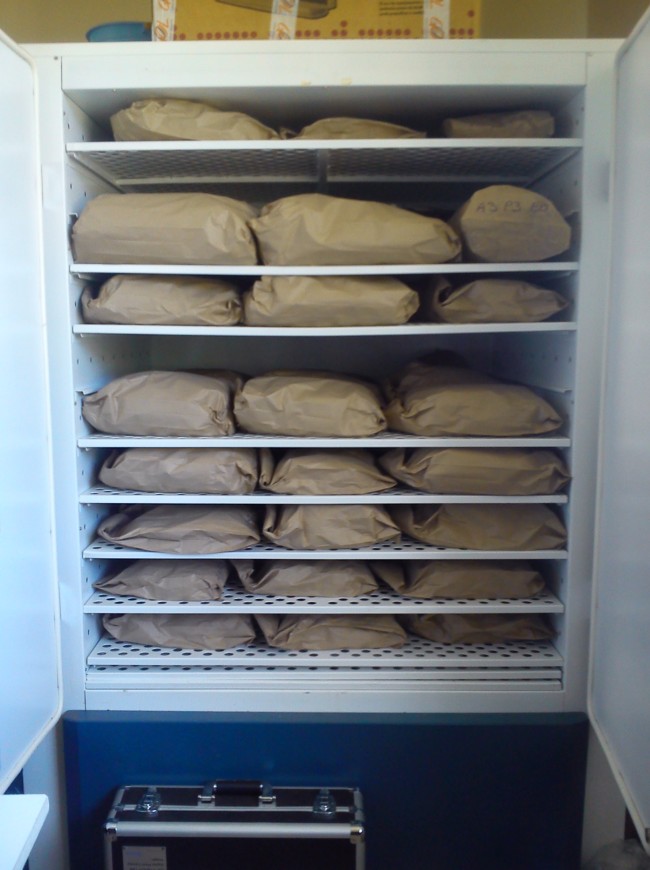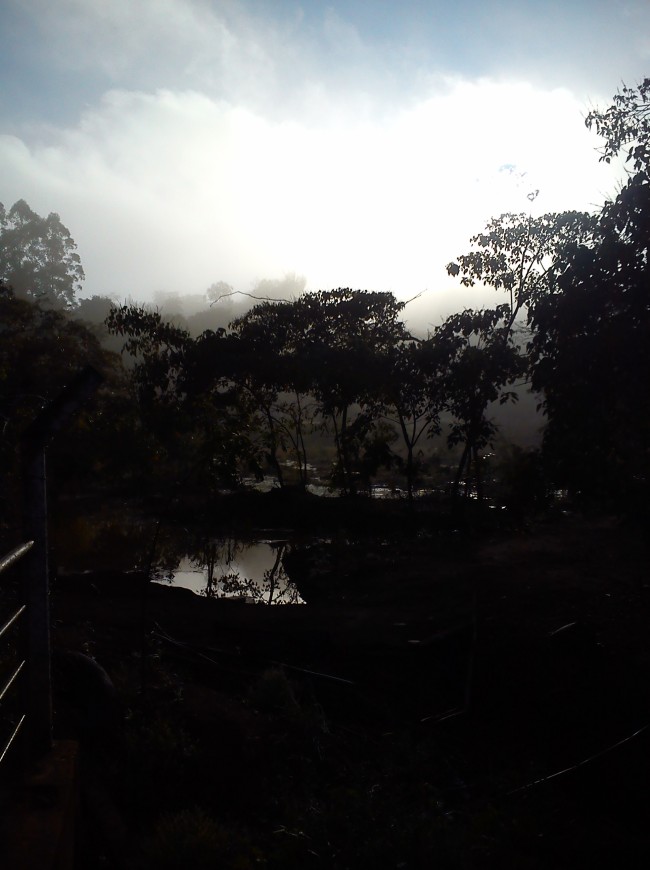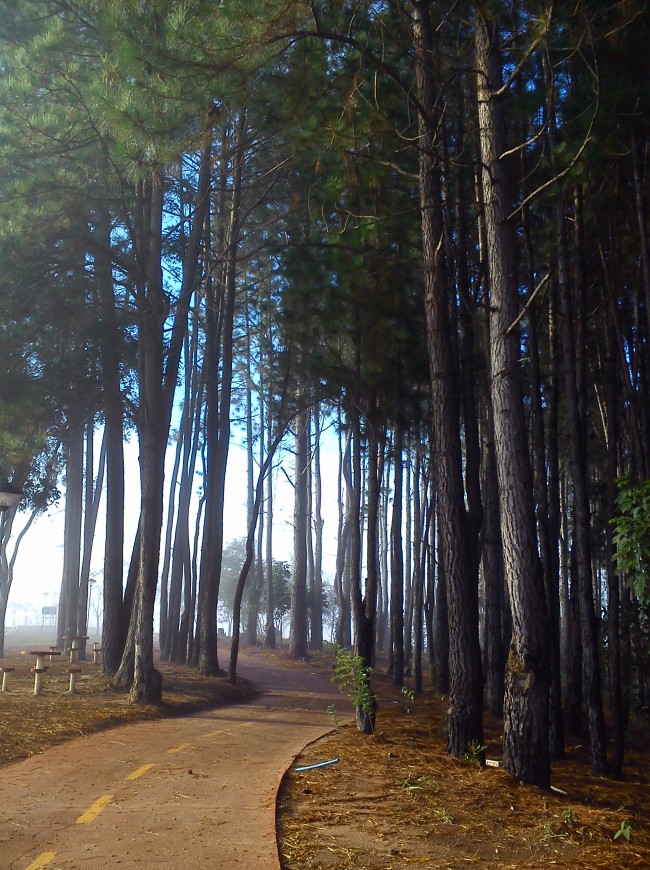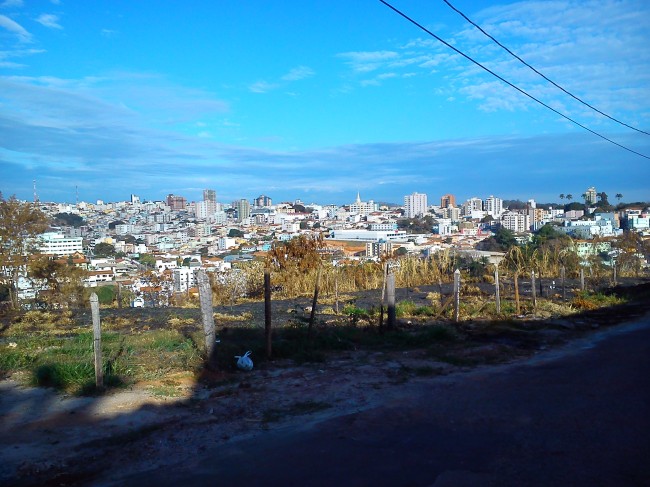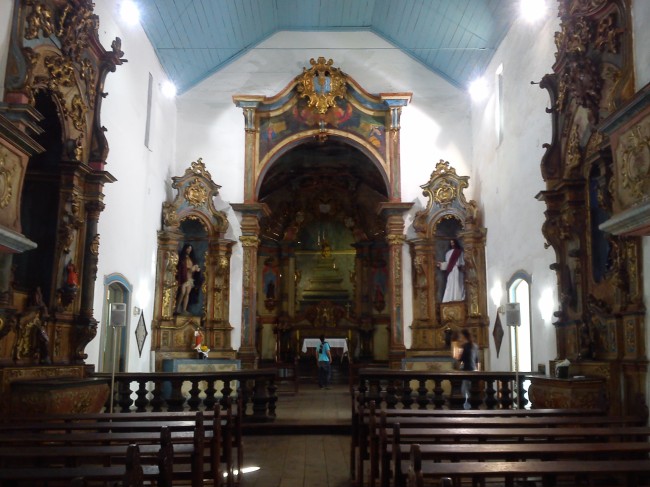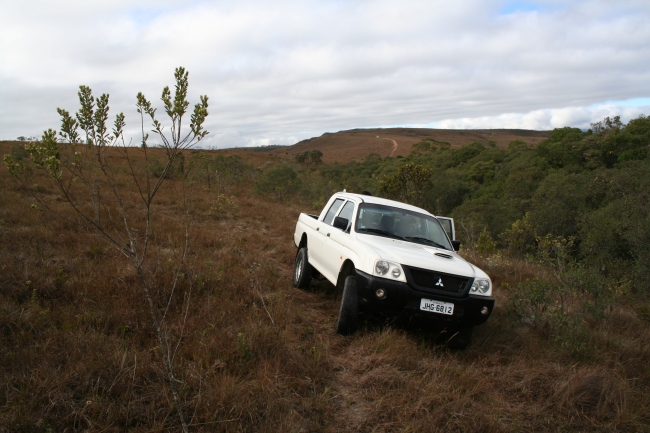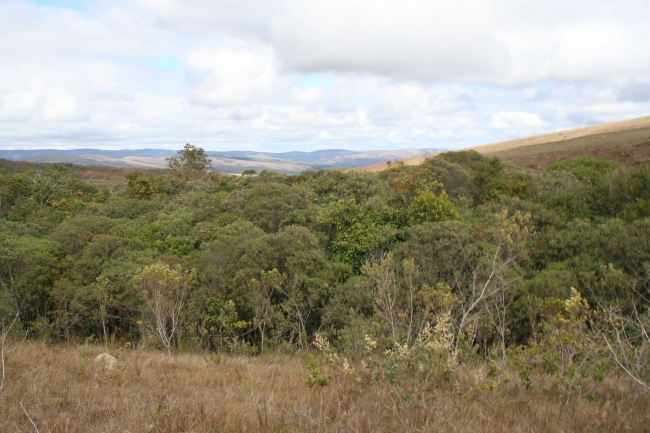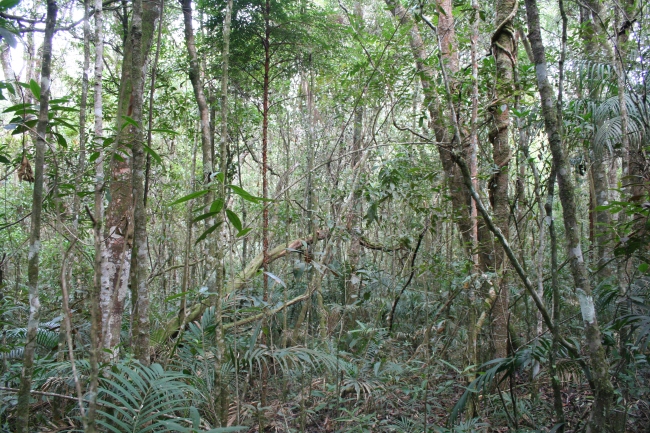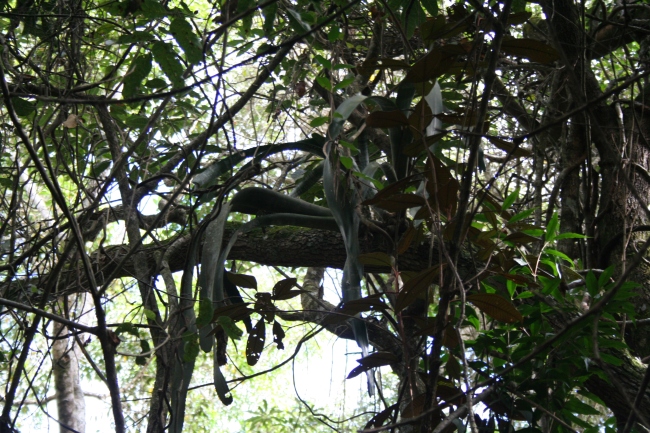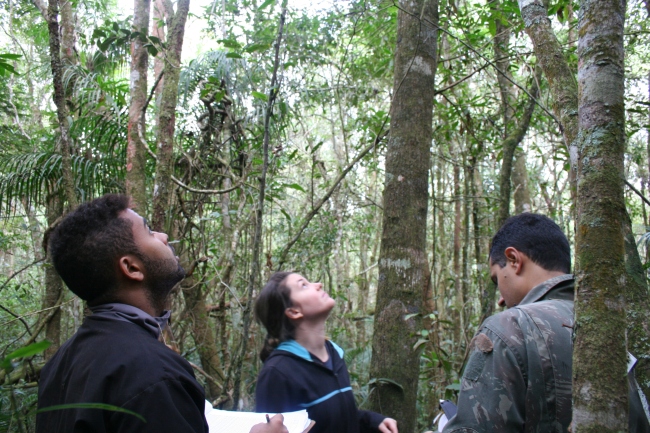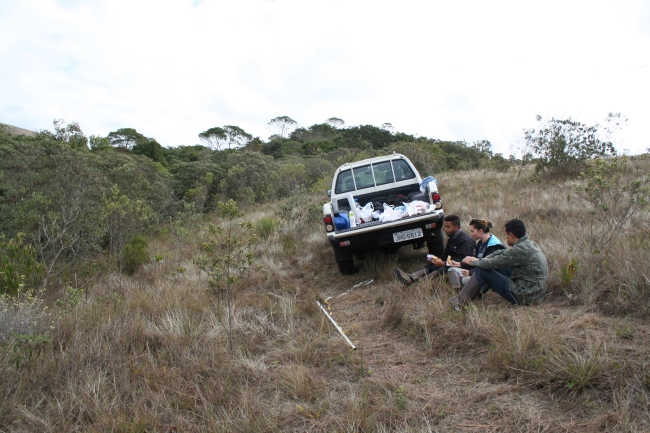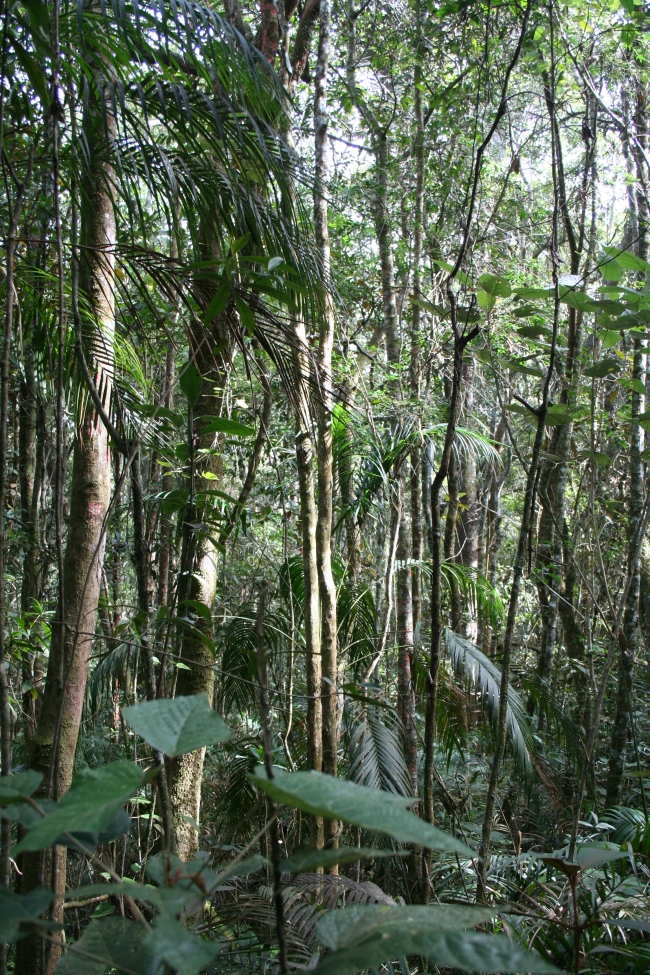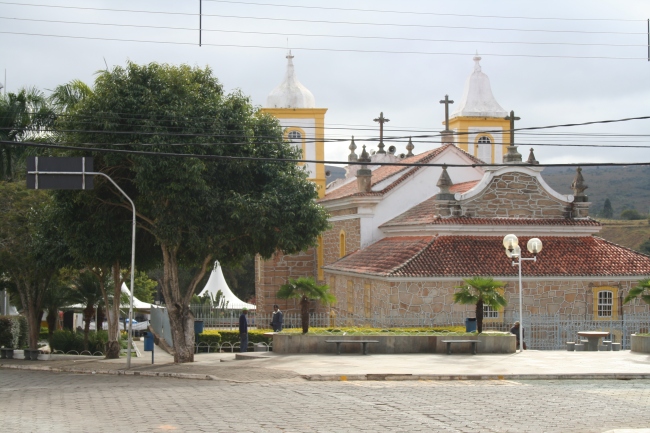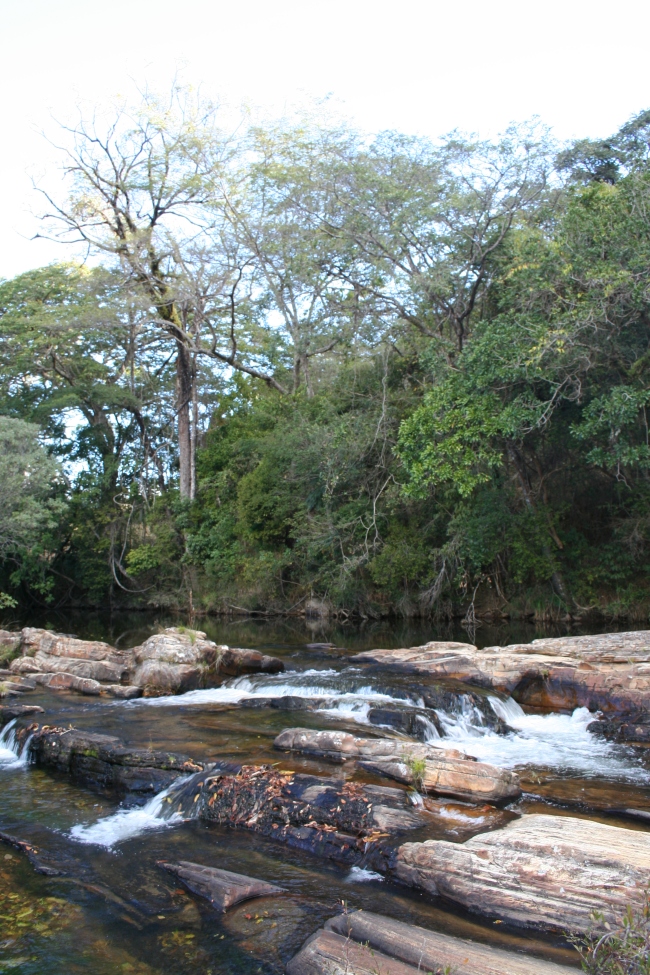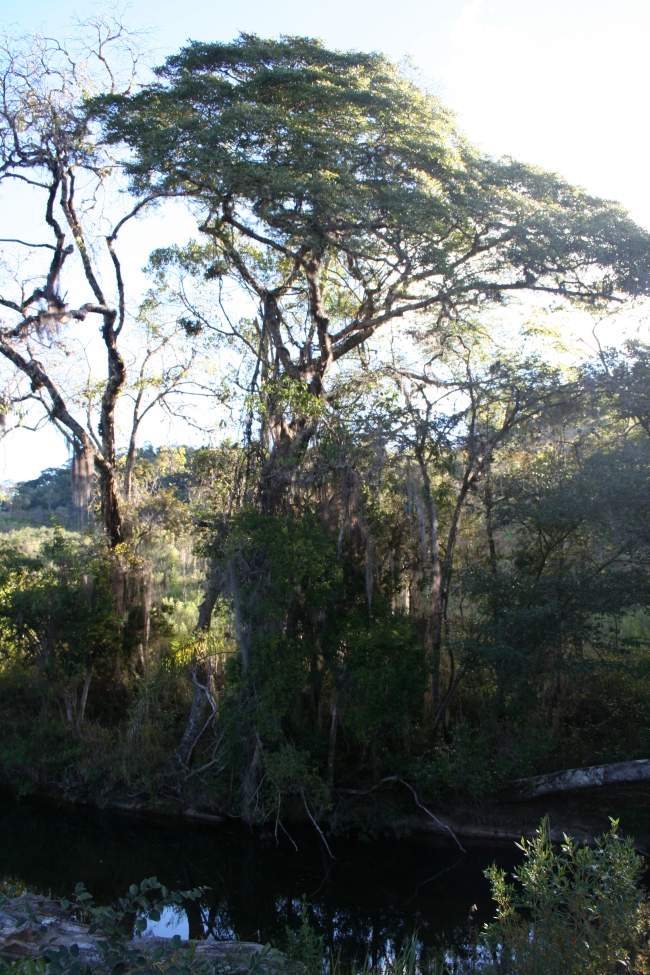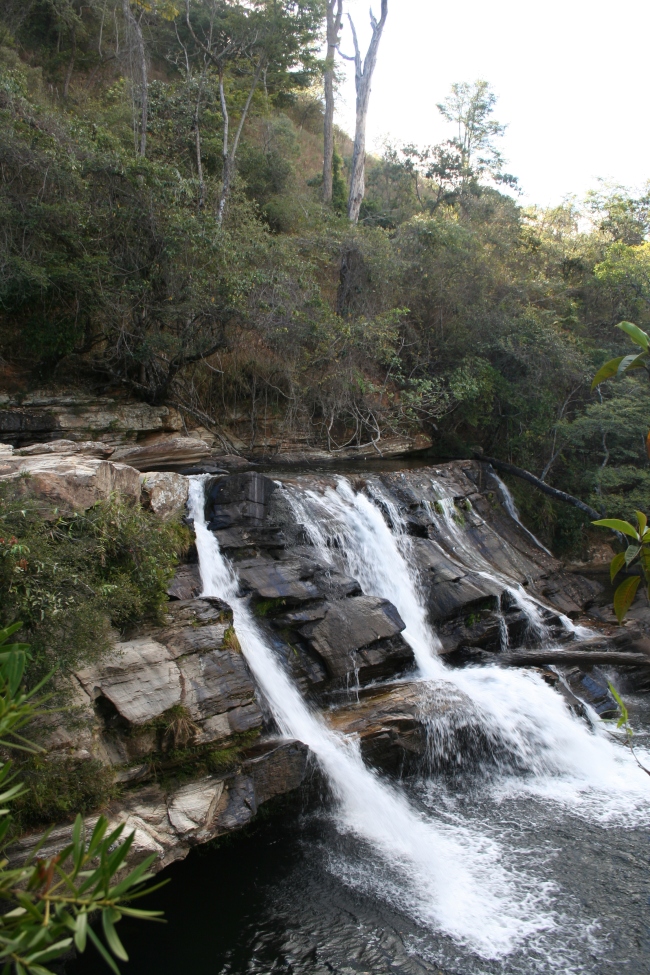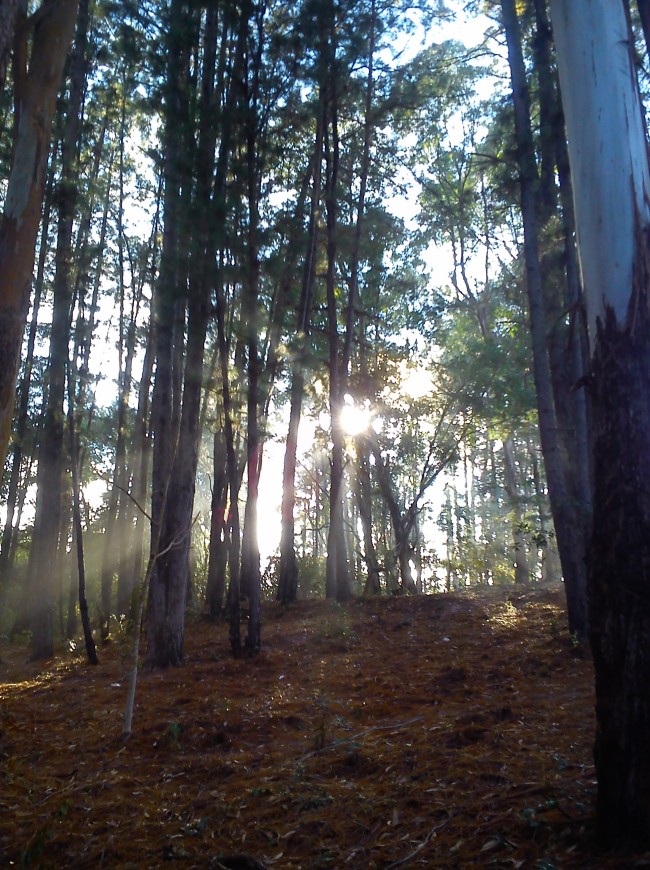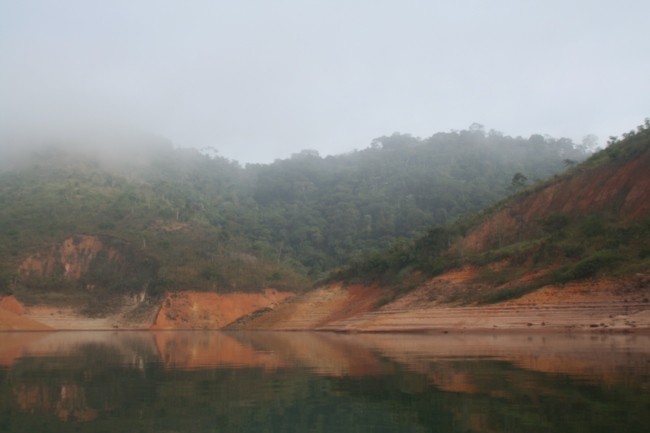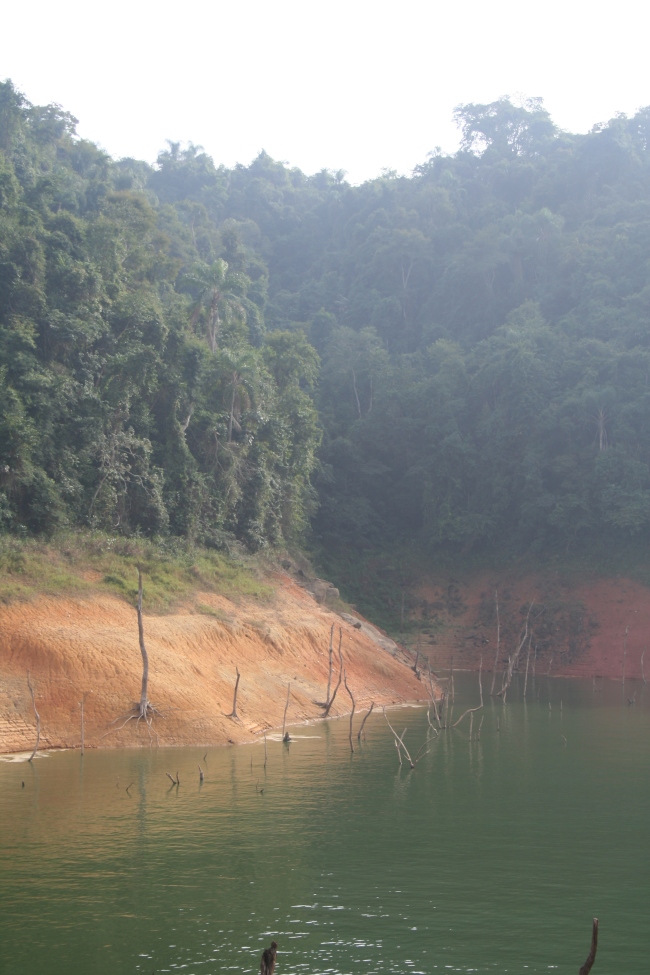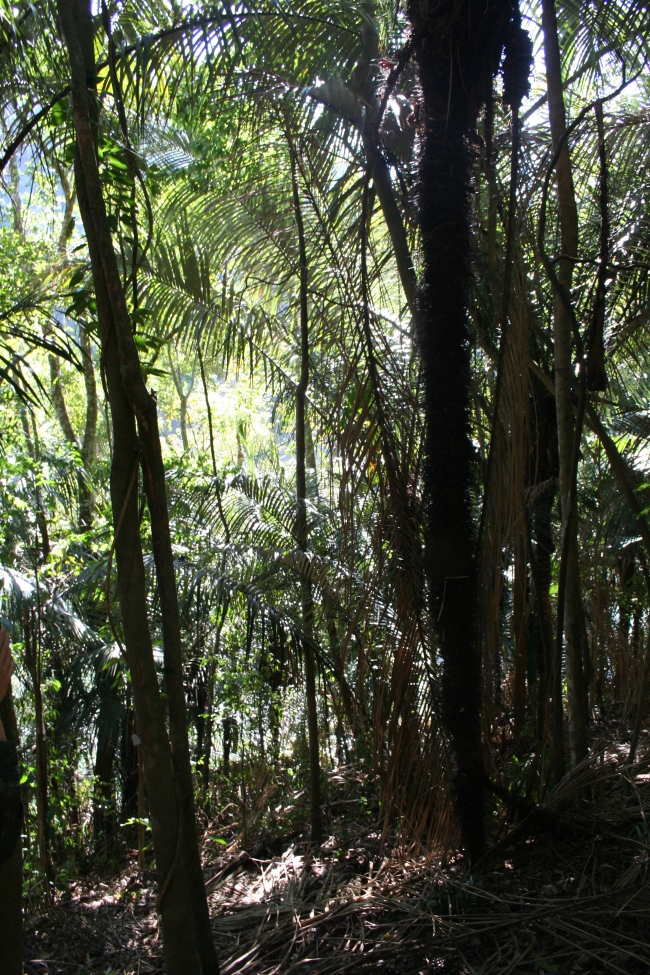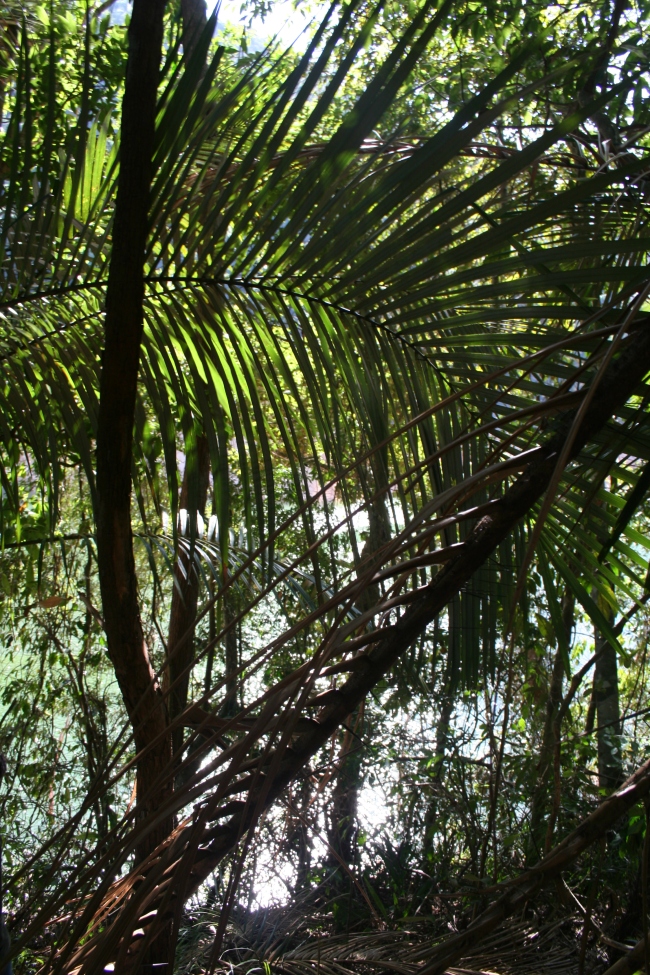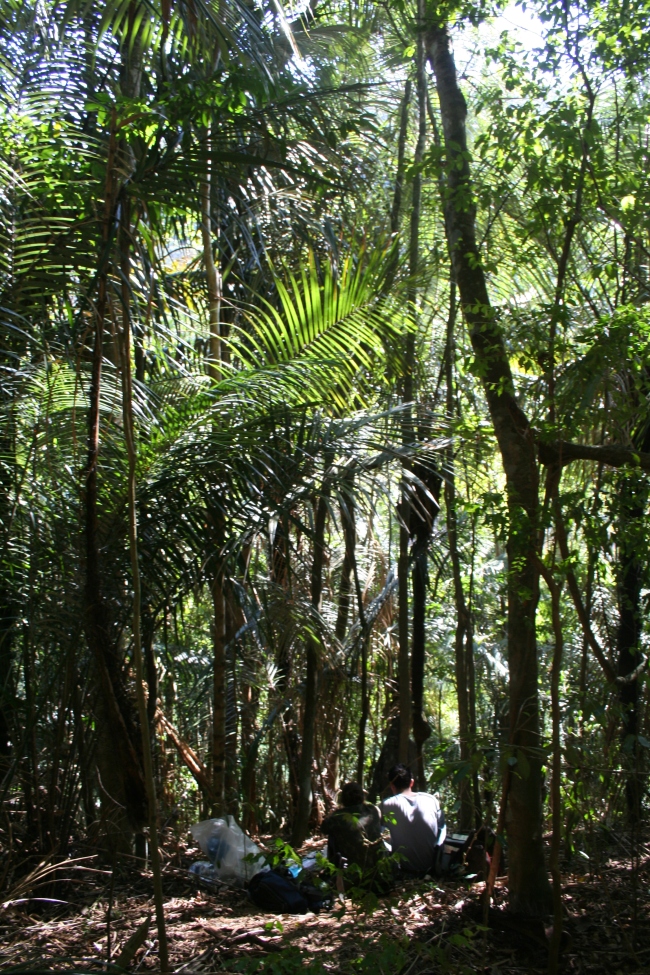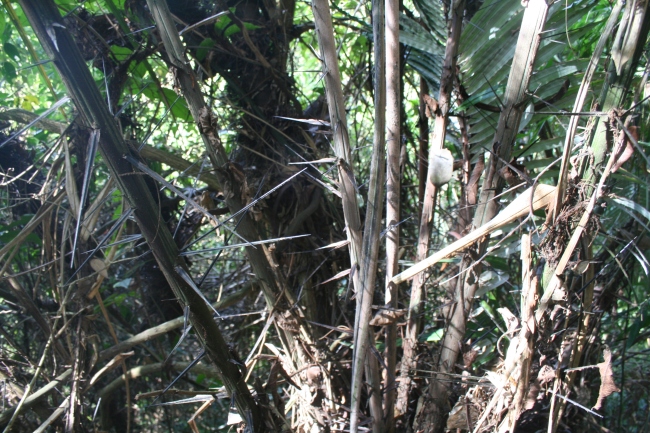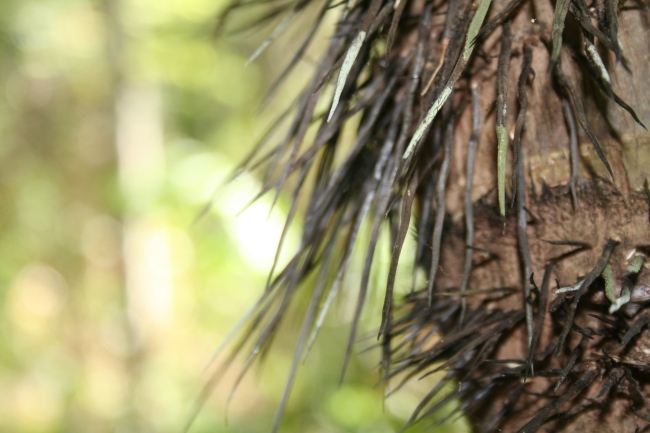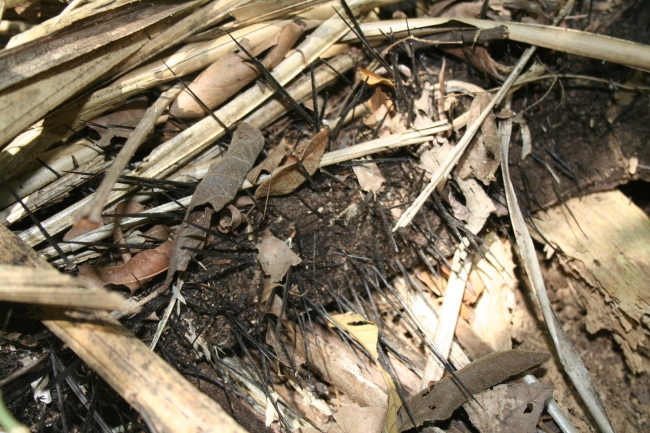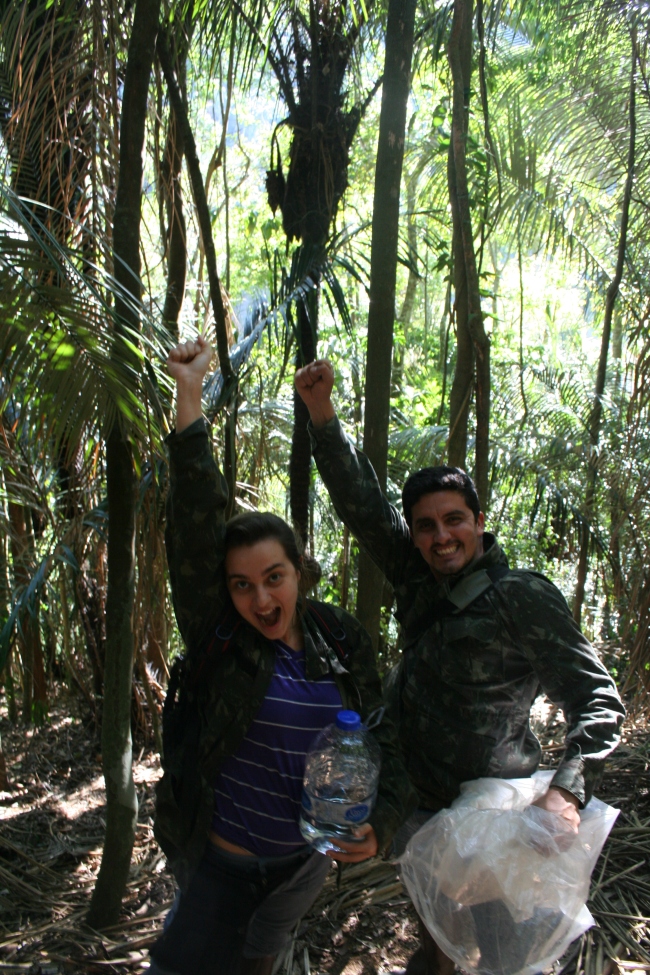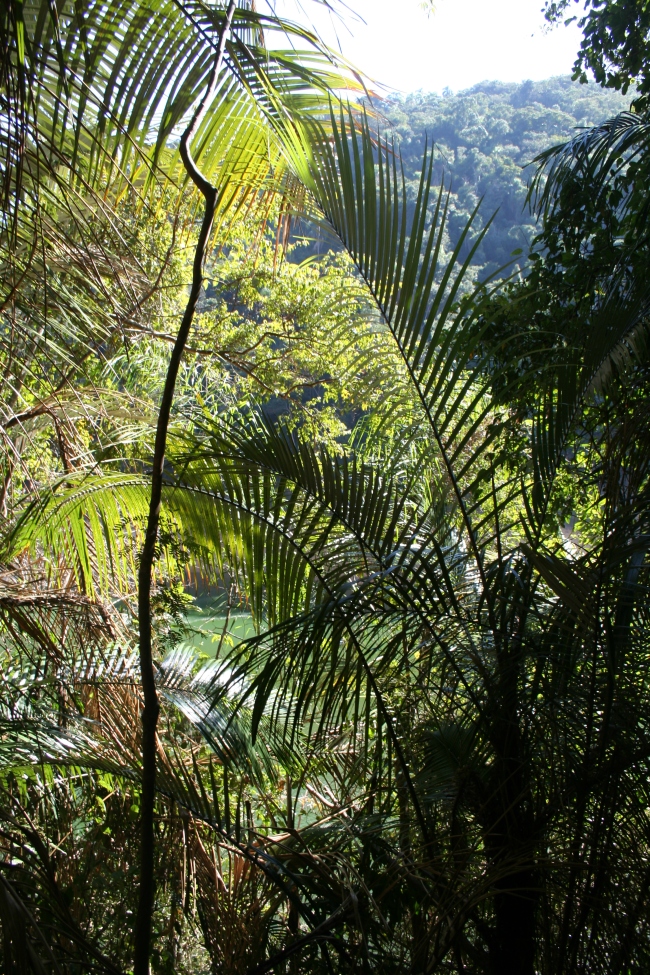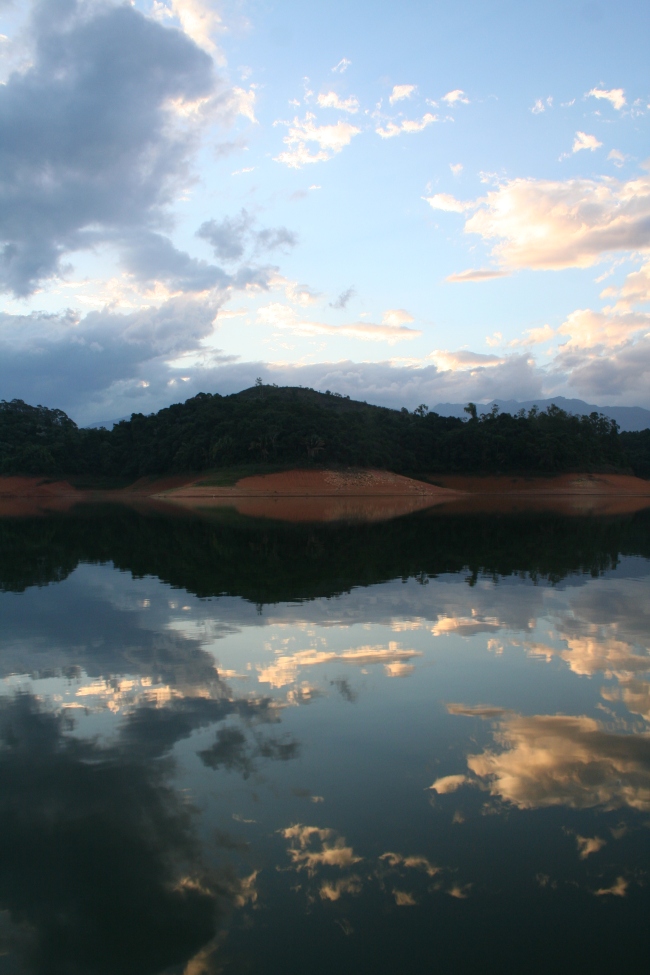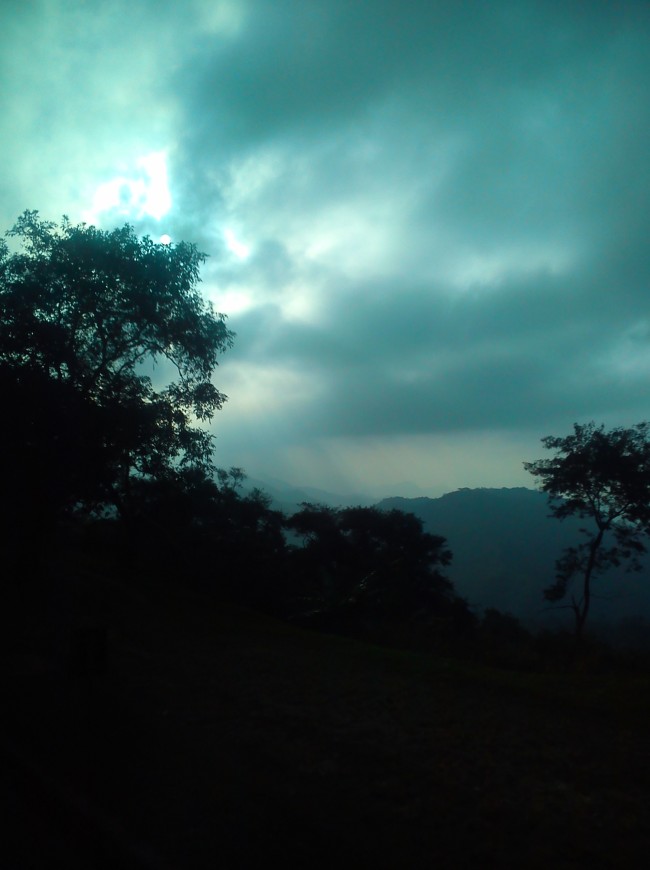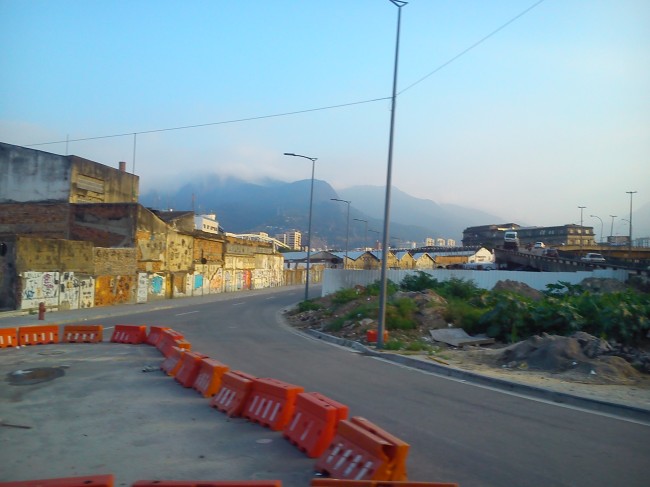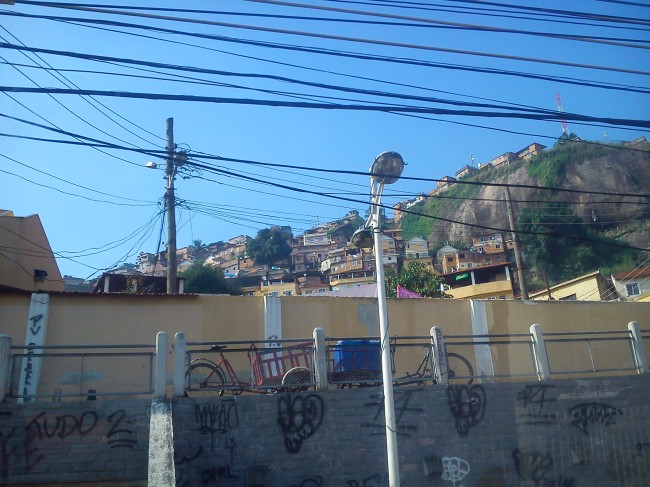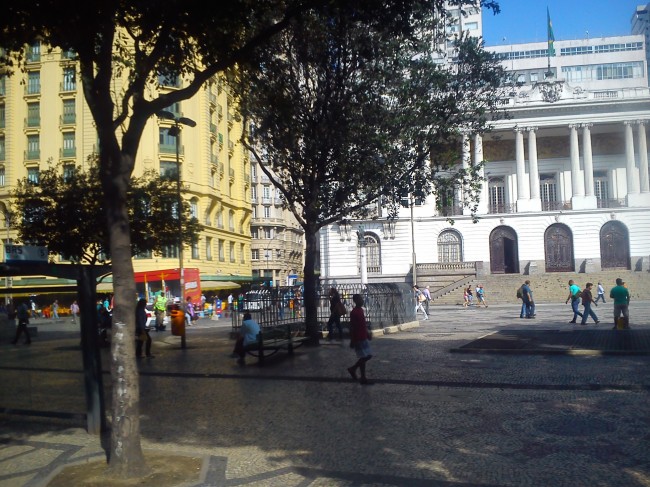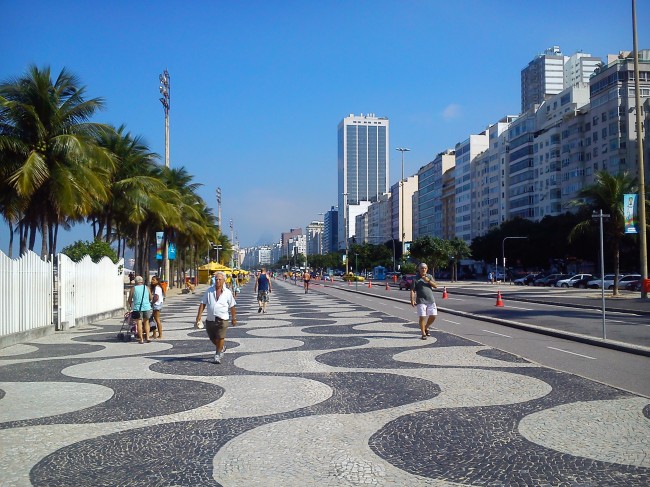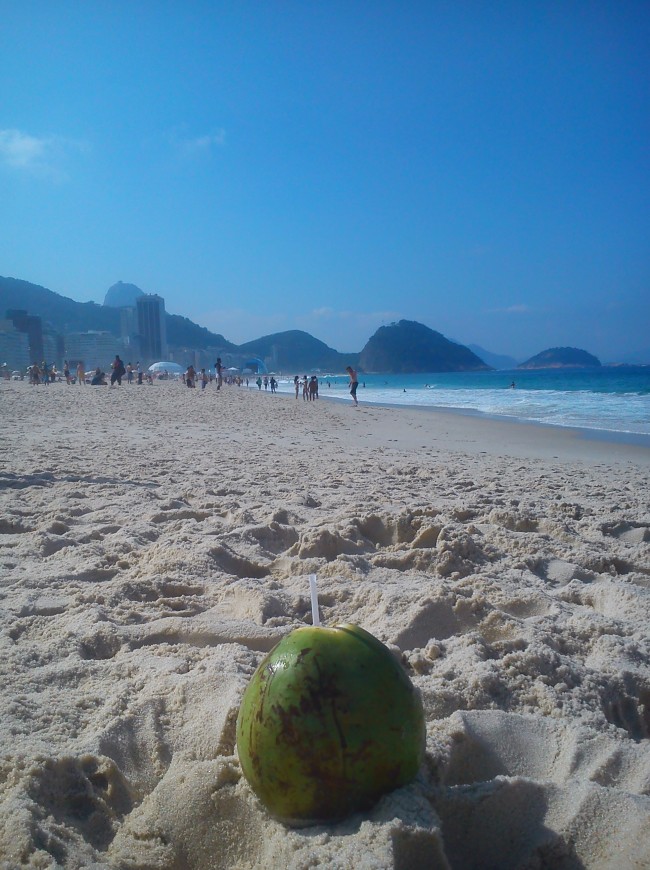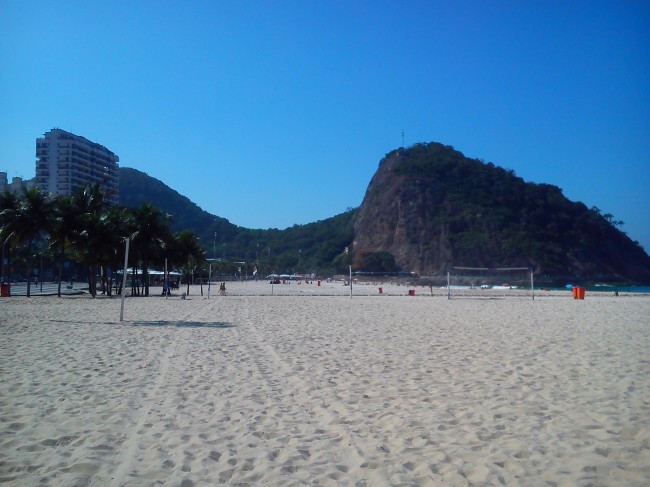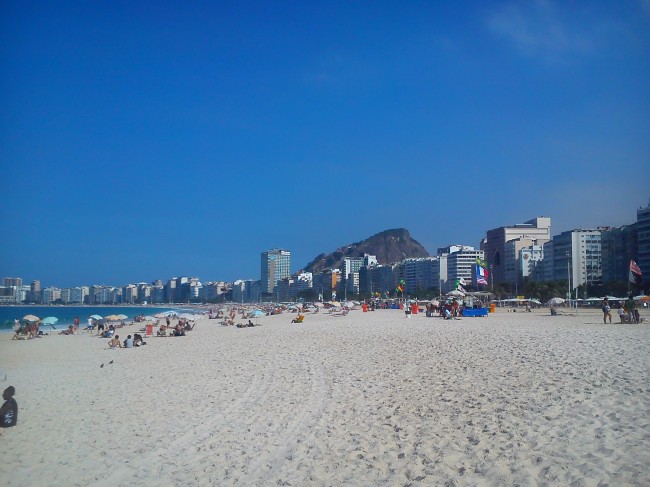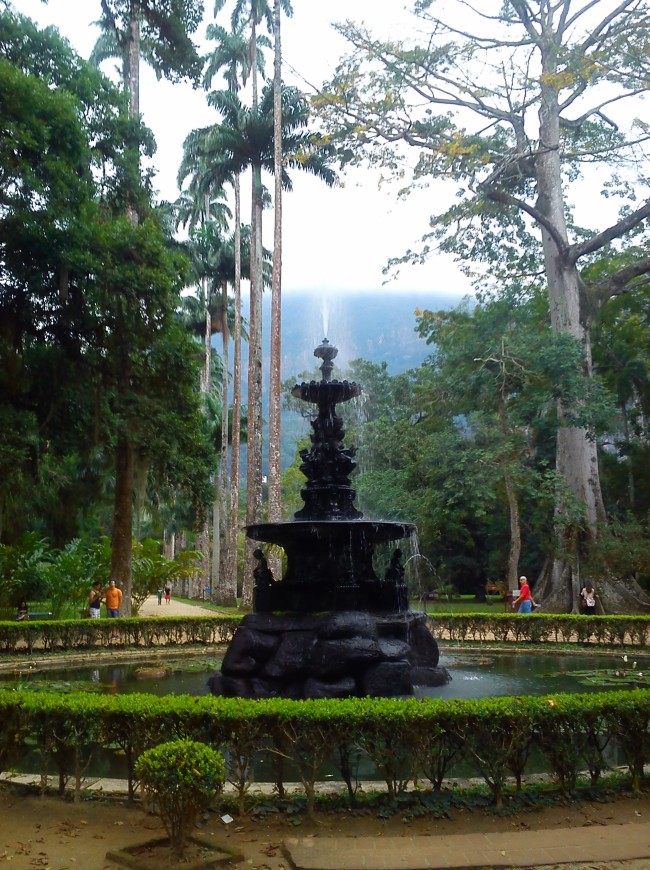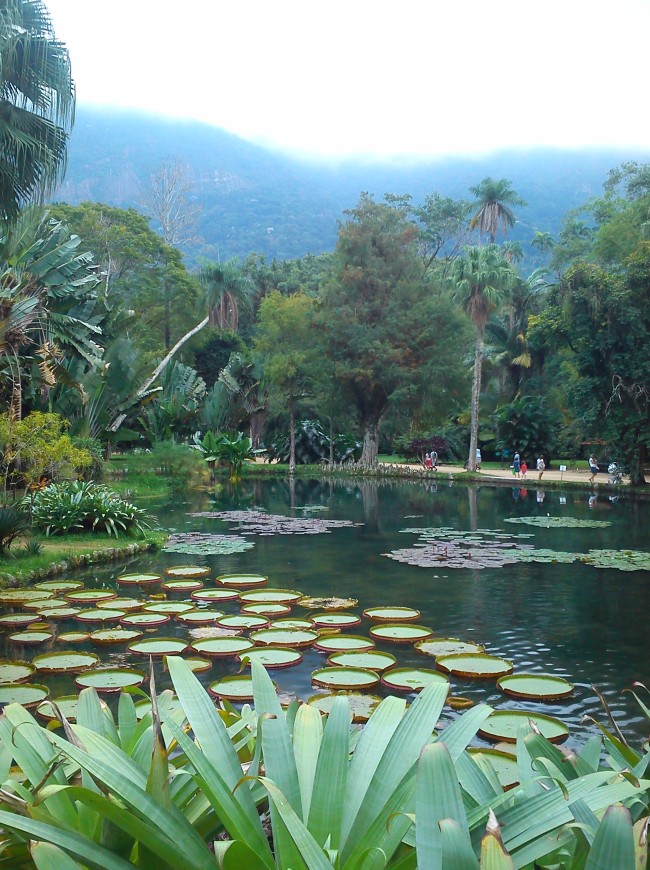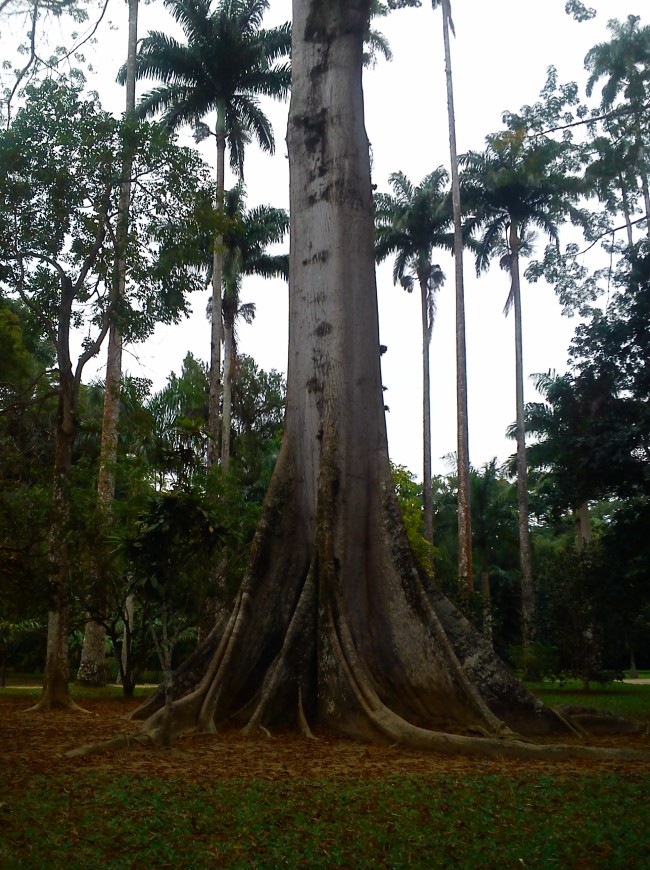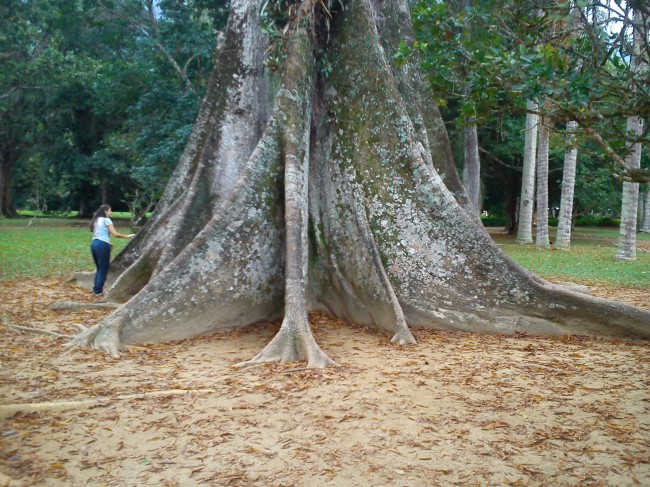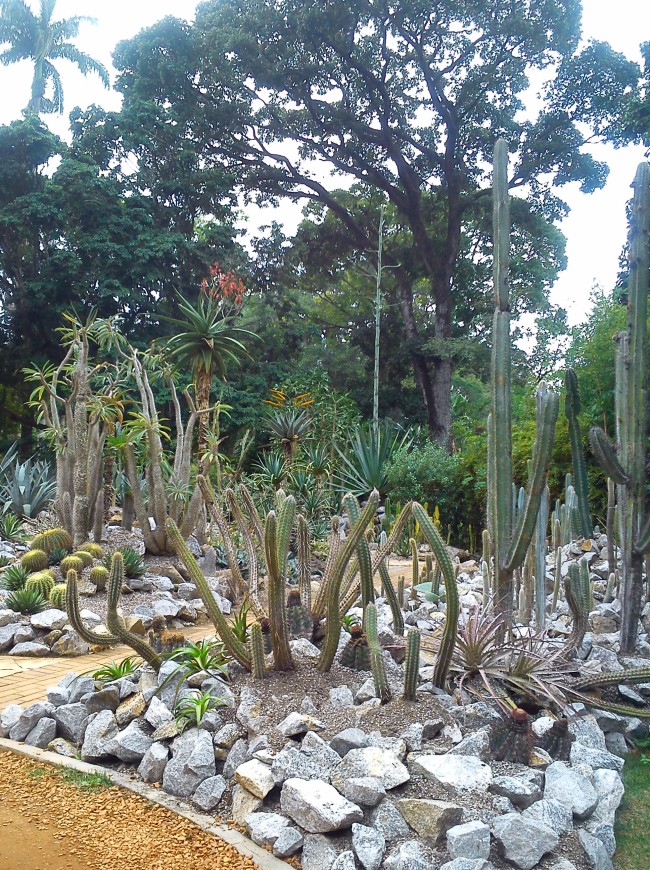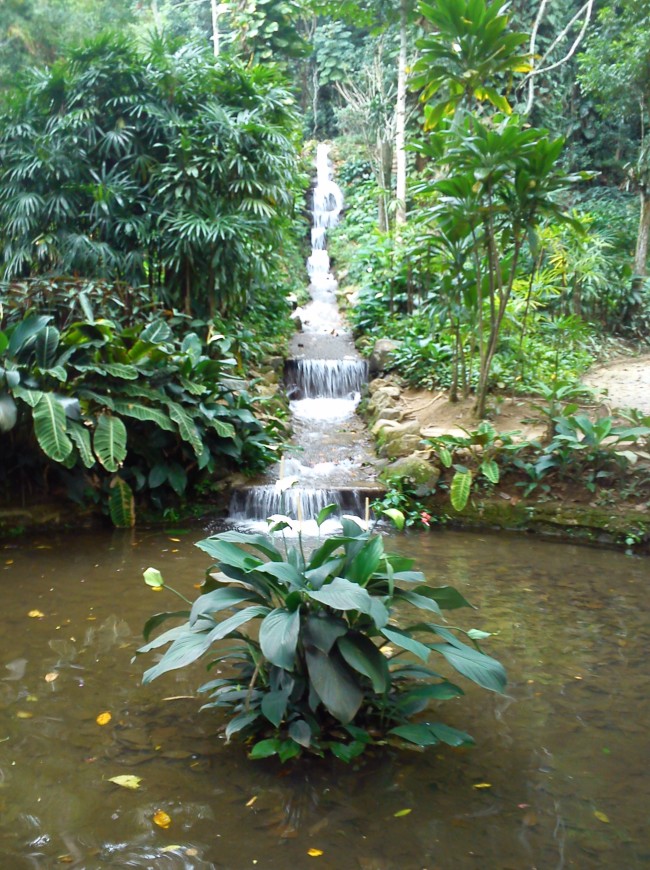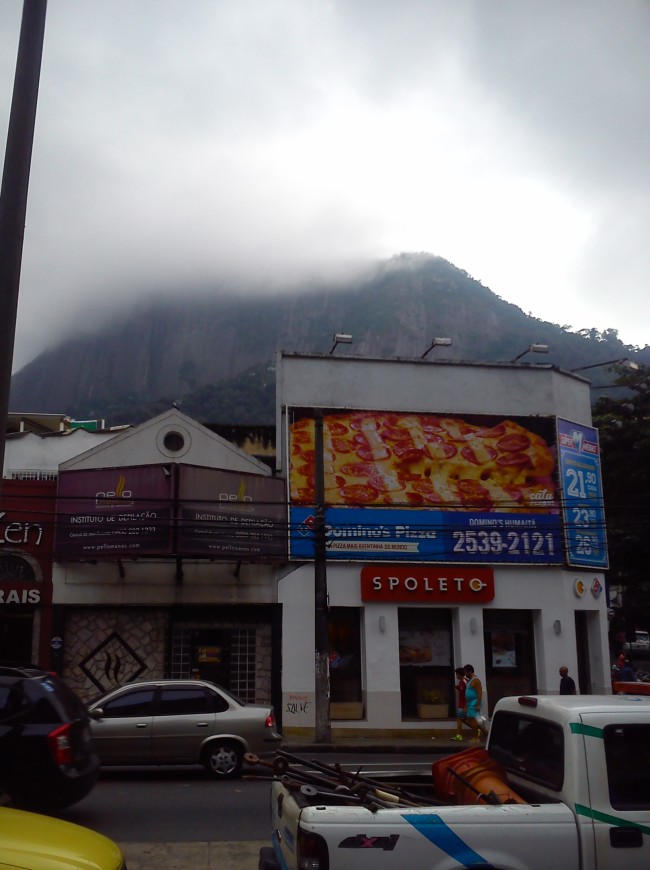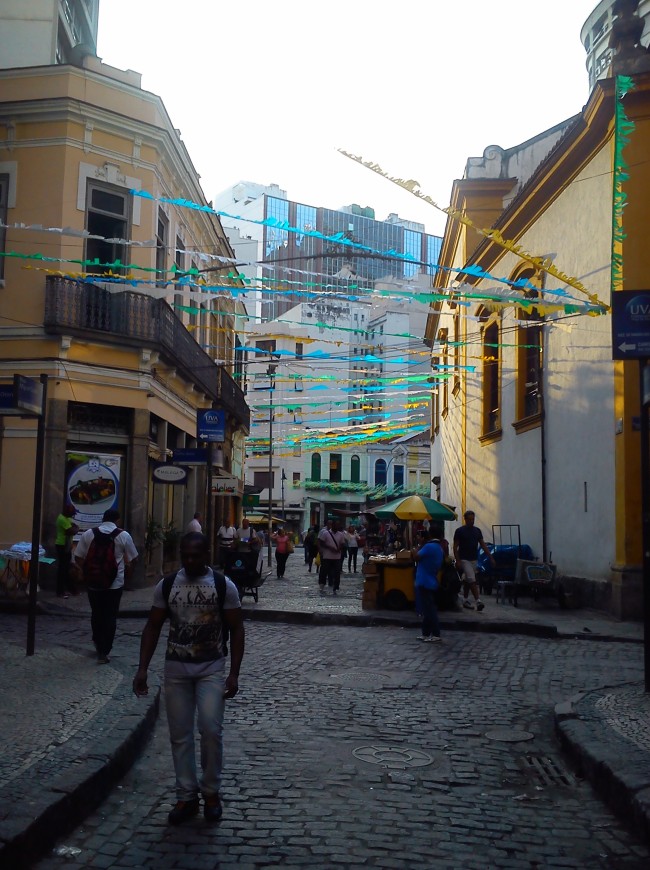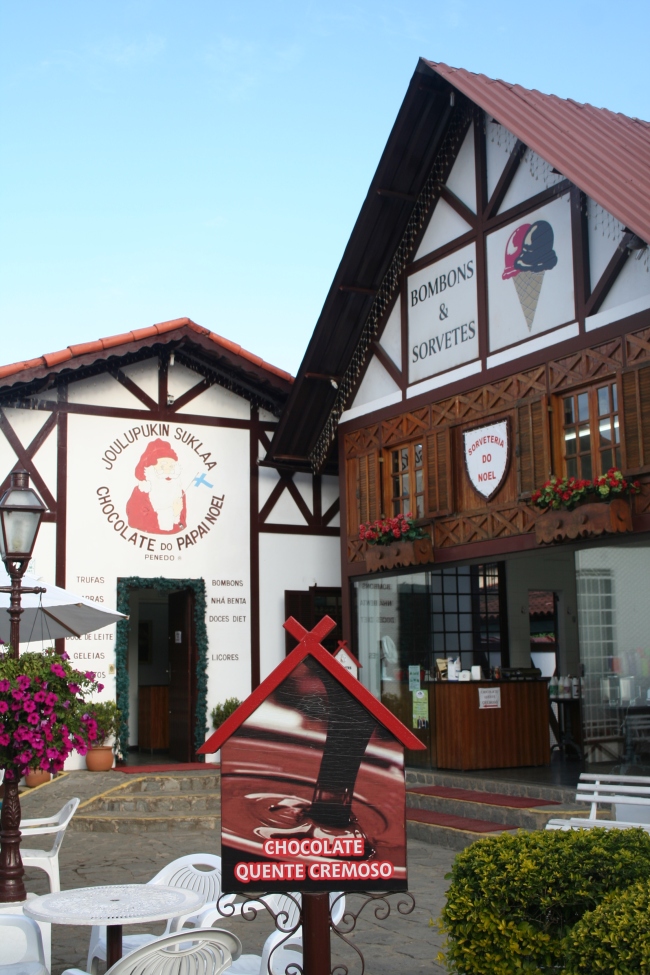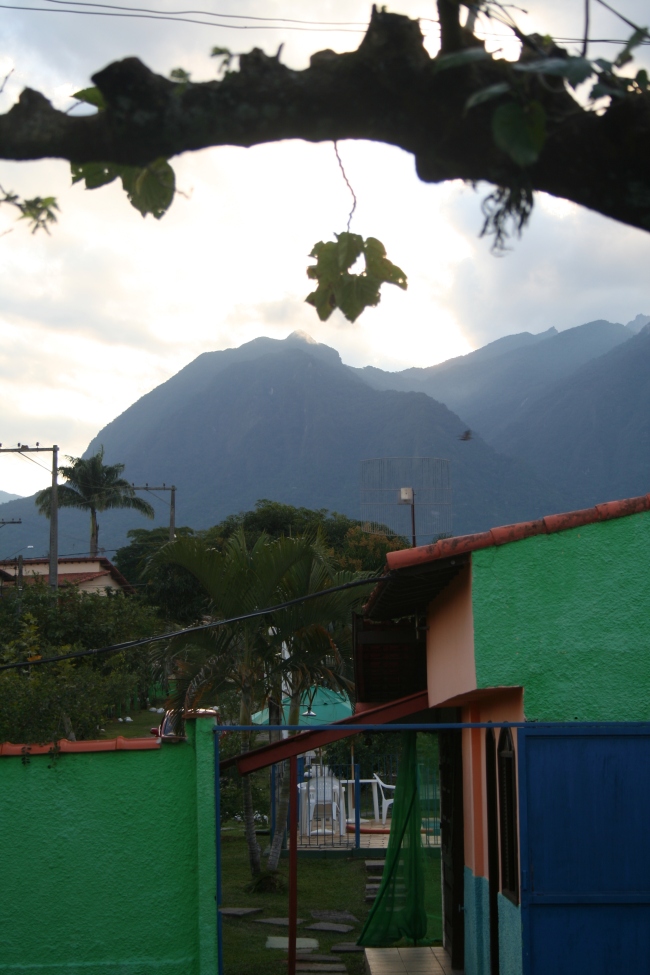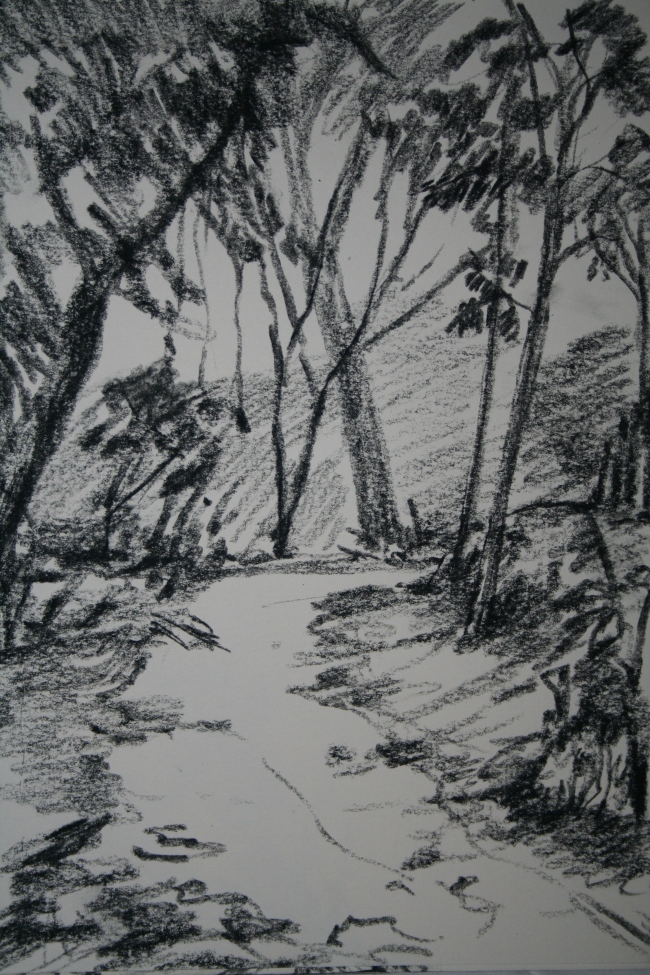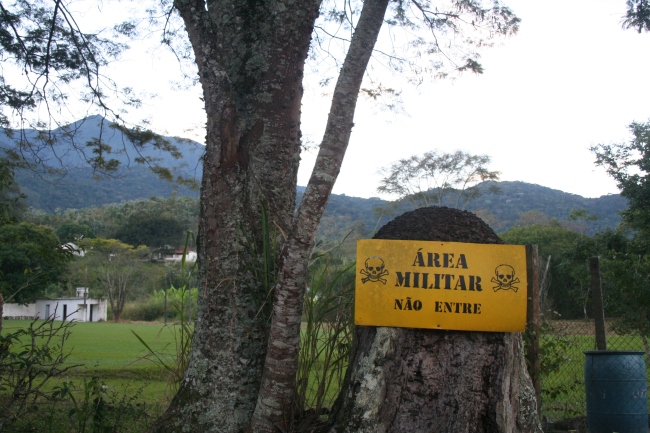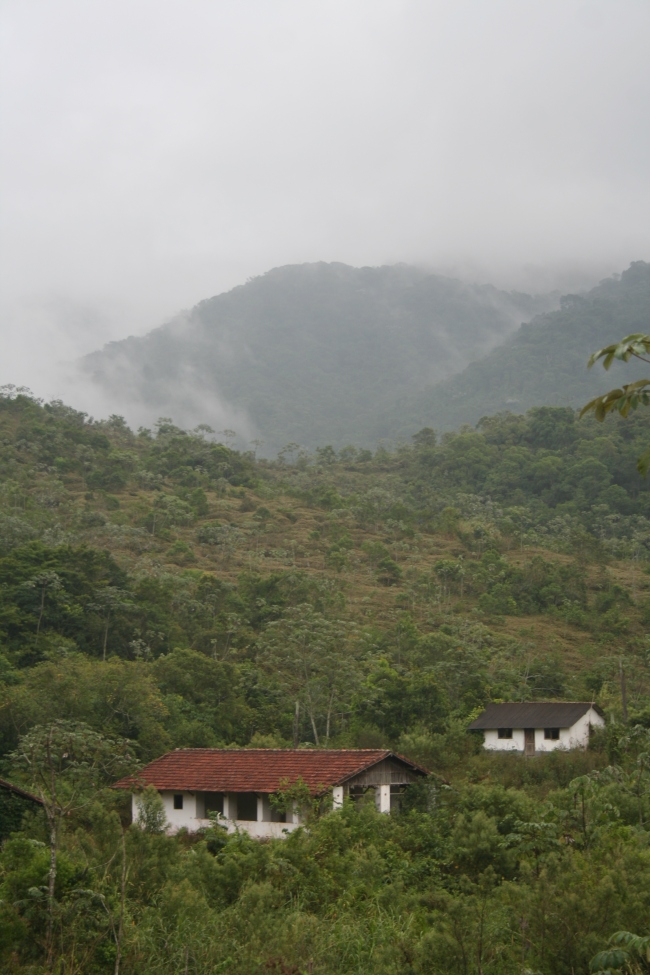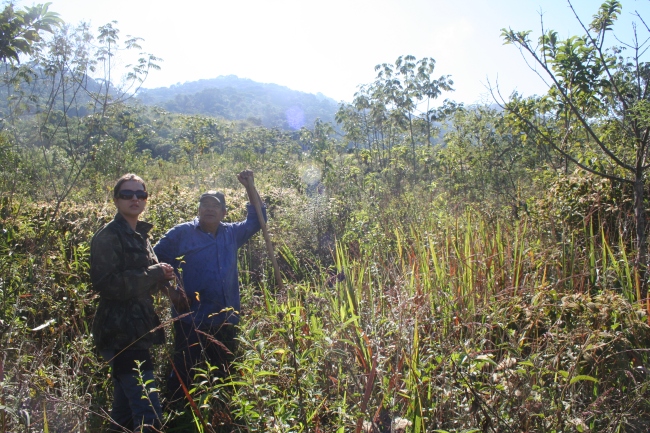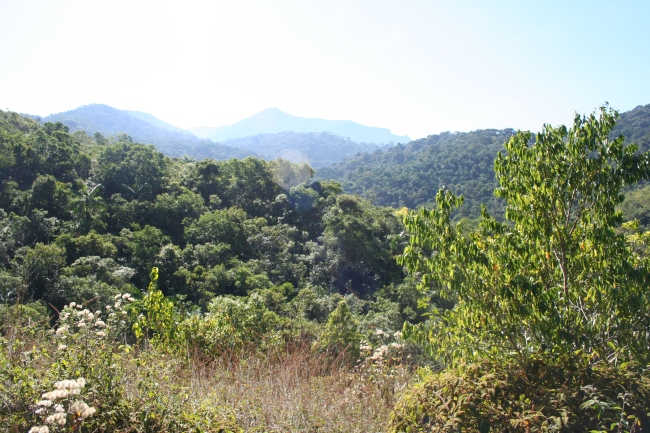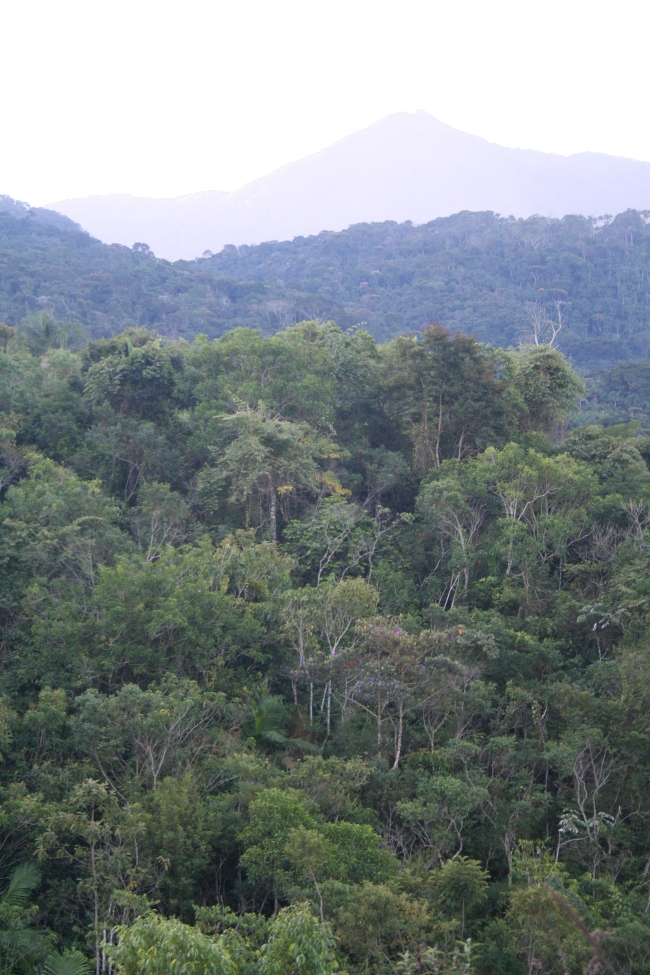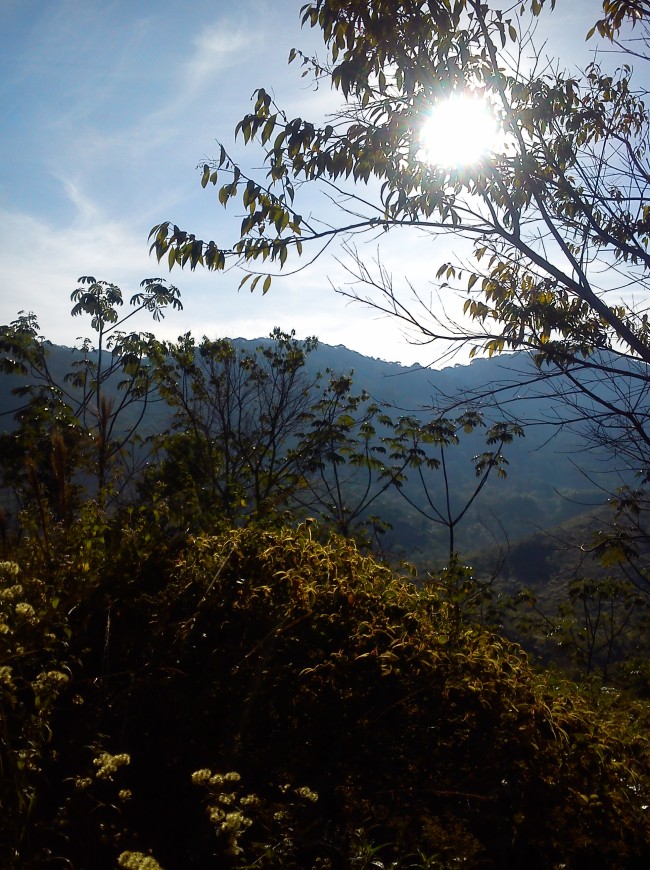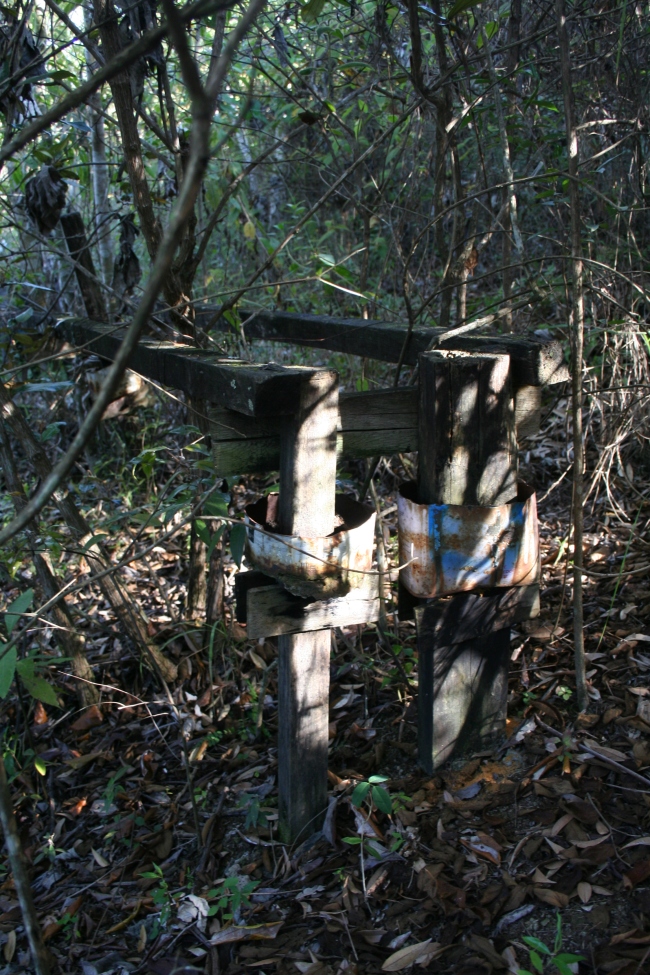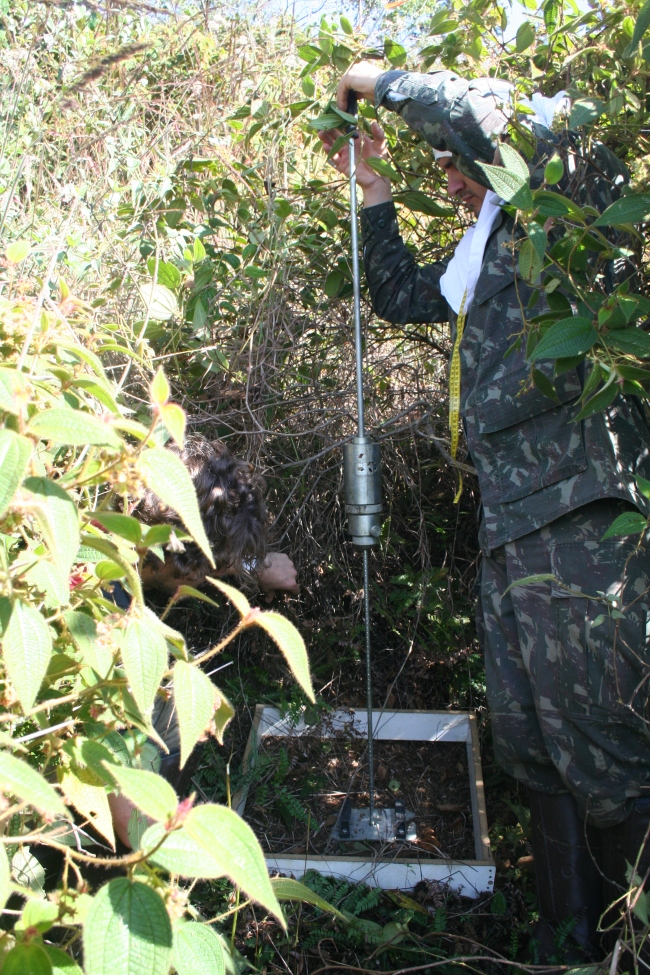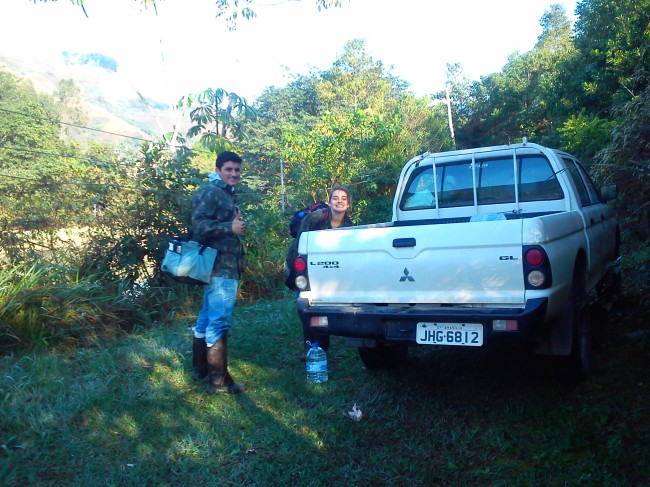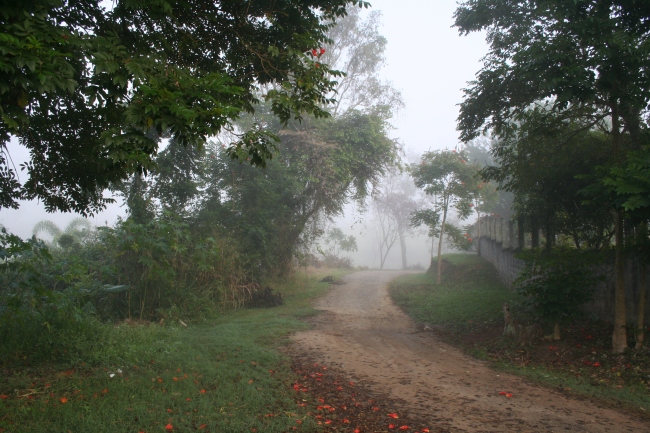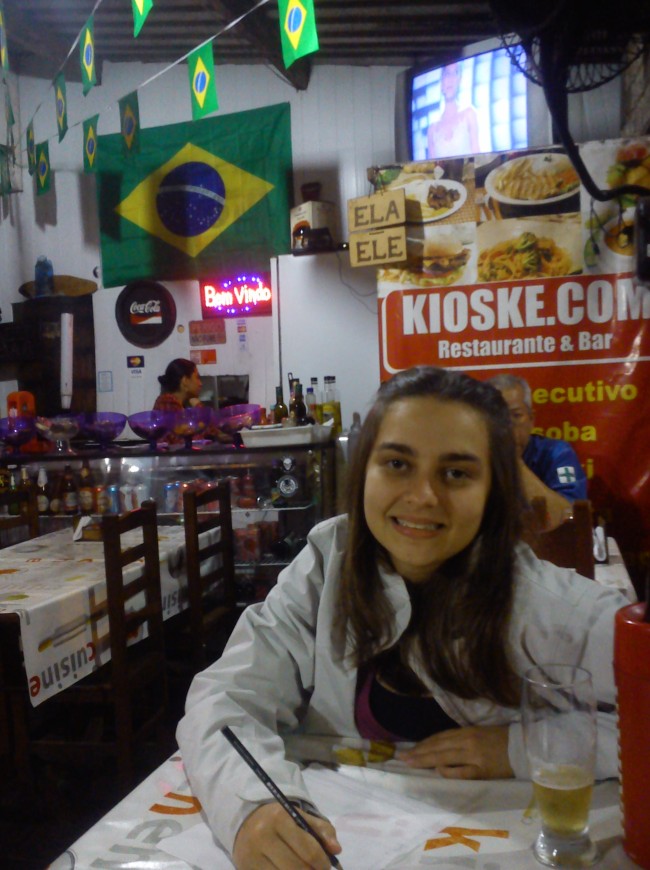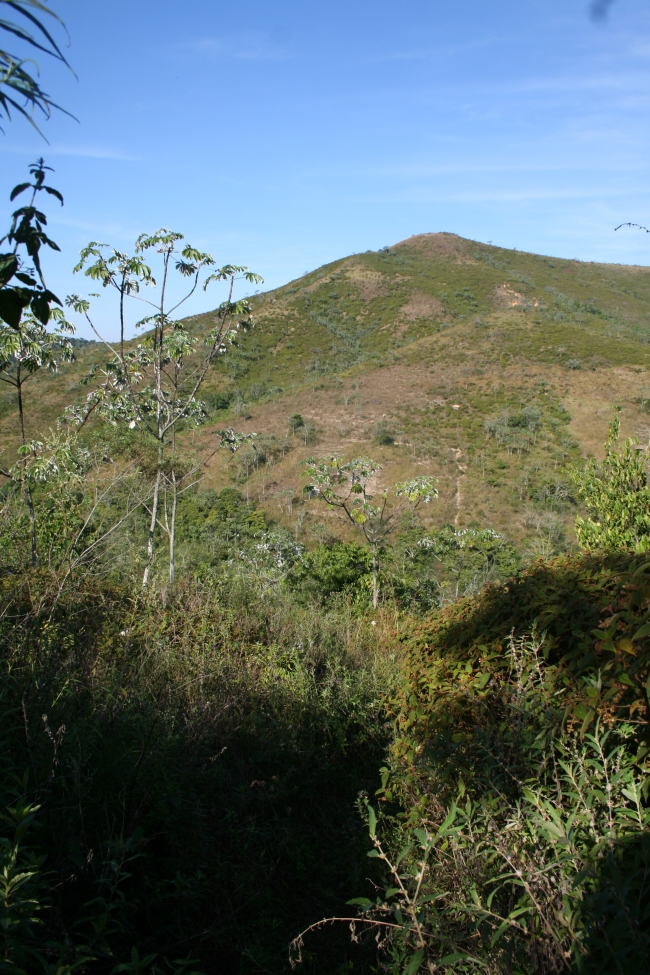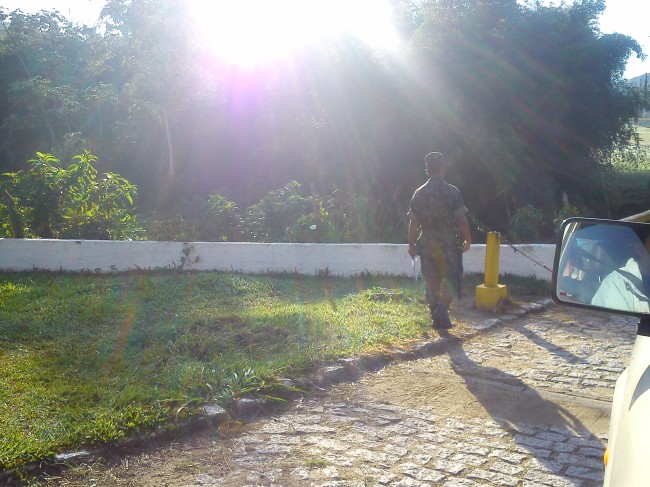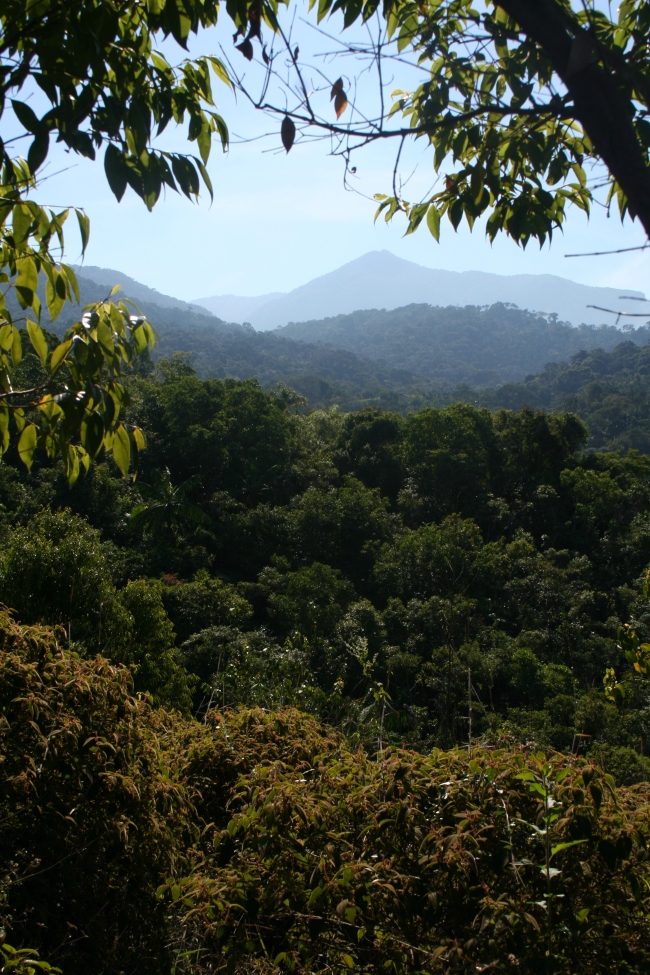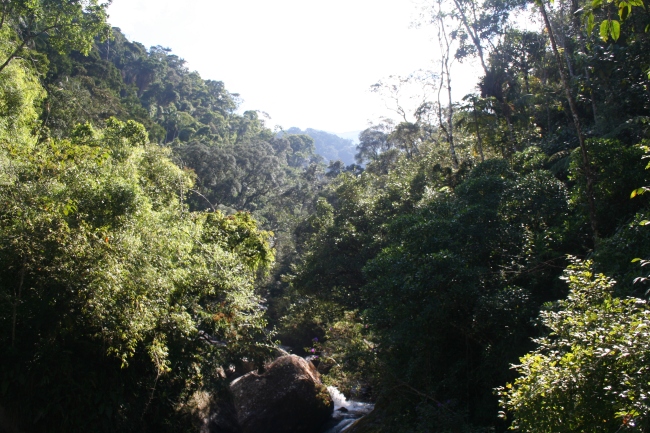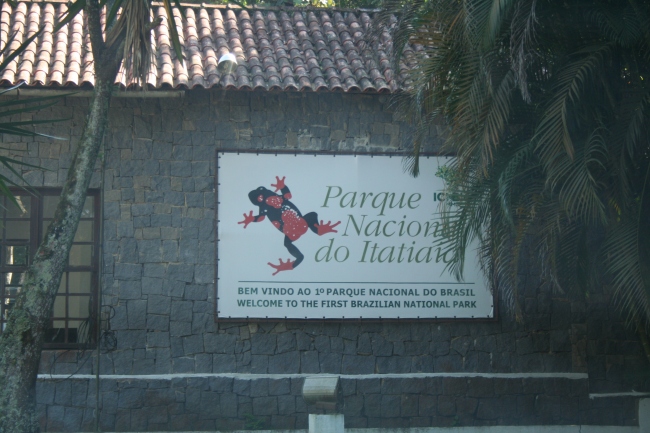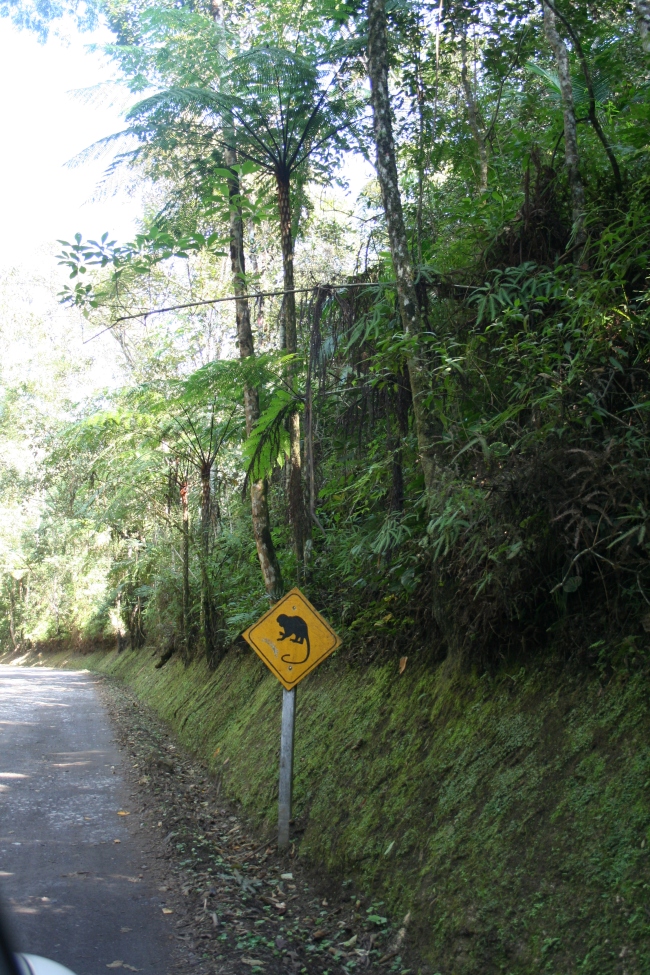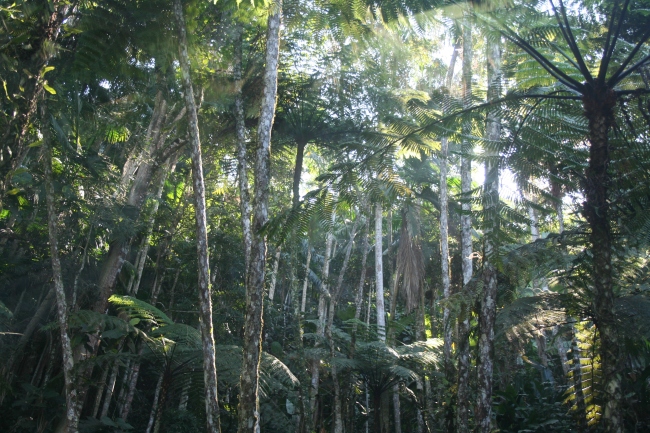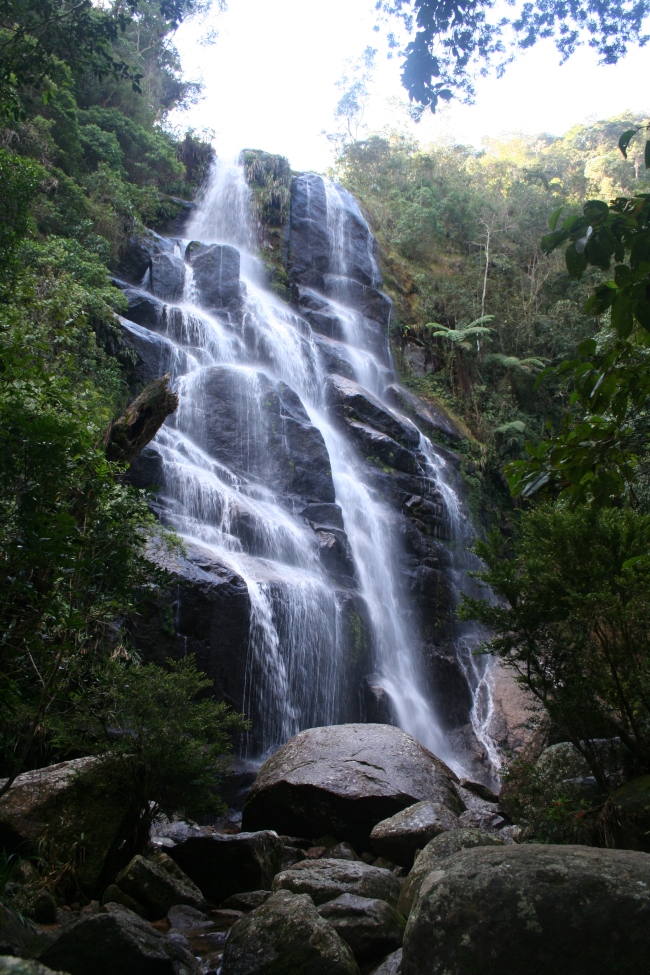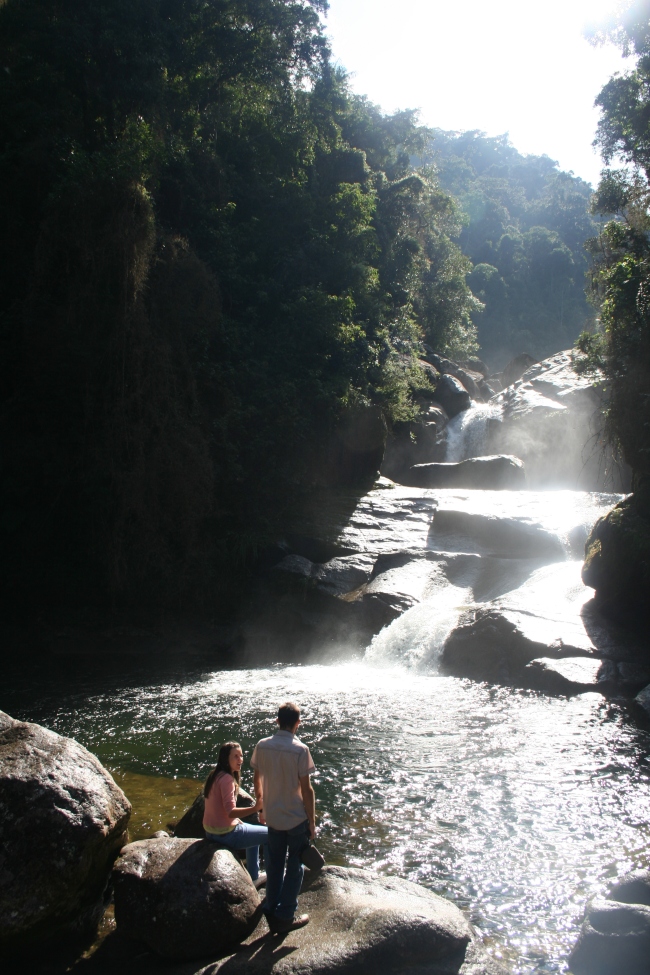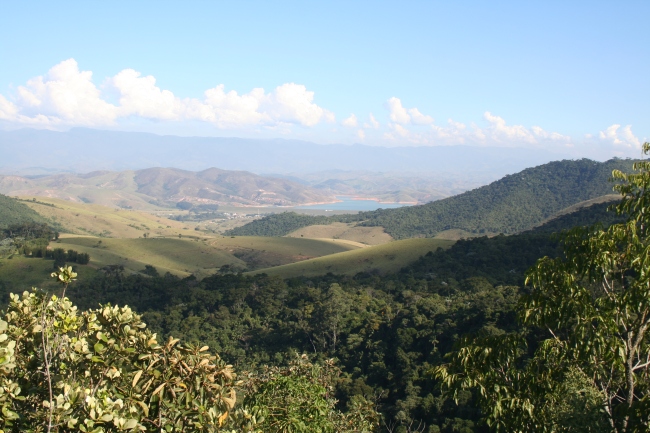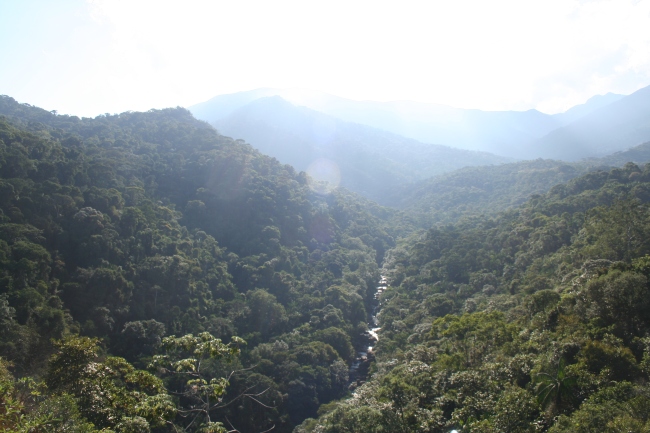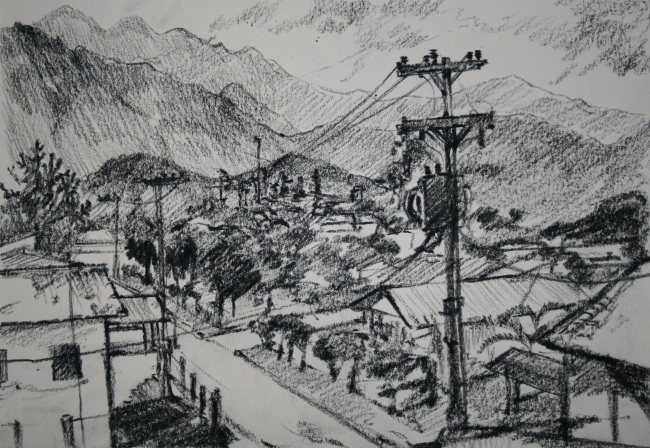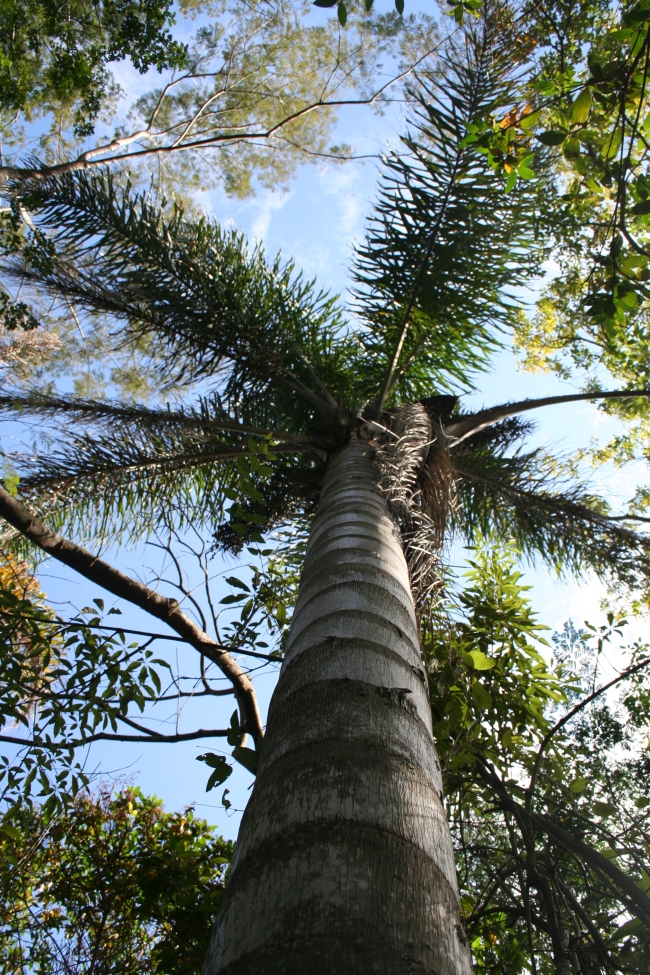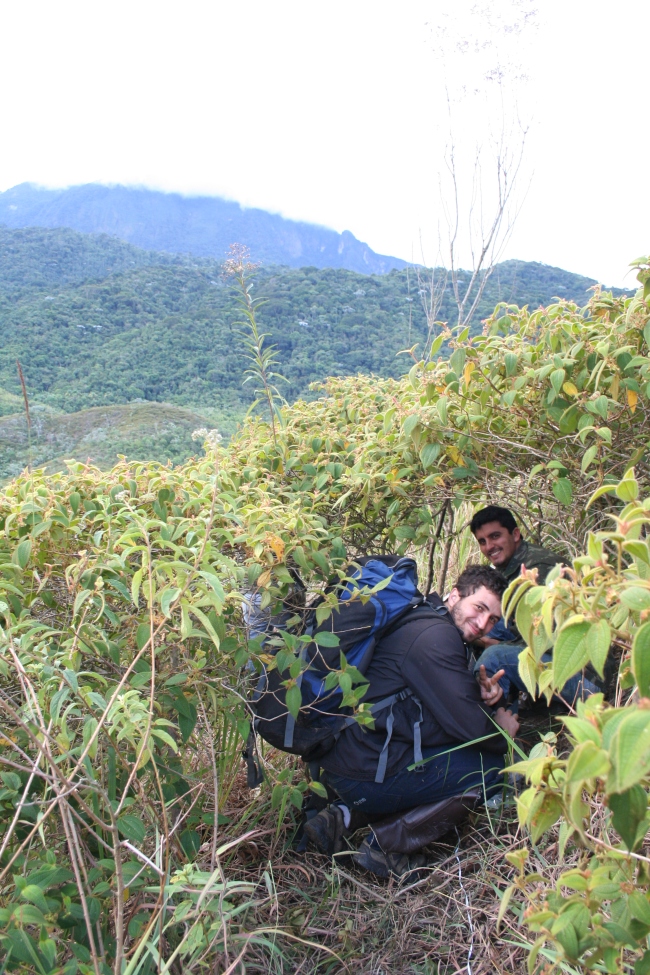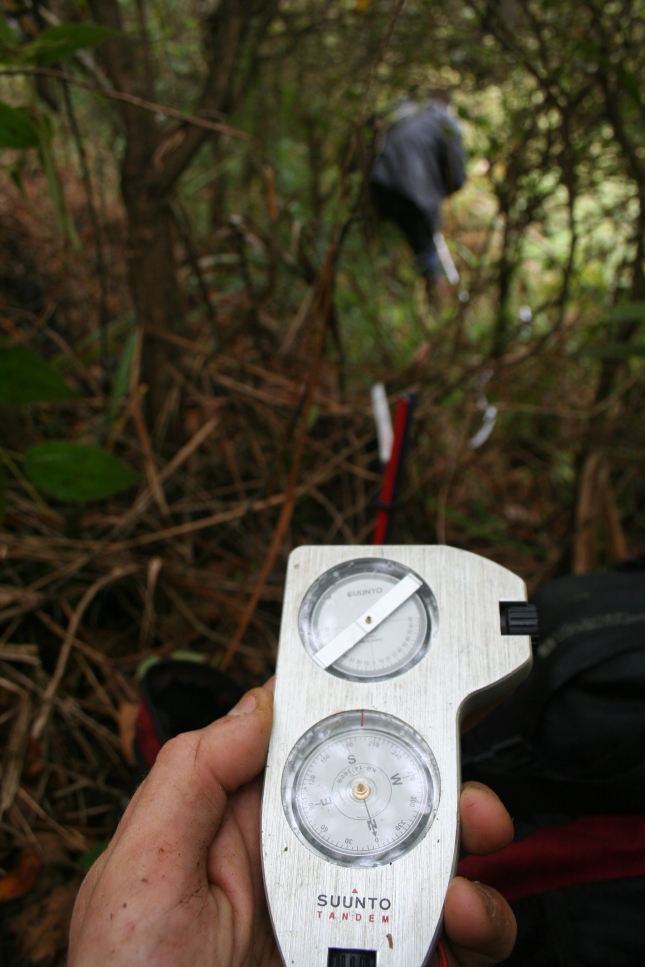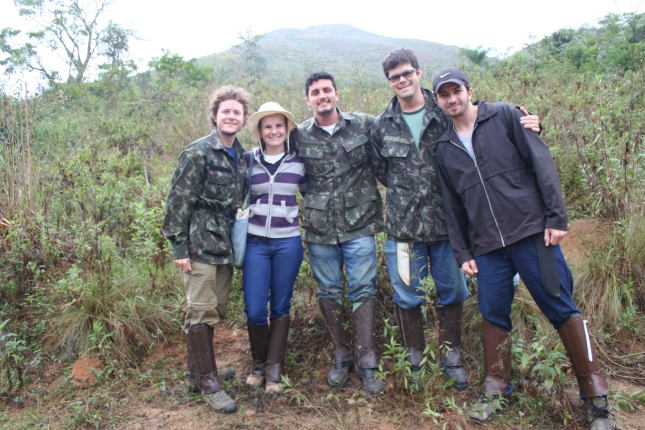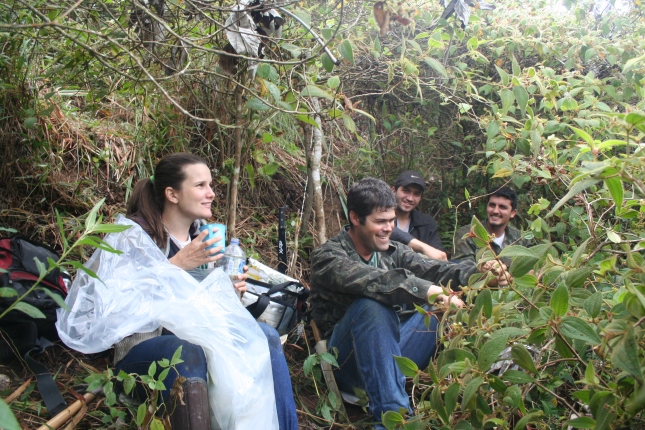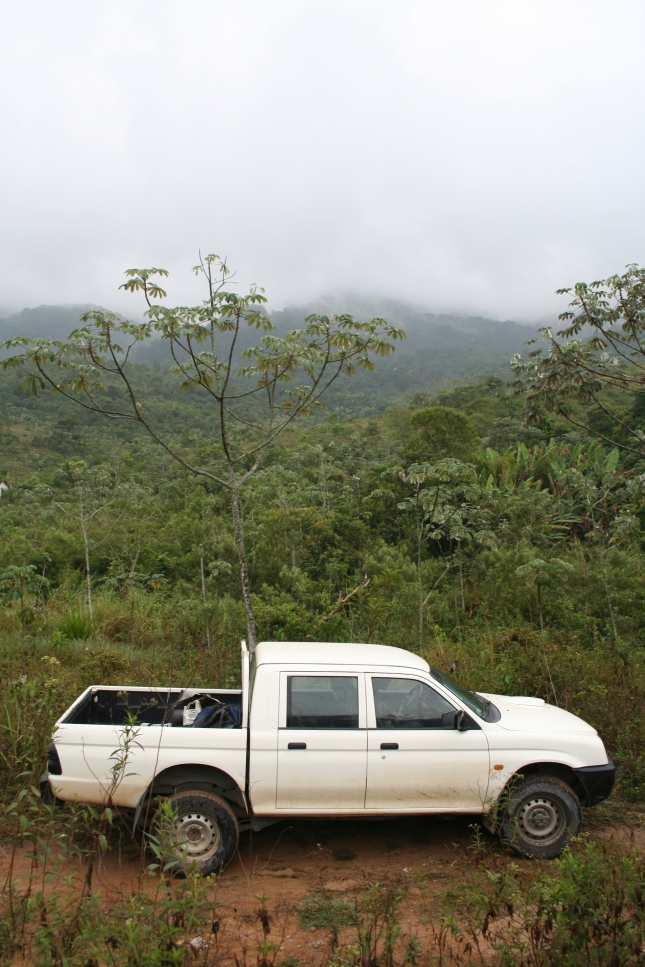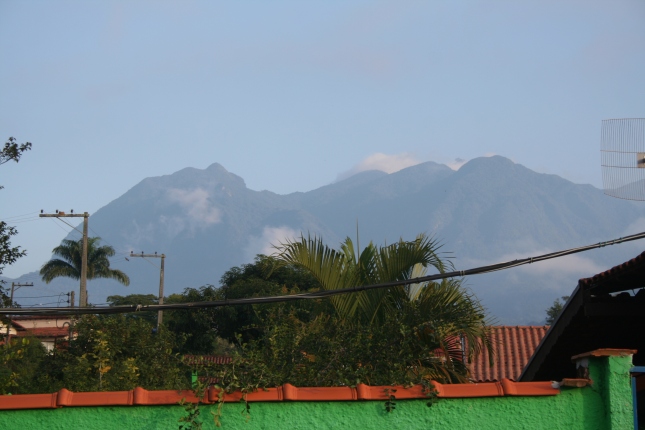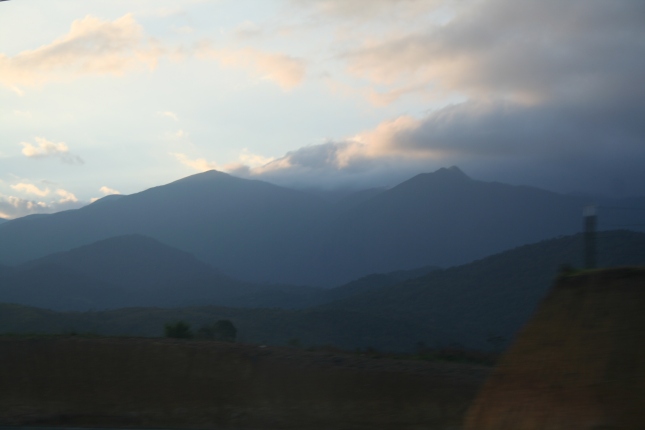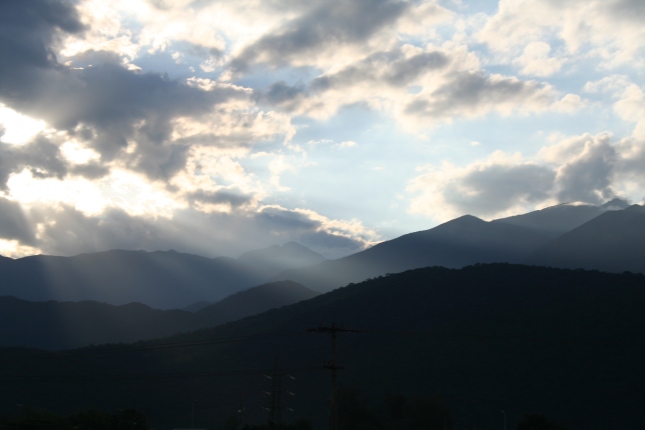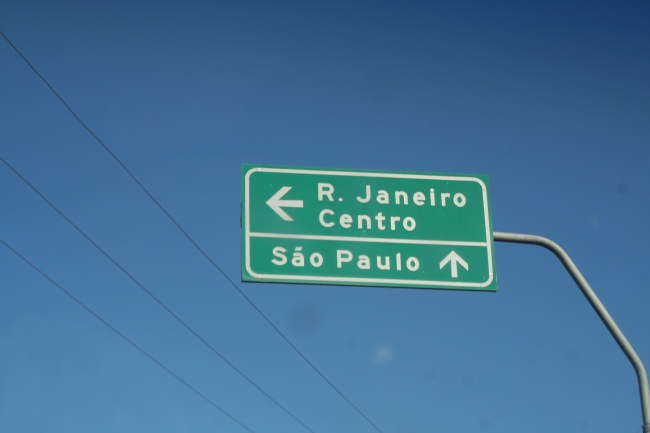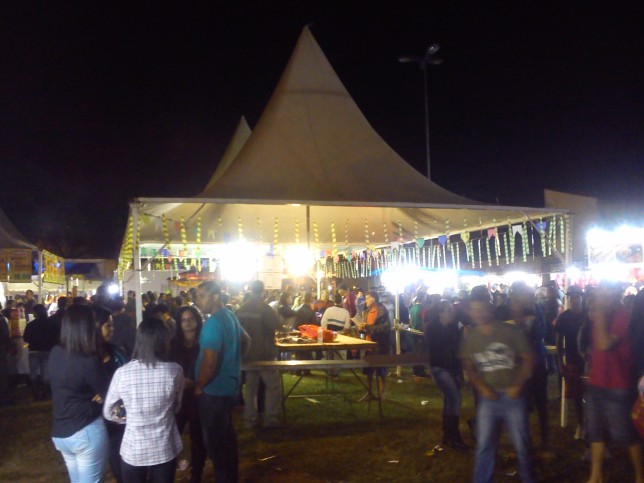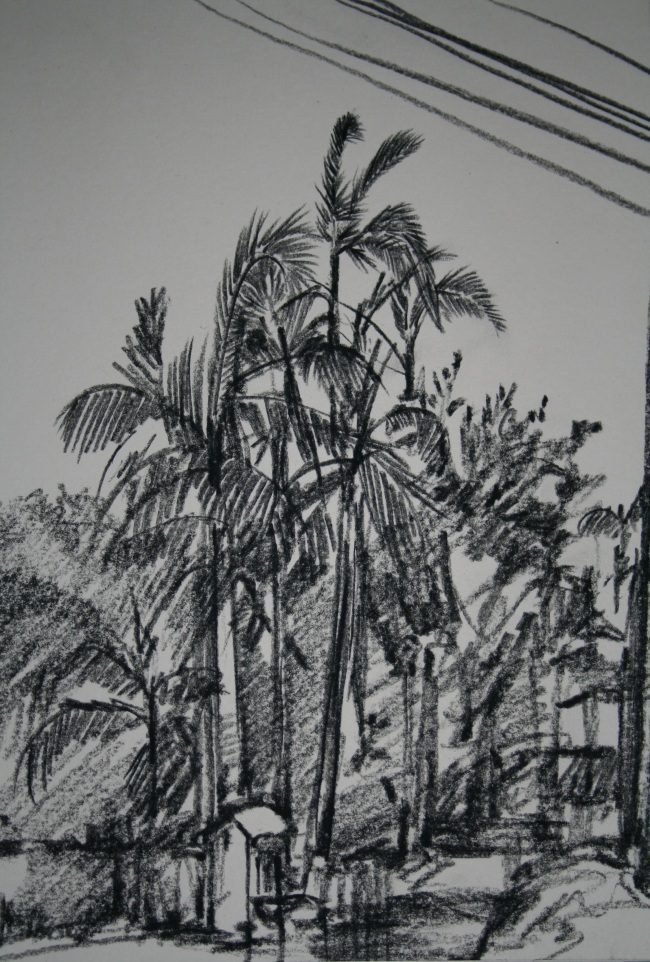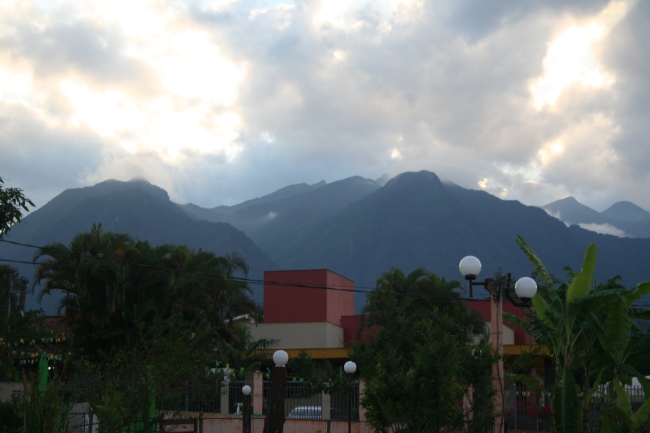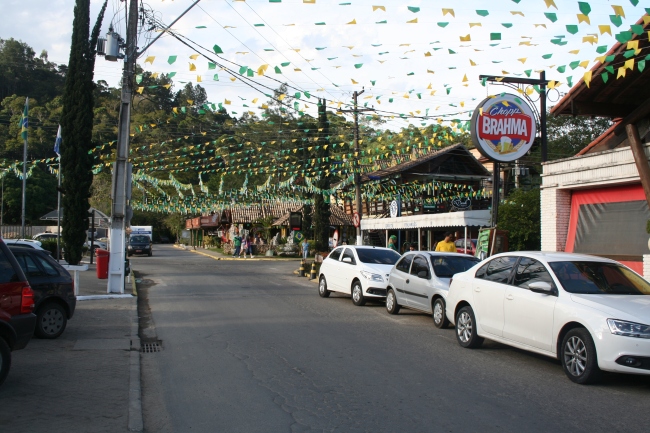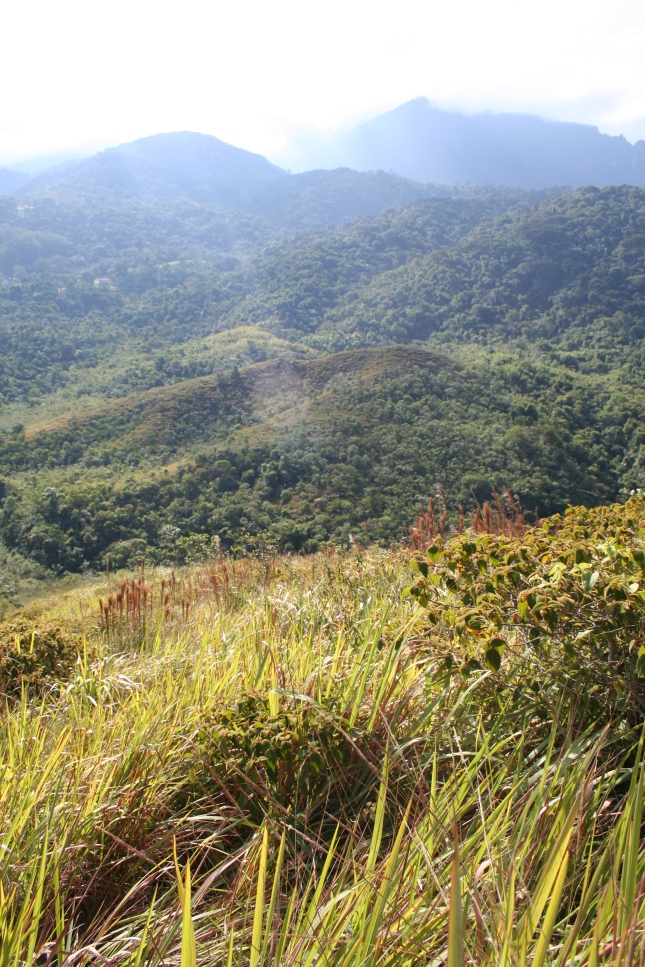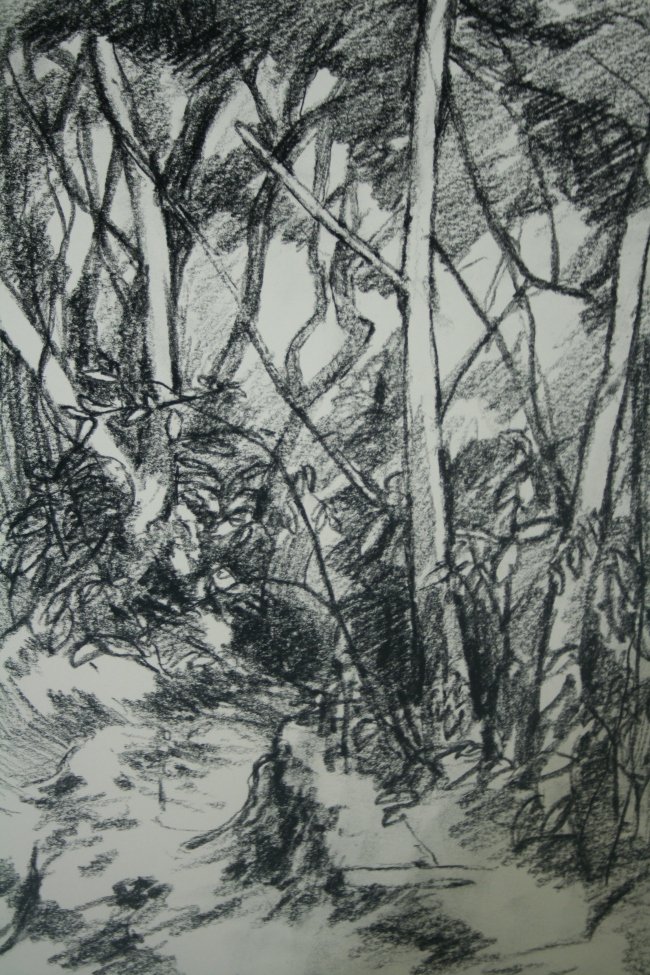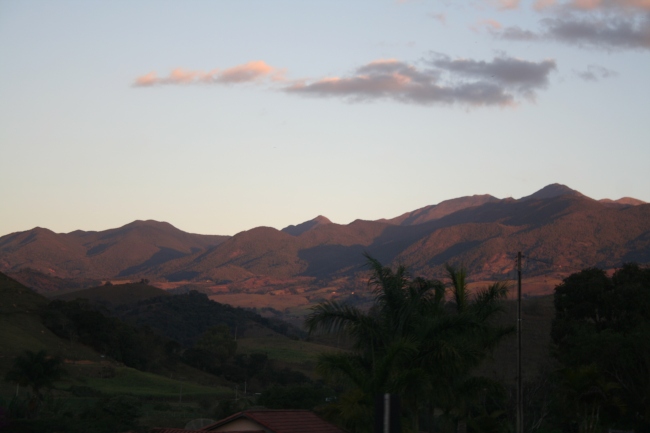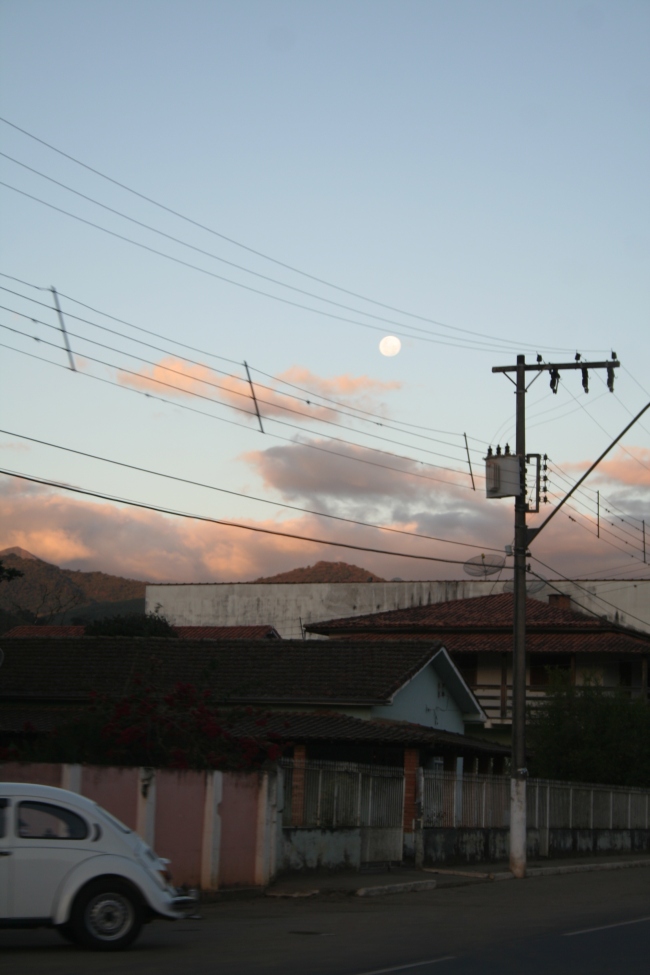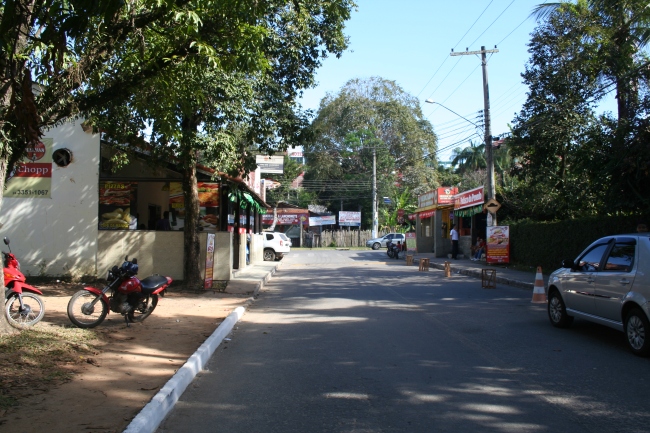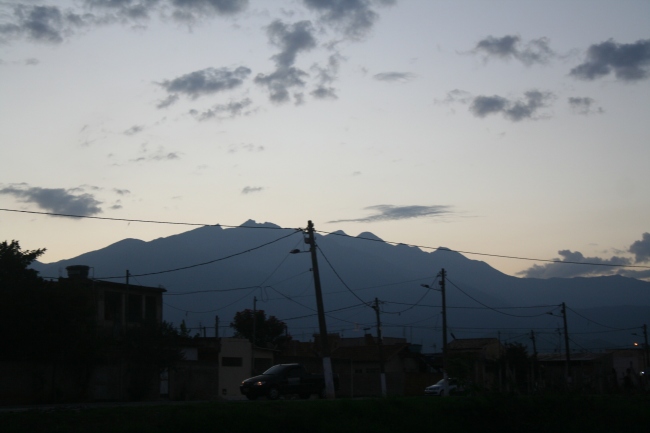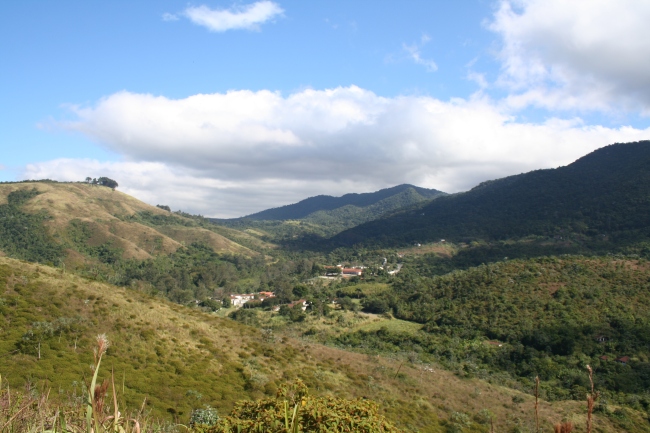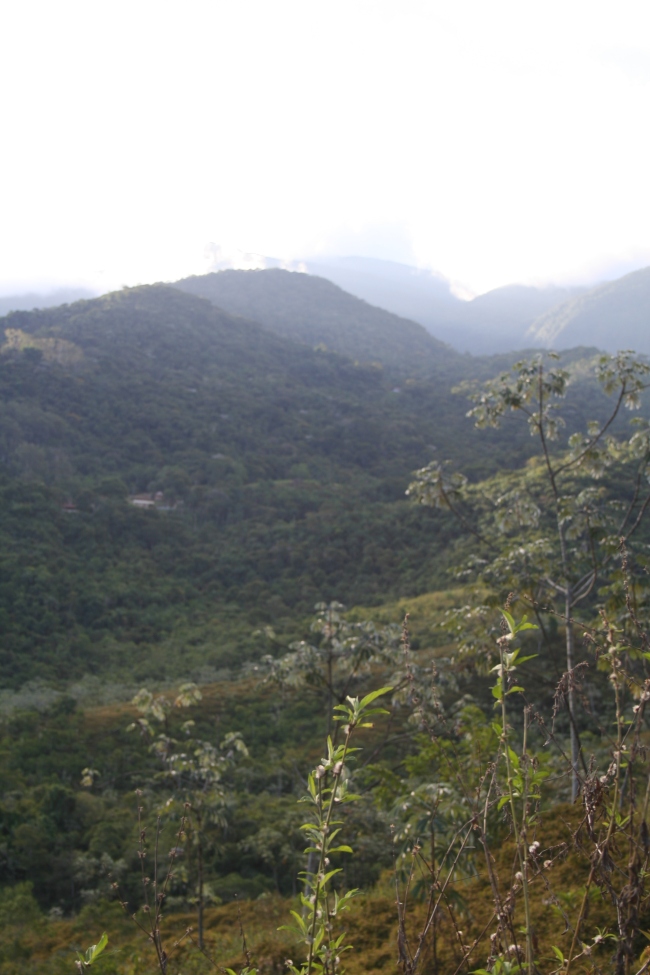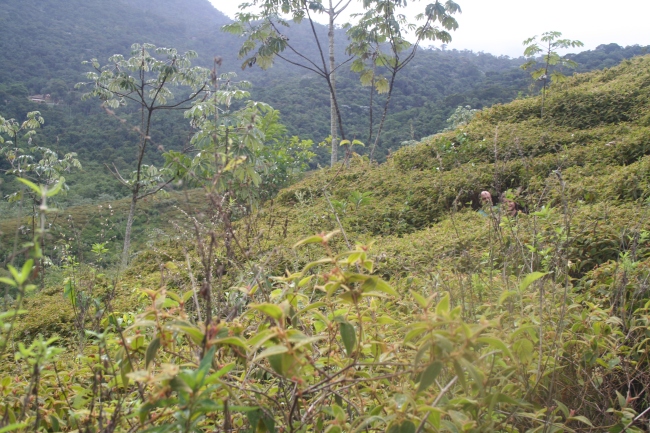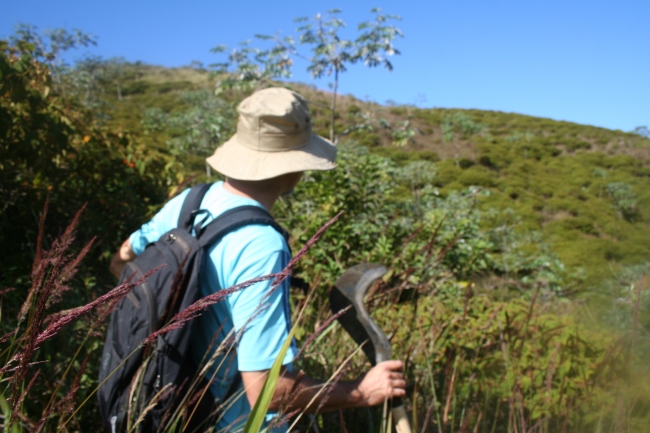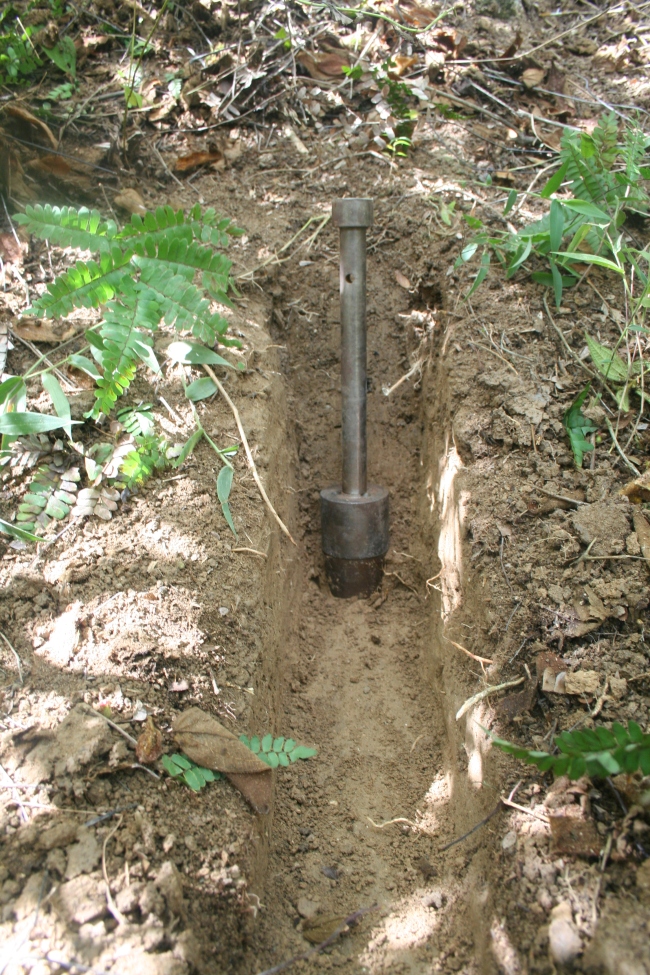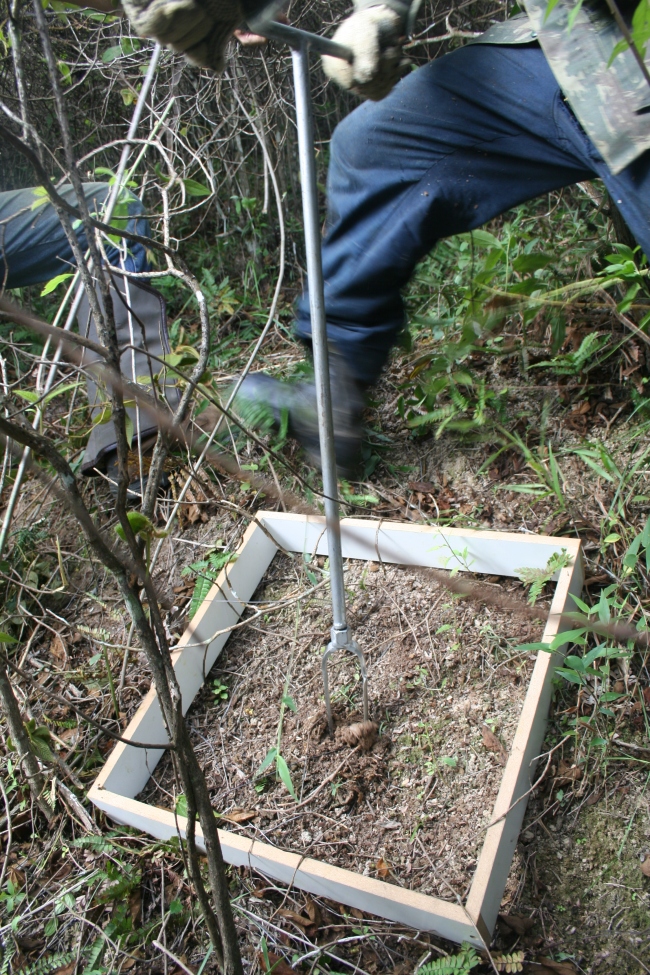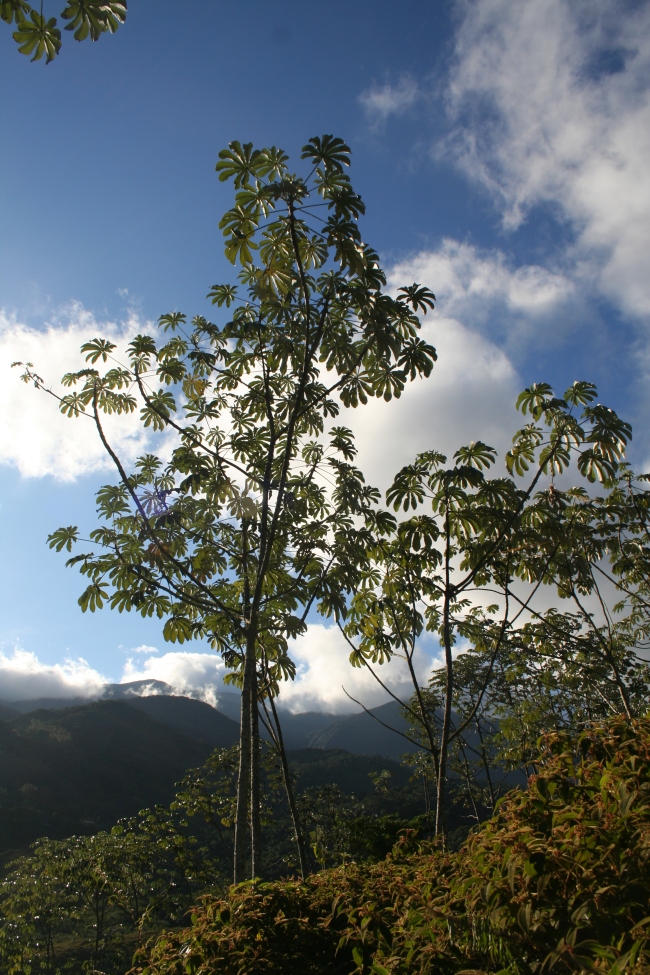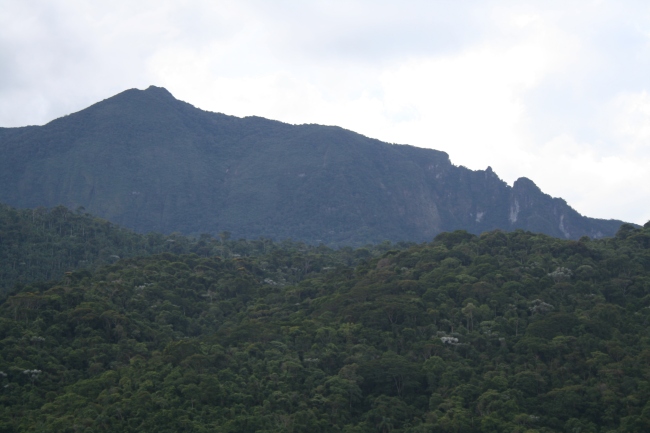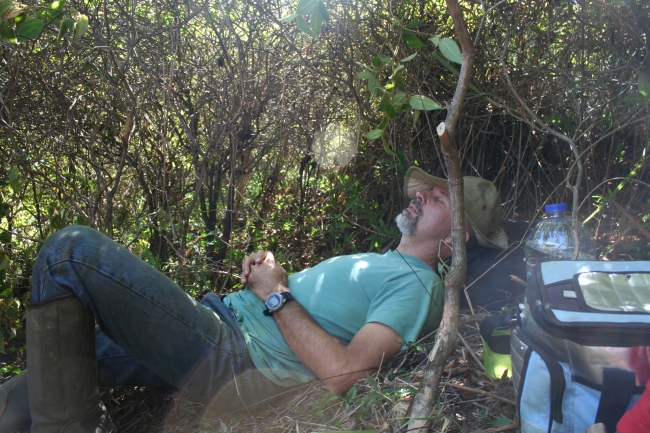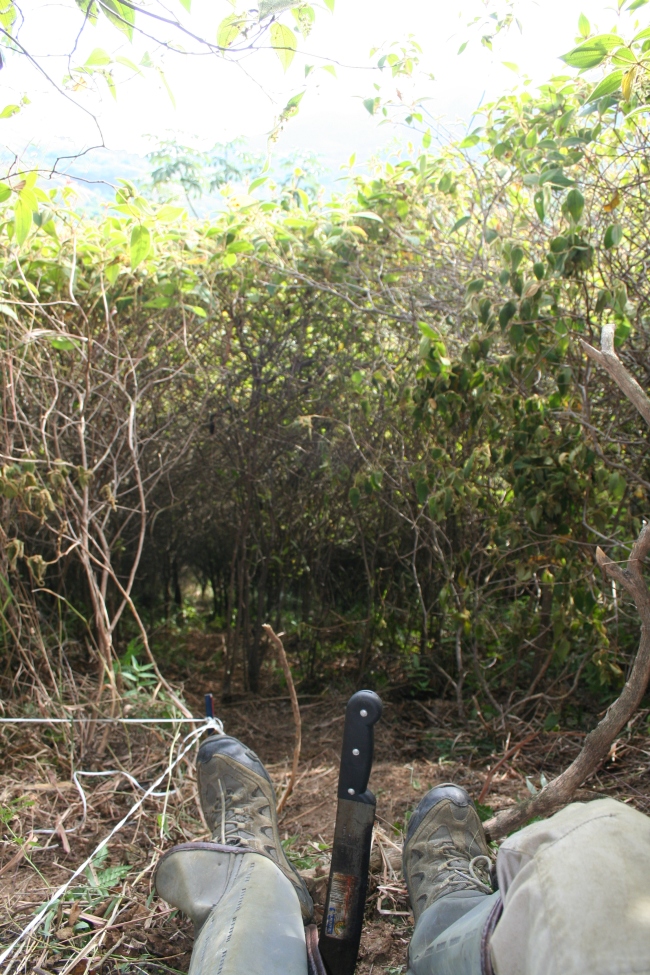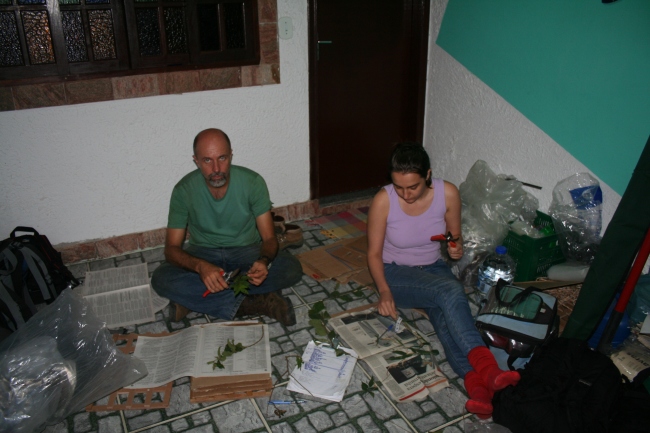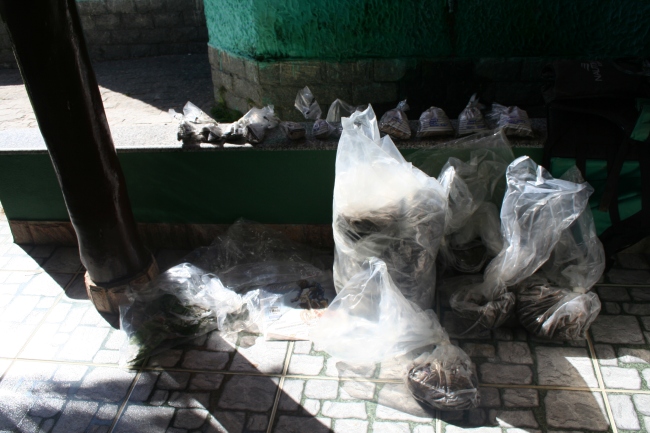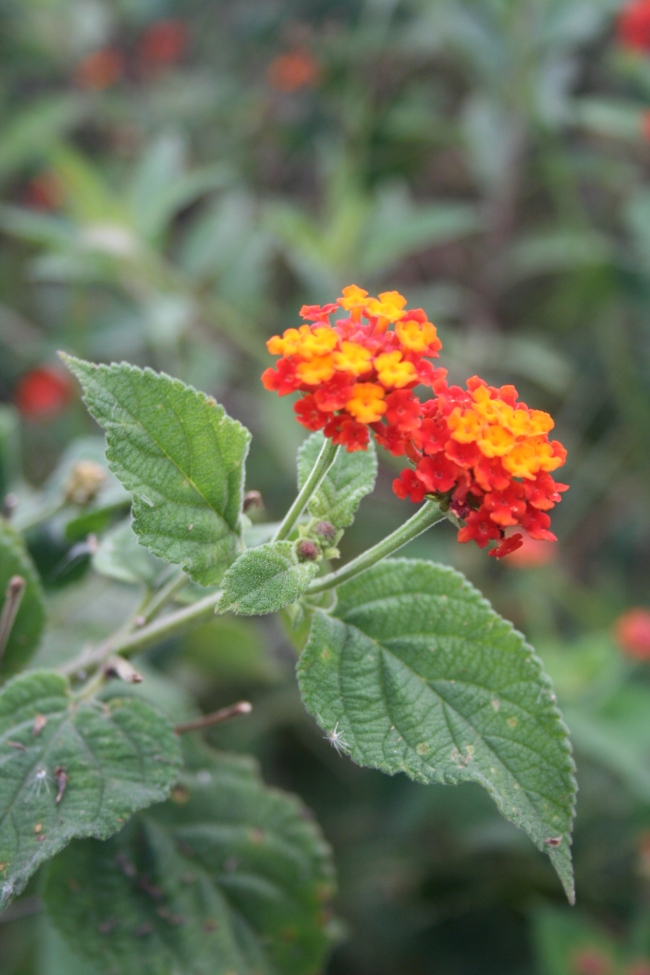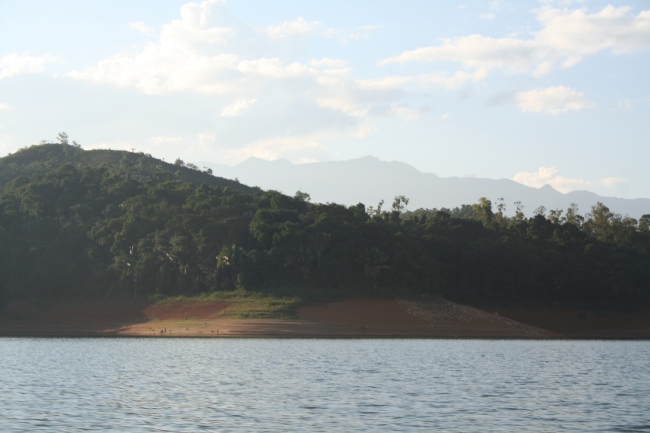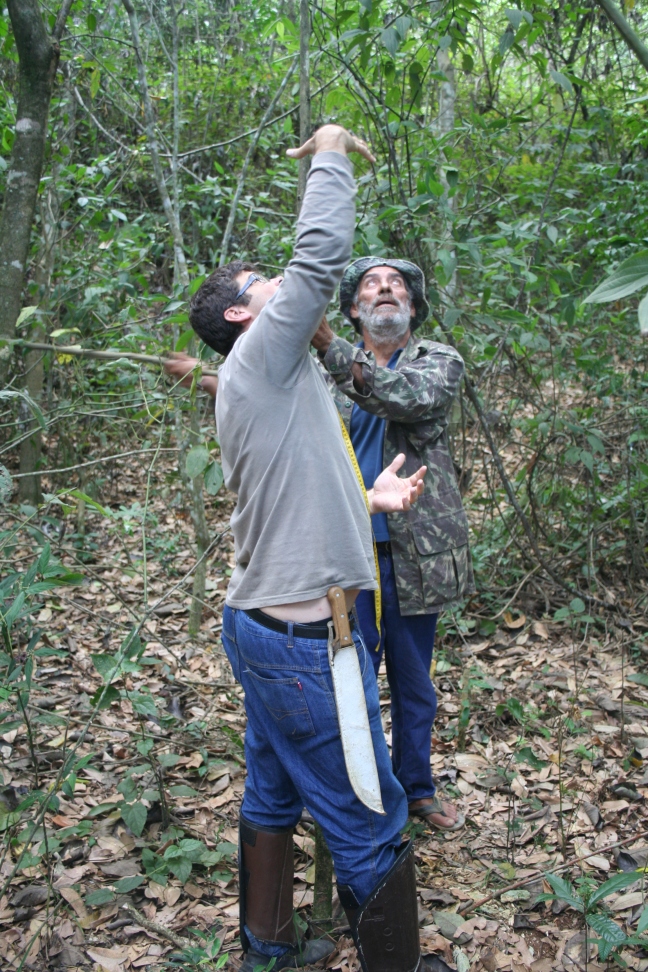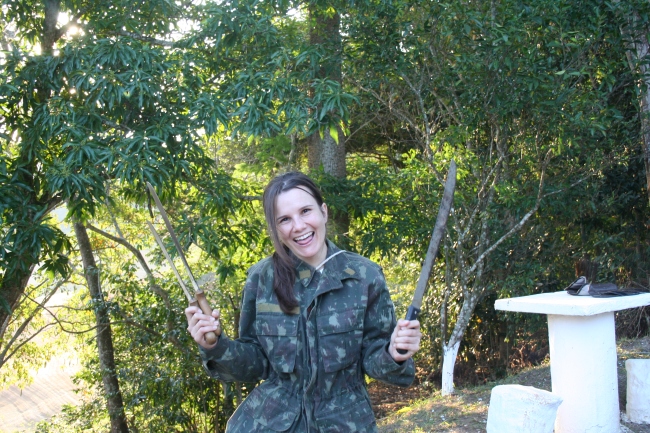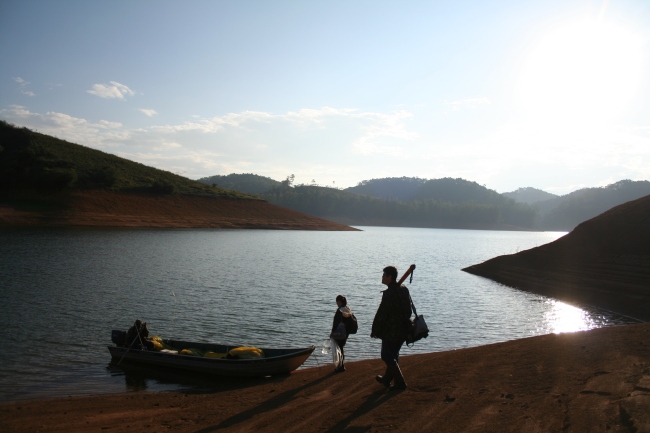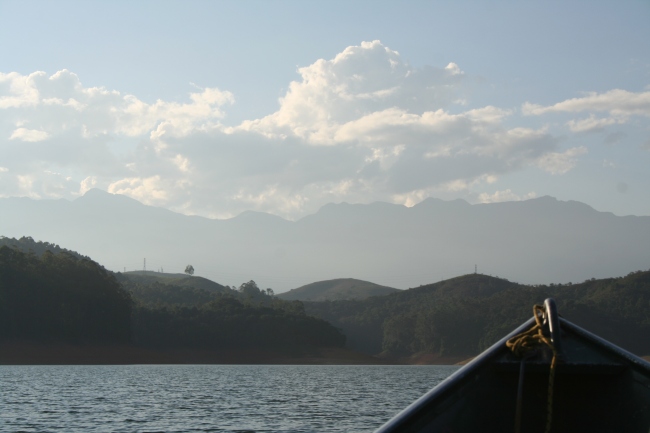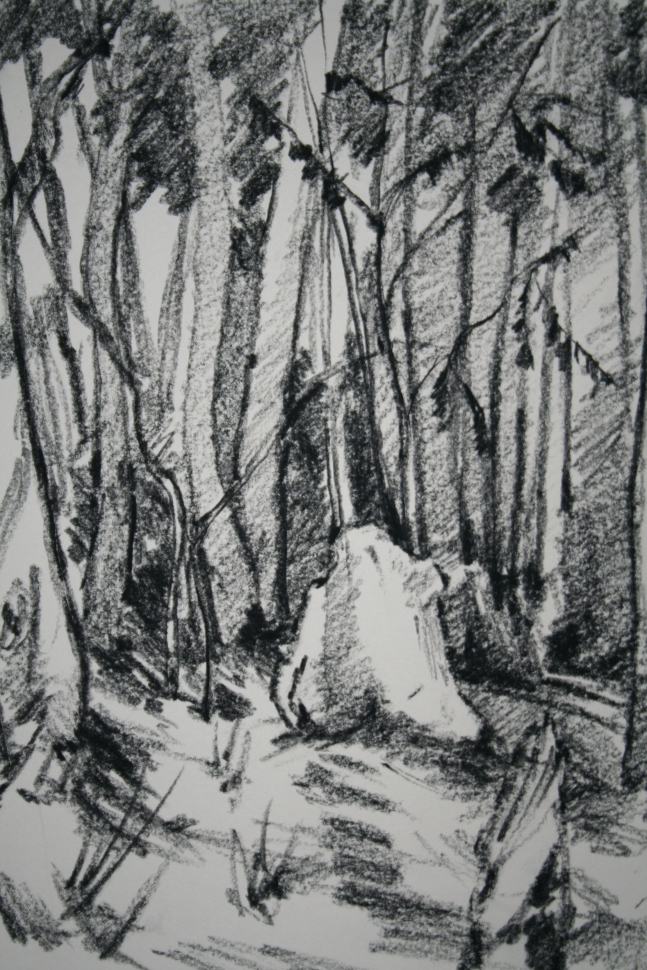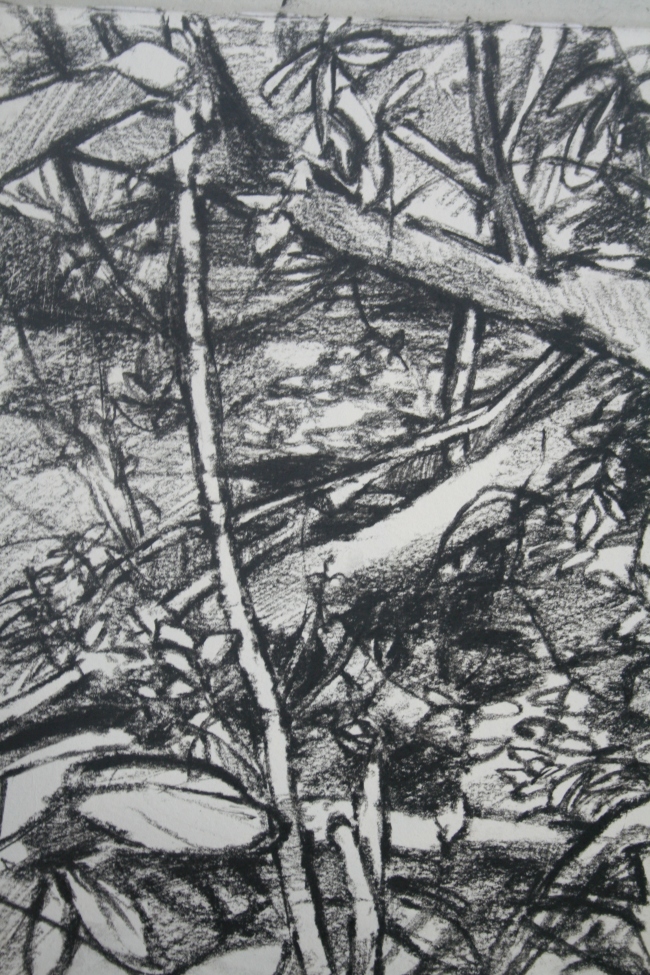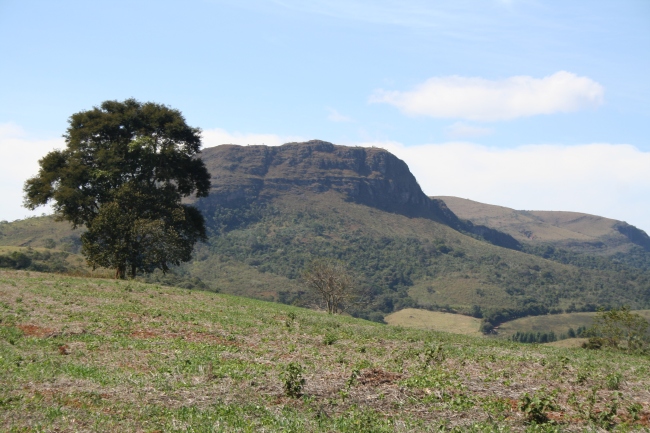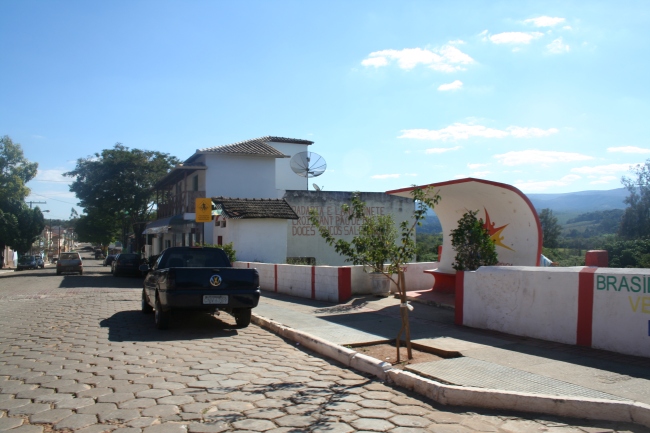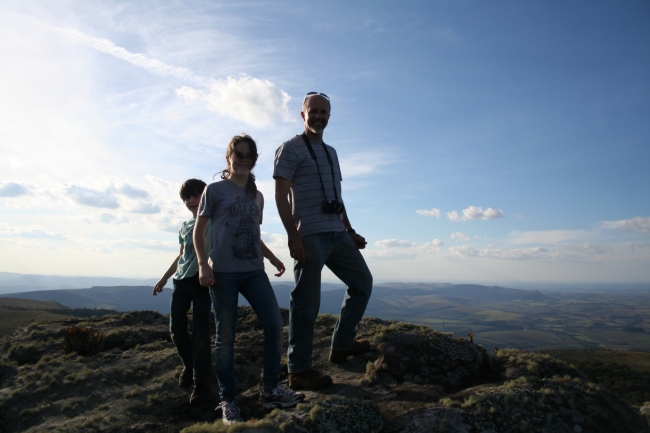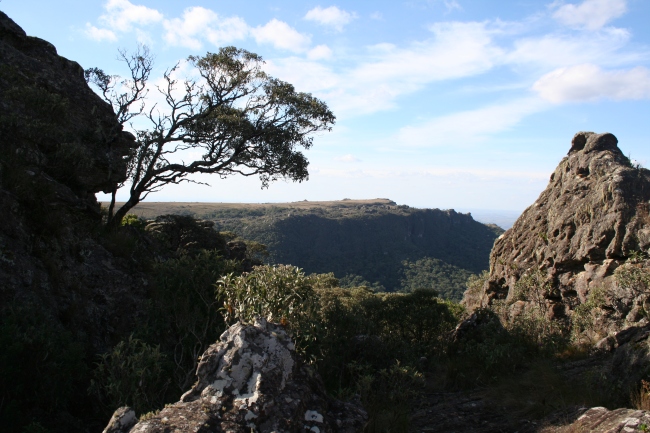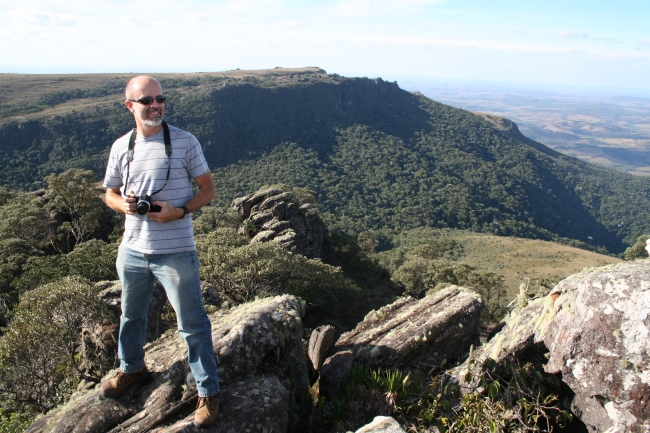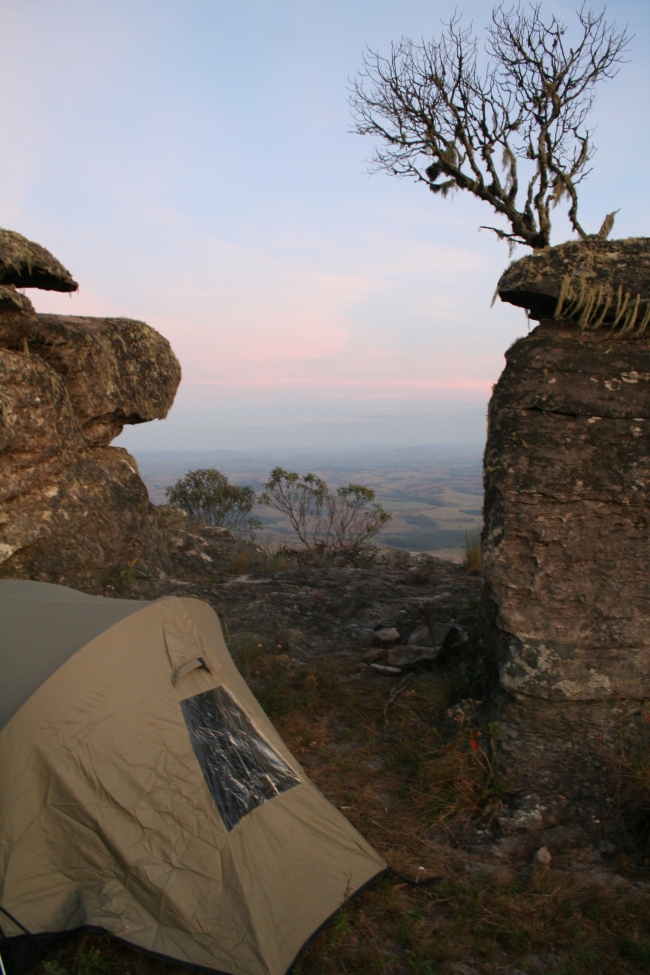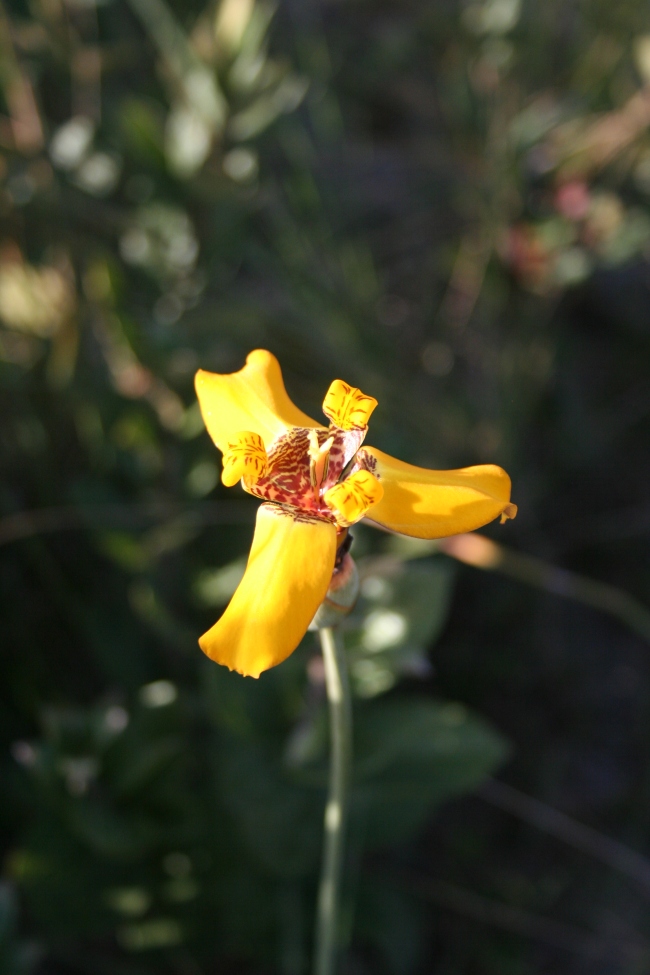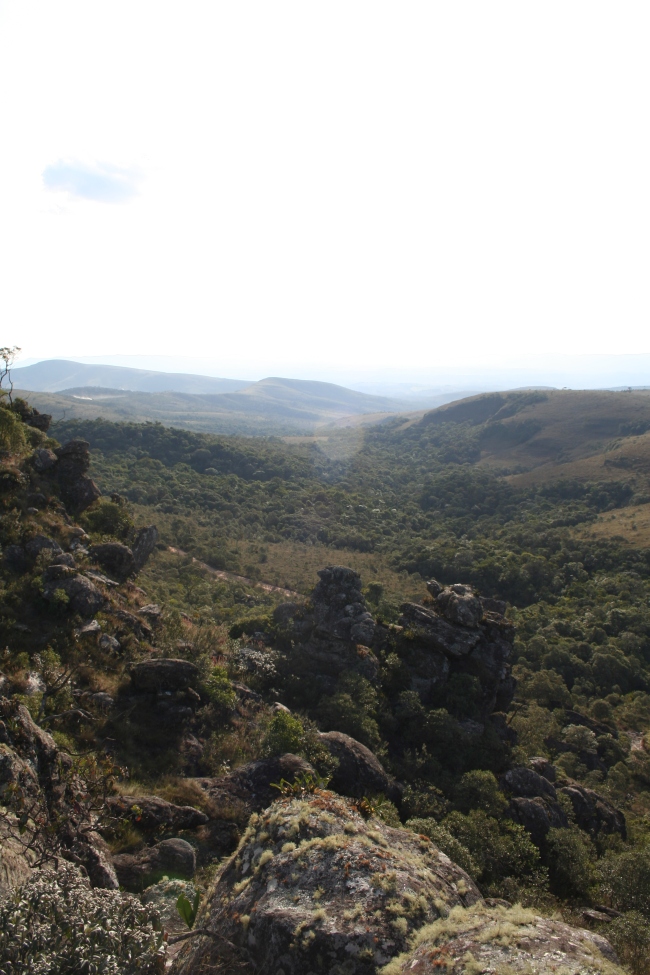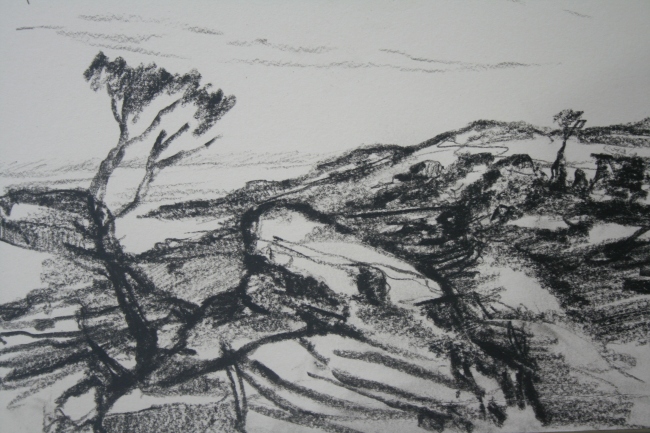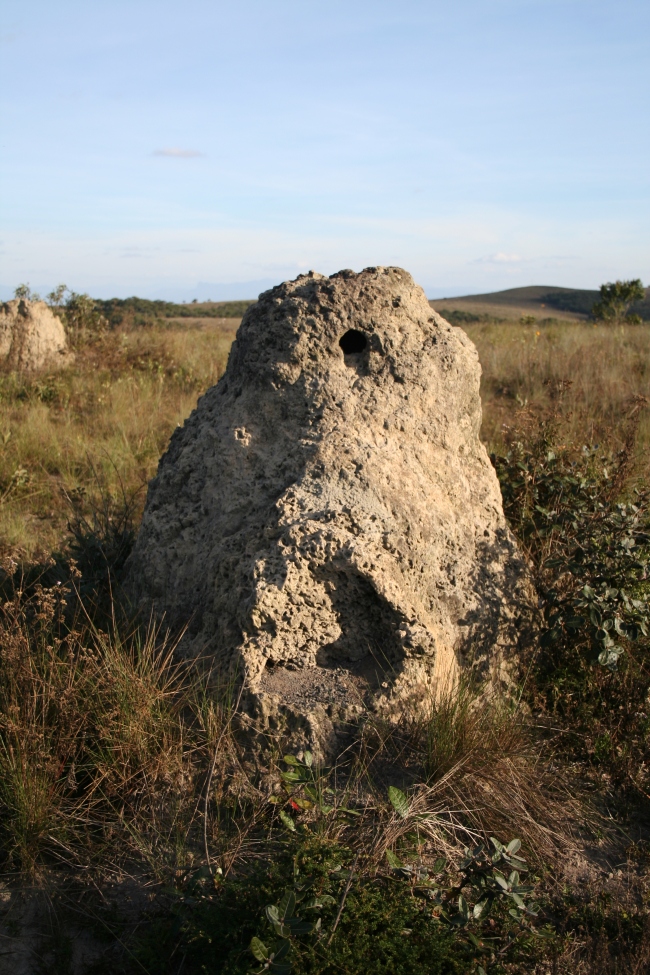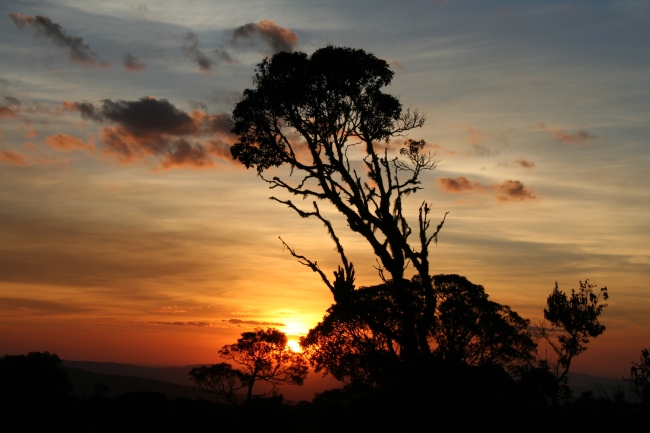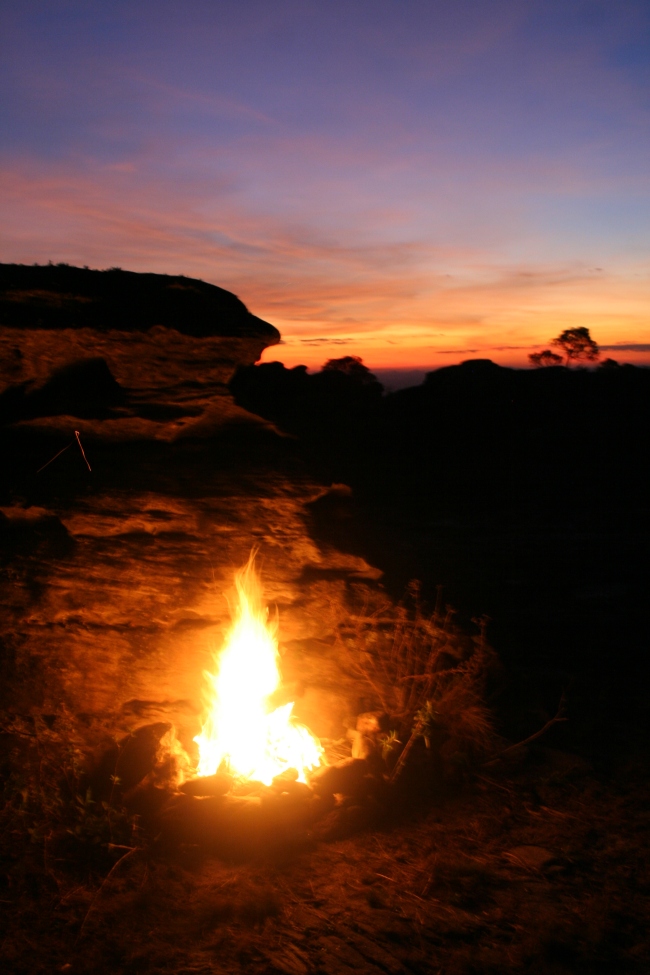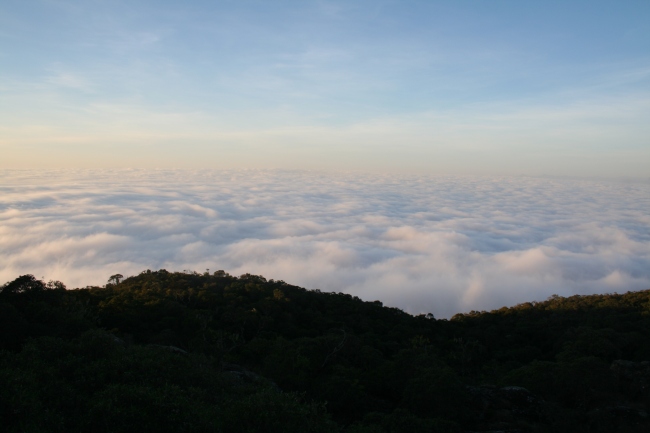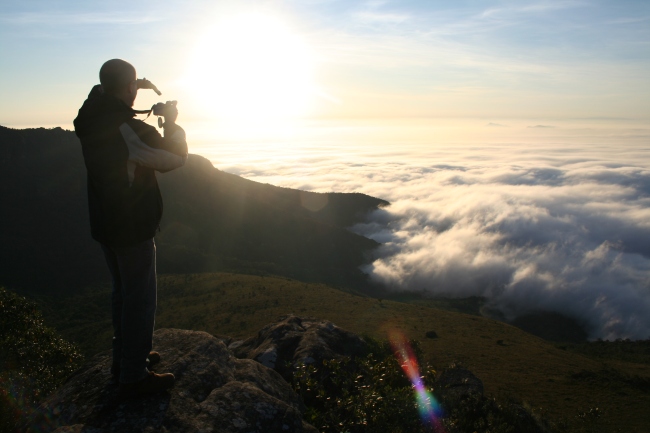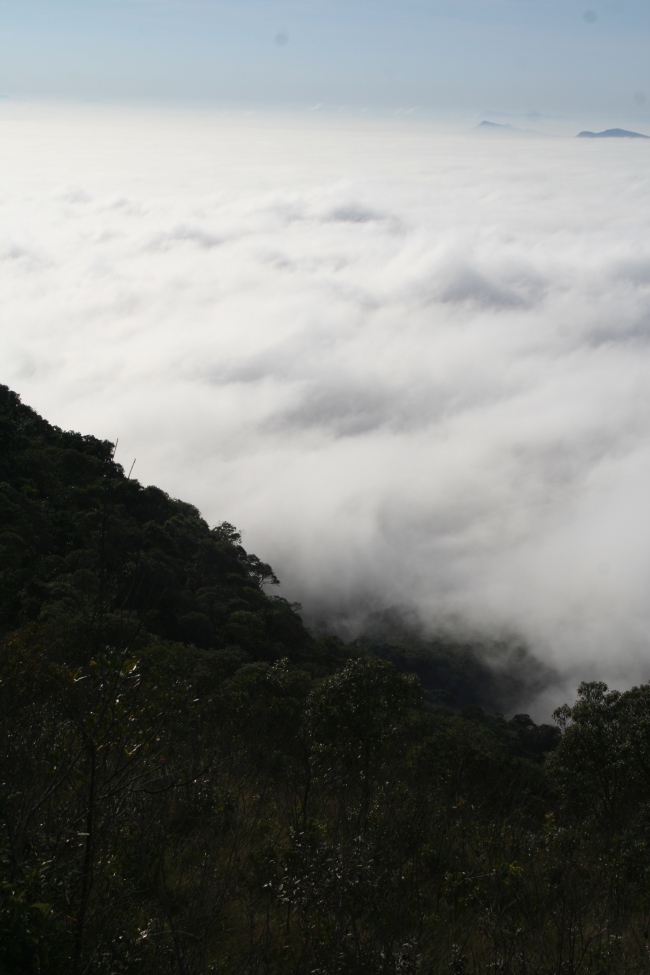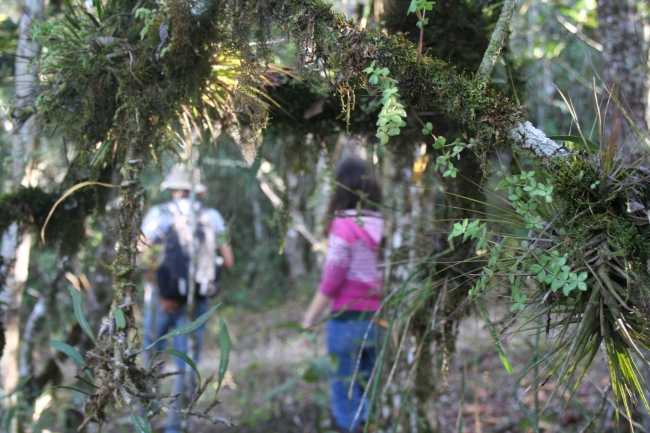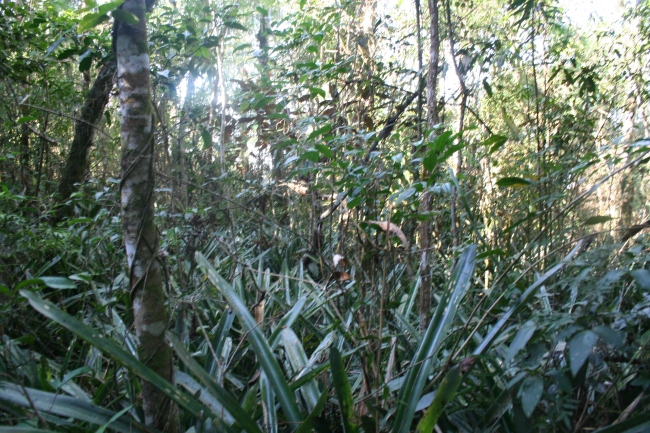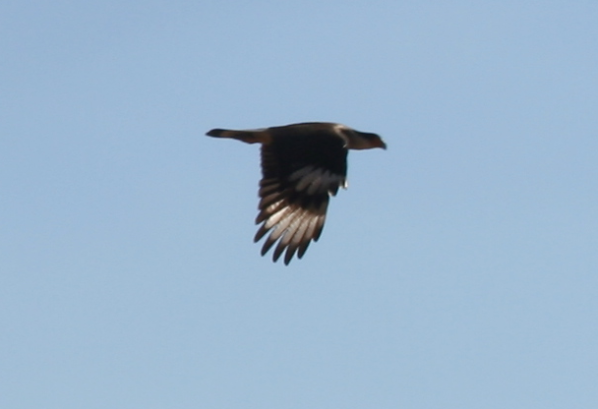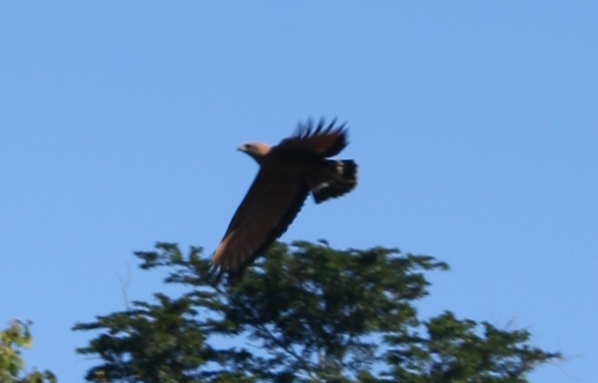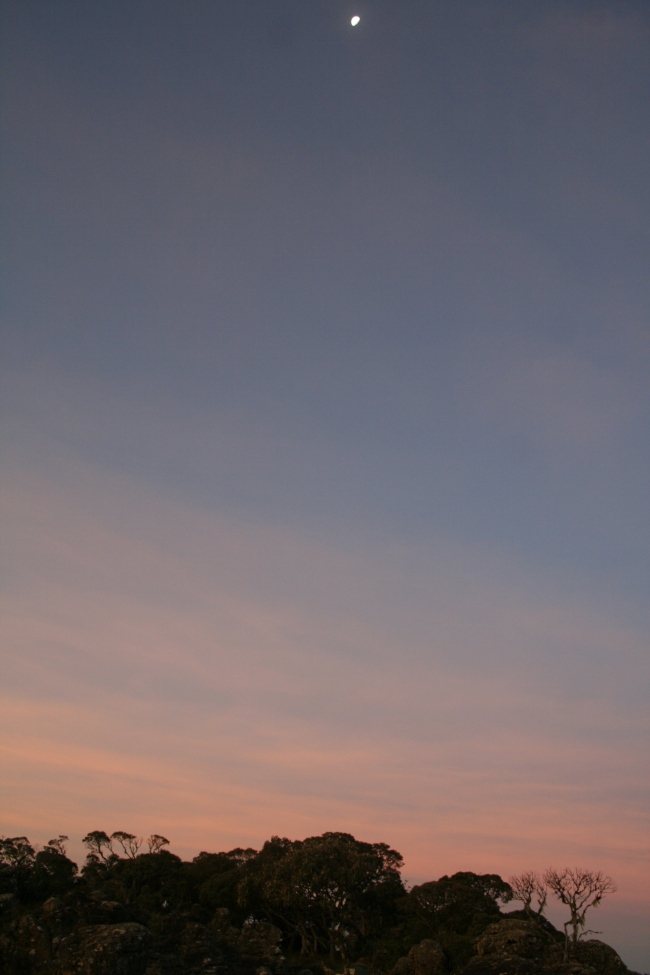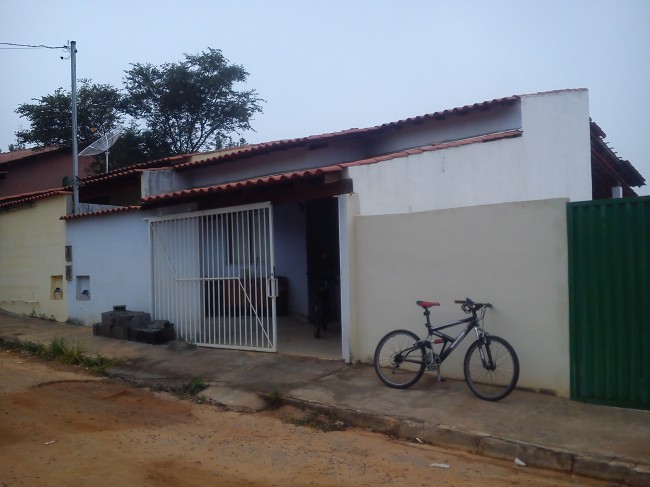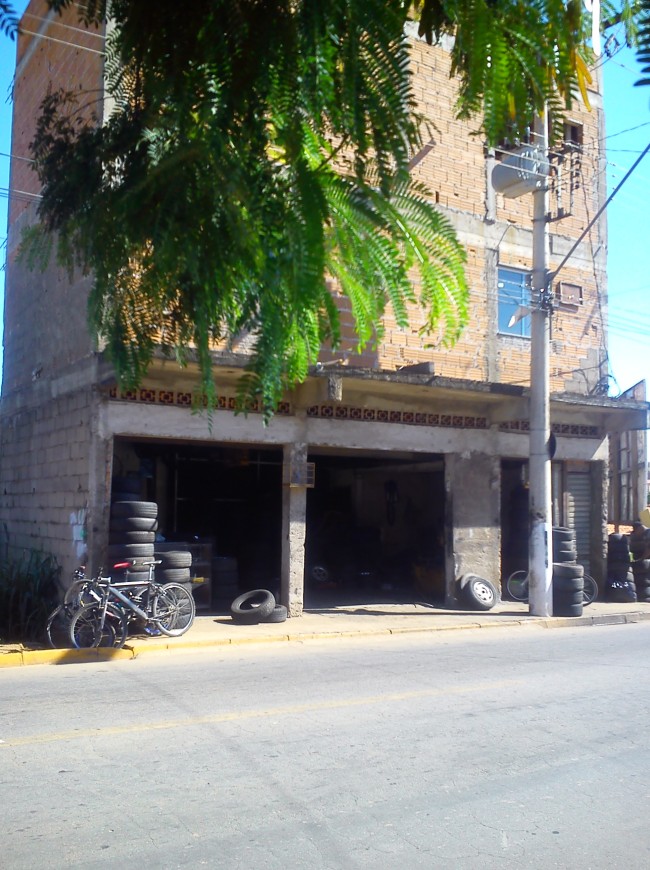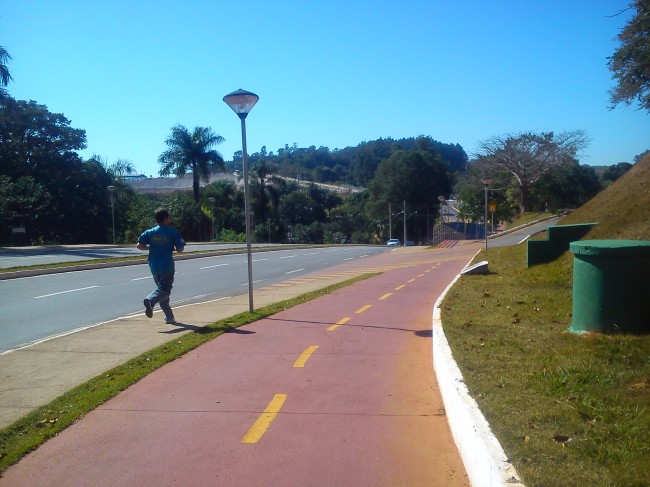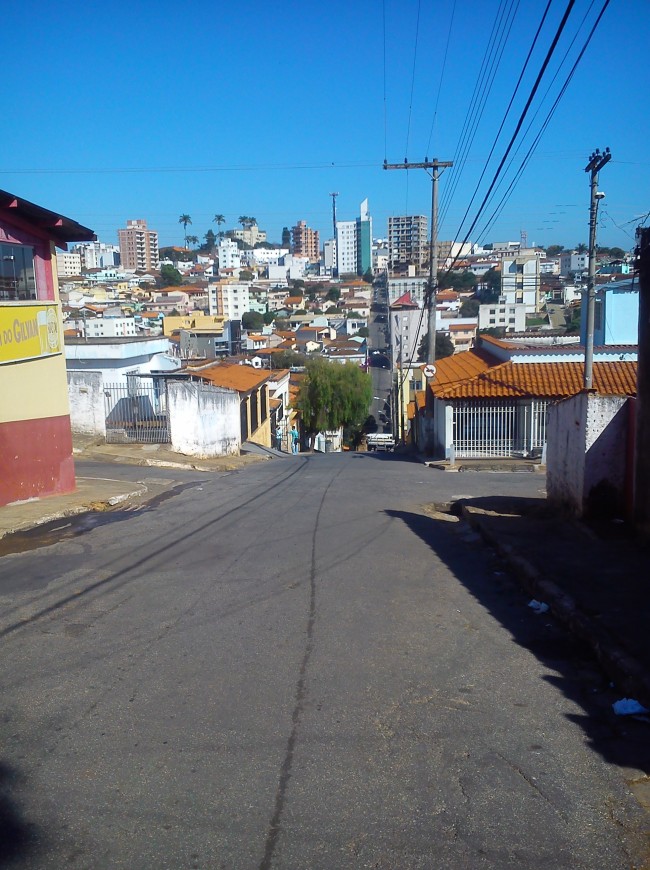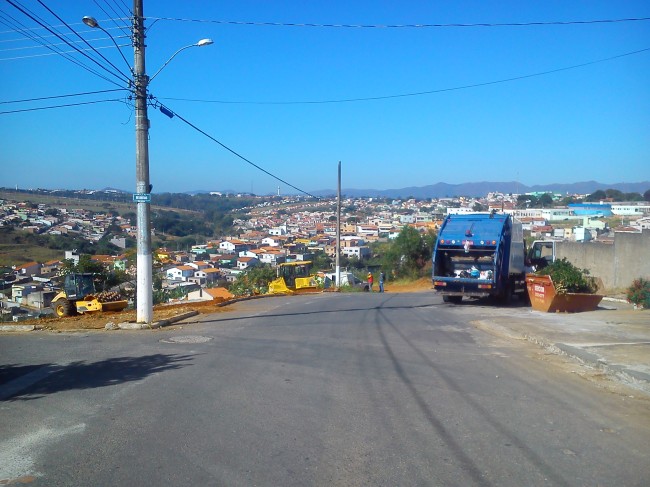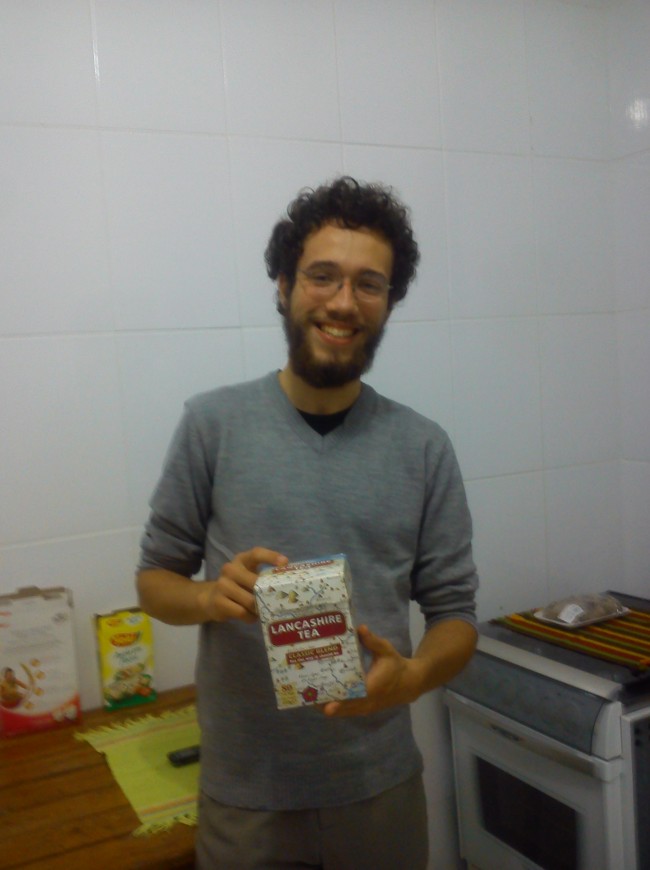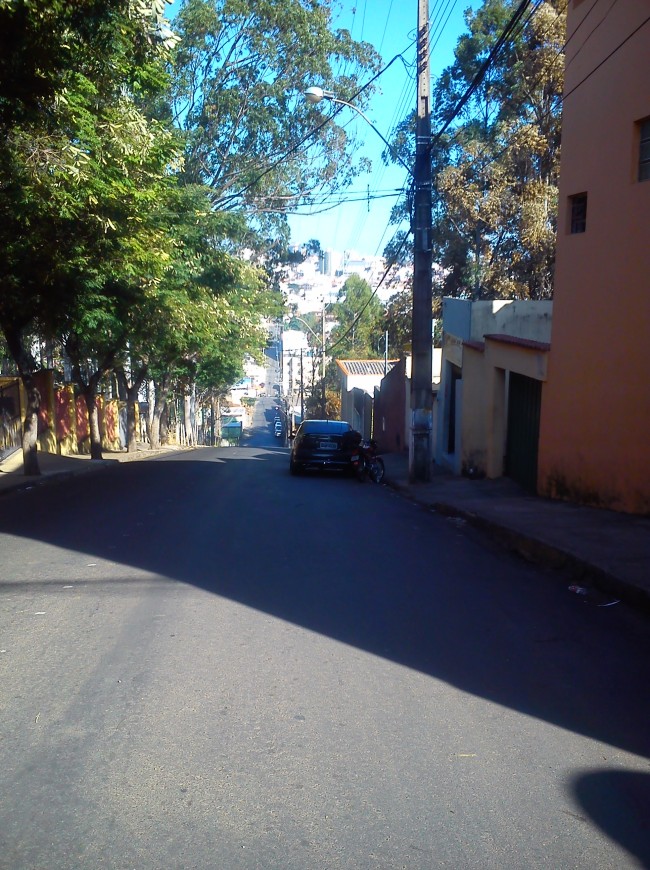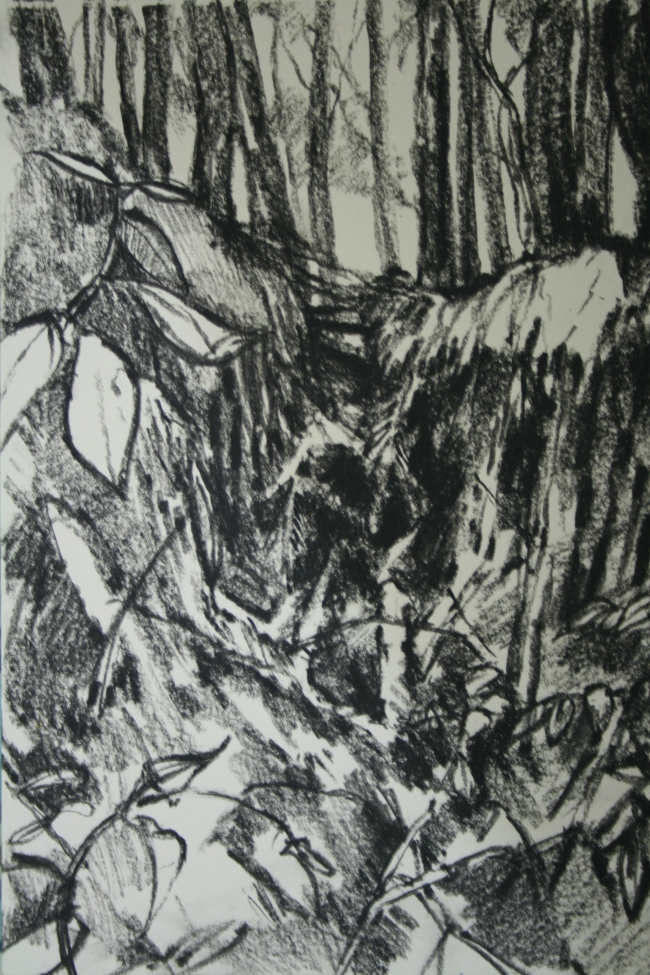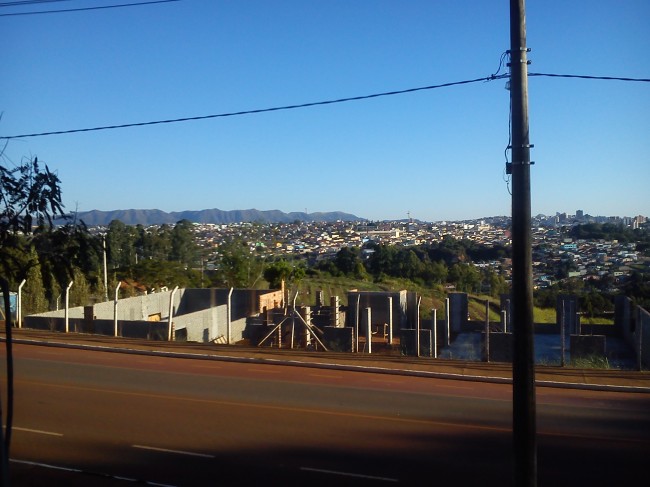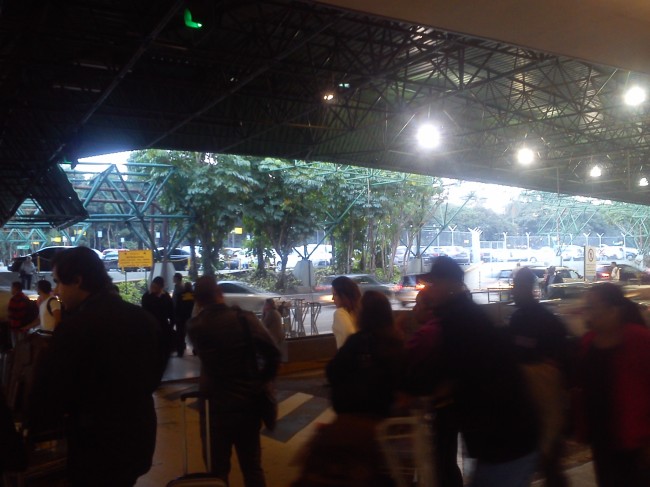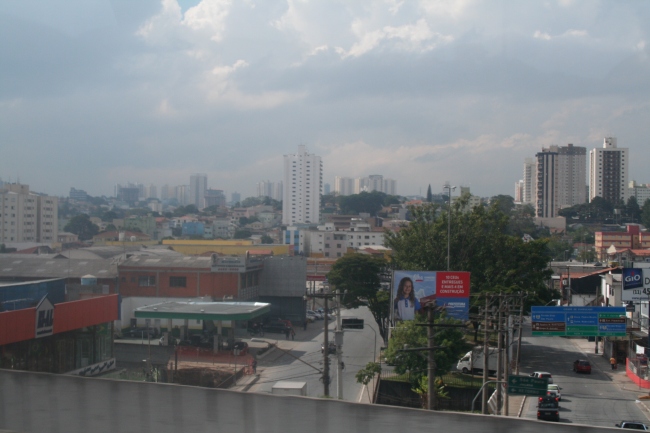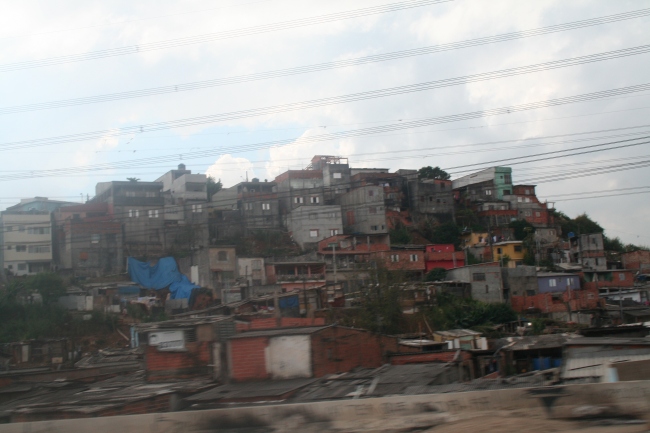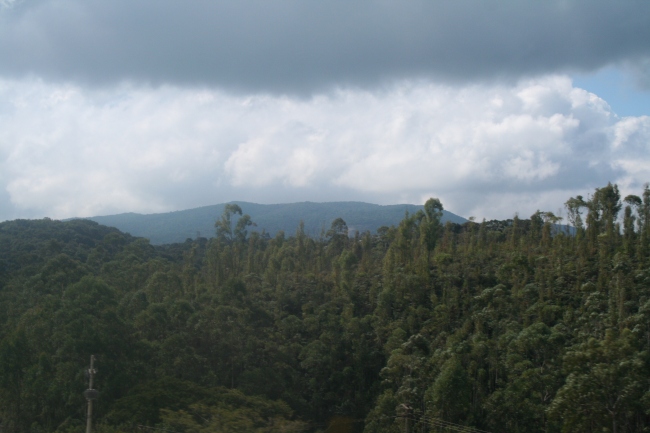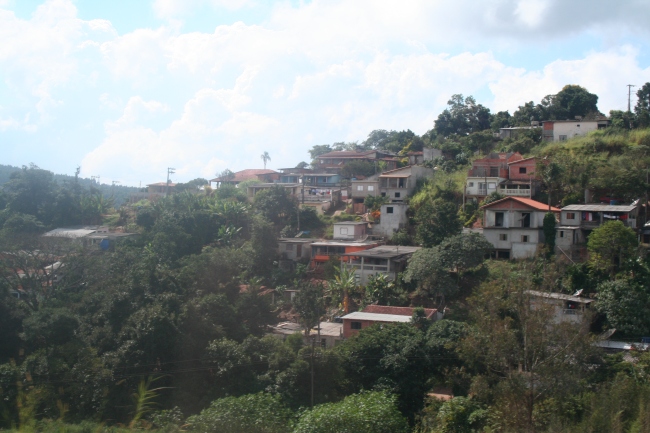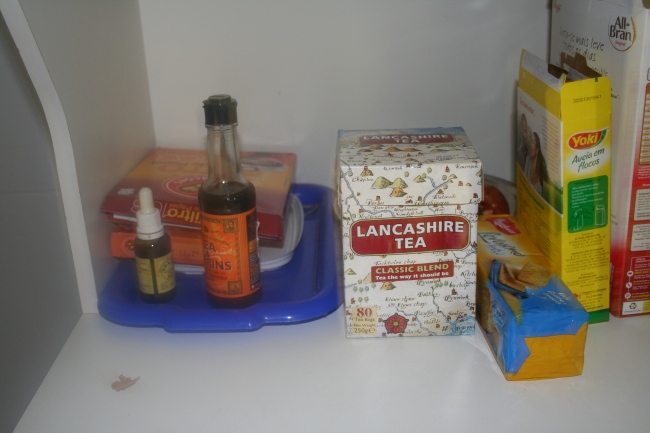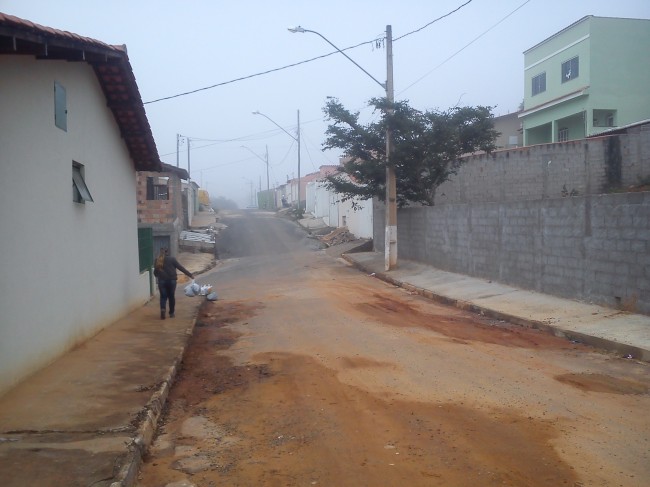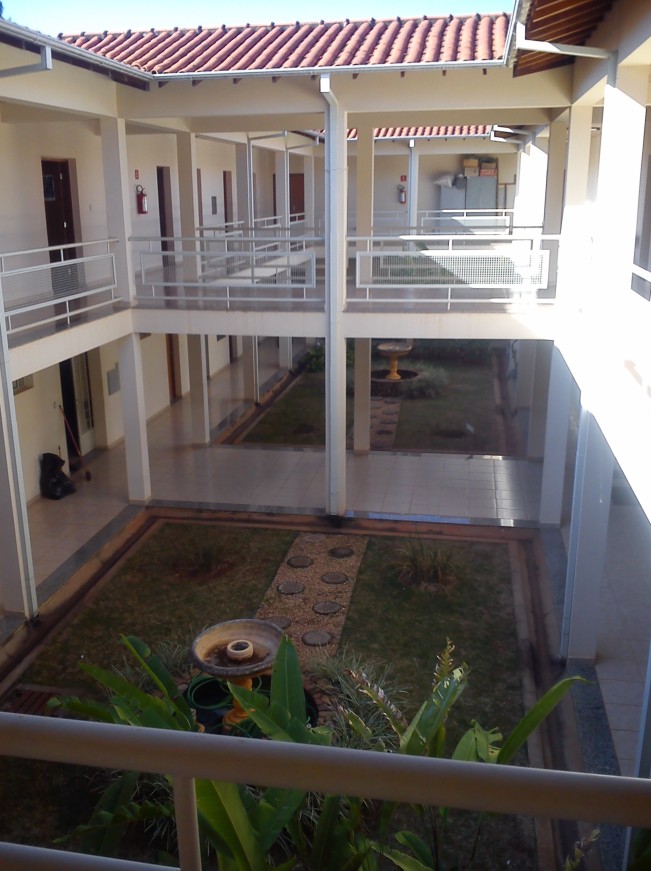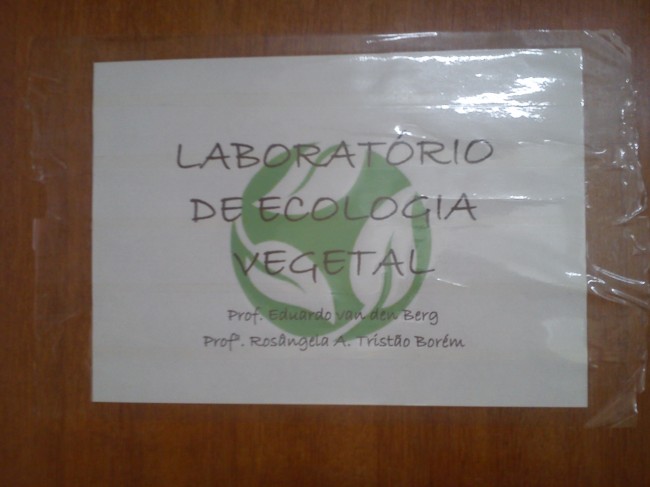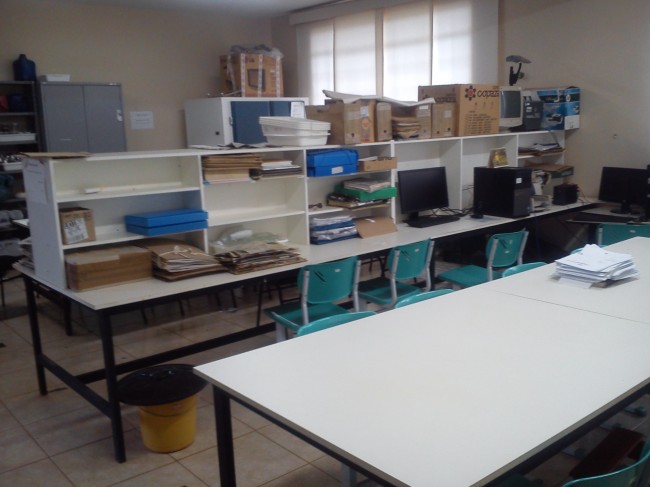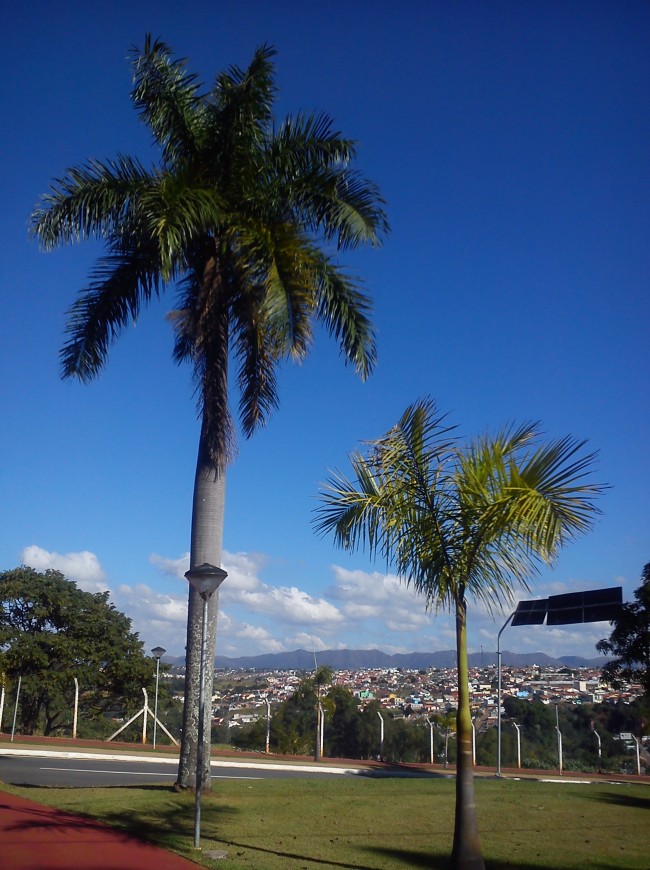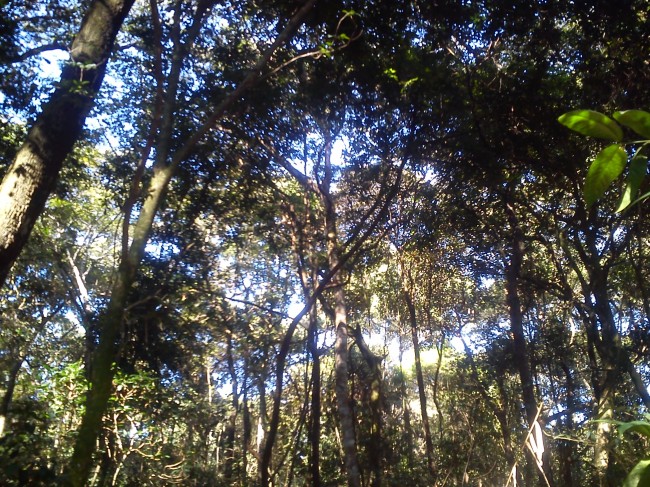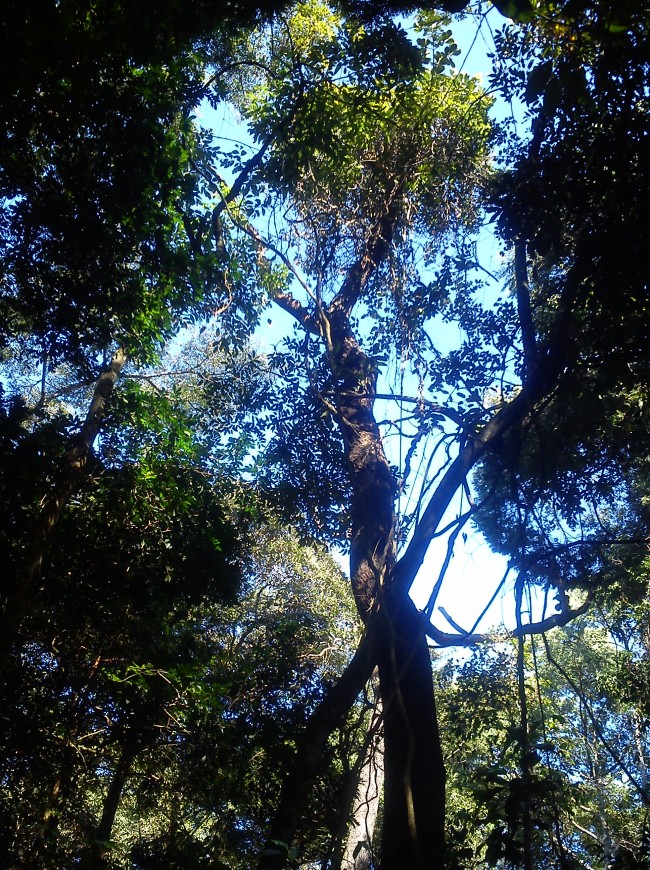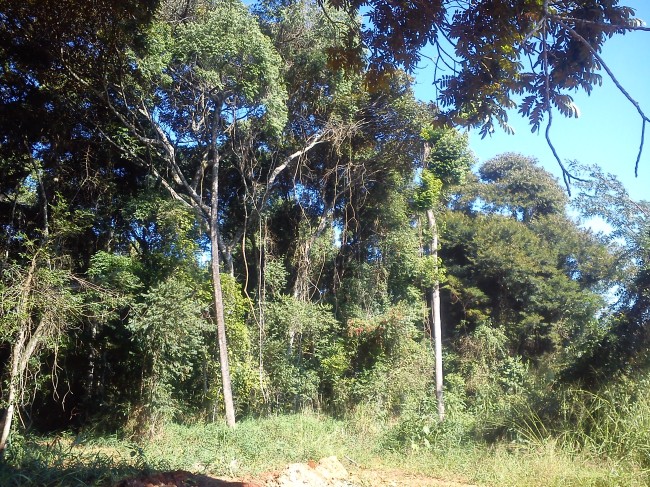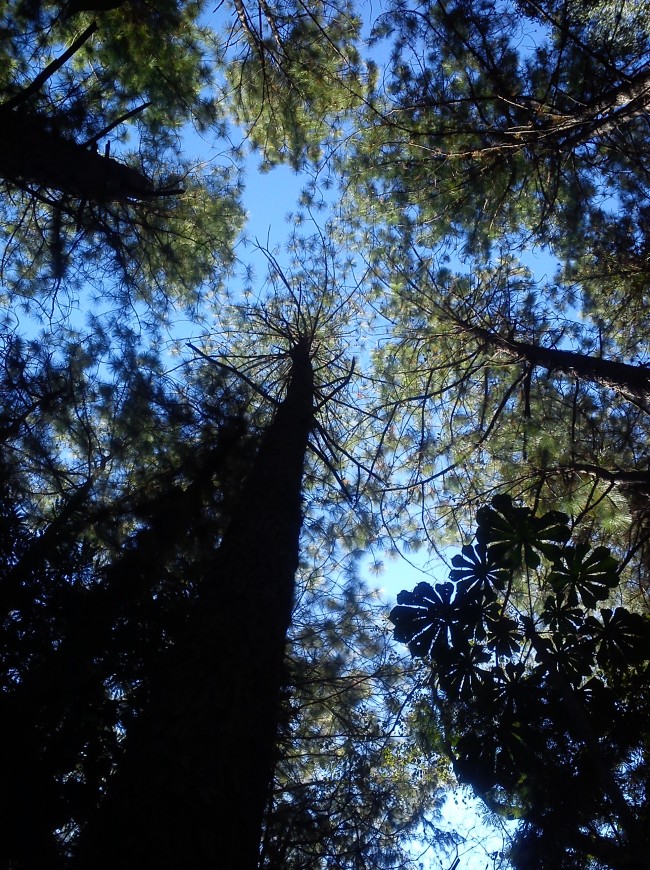My last few days in Lavras were pretty busy, trying to get the final steps of the analysis done and preparing for the journey back. This meant frequent trips to the forestry department for more plant identification (starting to think greater diversity isn’t necessarily a good thing… wait I don’t mean that!!), and to get some aerial photographs for some spatial analysis of the forest cover in our little corner of Itatiaia. It’s really interesting being able to see all the details of the study site from above, and definitely much easier than traipsing around the hillsides!
Unfortunately not everything went to plan with the final stages of the soil analysis, with some fairly important equipment not wanting to play ball. After a bit of a mild panic and some consultations with the head of biology, we managed to wangle getting some soil back to England for some further studies. It was also cool being given a soil importation license from LEC for bringing them back to the UK. Not exactly a license to kill, but still felt pretty awesome anyway.
Aside from the frantic organisation, I still got to take some time to enjoy being on campus and to hang around the usual spots for the last time, appreciating some of the features that I’d become accustomed to by now.
(the central uni hangout spot…)
(…the campus road lined with beautiful Amazonian balsa trees…)
(… and the all-important cafeteria)
A final visit to the campus reserve was also in order, to say goodbye to the place where I’d first been introduced to some of the tropical trees that would become so familiar. It was nice to stand there in the quiet of the forest, thinking of the experiences I’d had and how much I’d learnt since the last time I’d stood in that same spot, before leaving for the wilds of Itatiaia.
During the last few days I also met the infamous Danny, who had come to recuperate in Lavras after months of research out in Amazonia. Hanging out with Hannah and him and hearing some northern accents, it was already a bit like being back home. That combined with a few uncharacteristically rainy days, I felt I was somehow being slowly acclimatised to being back in England.
But of course the time crept on, and eventually my last day at UFLA arrived. After depositing the bike that had been kindly lent to me by Eduardo (absolute life-saver!), the time came for me to say goodbye to the Ecology department and my little lab family and make my way home for the final time…
…but not before a surprise trip to the local ice-cream bar for some exotic fruity treats…
…and a last look at Lavras in the daylight, sitting on the back of Fabinho’s motorbike as Danny and I wound our way up and down through the streets of the city.
Living in Lavras has been great (well, with the small exception of the burglary – but at least I can say that I’ve experienced the whole spectrum of life here!), and I’ll miss its unique and colourful array of houses and buildings, and being amongst the hustle and bustle of the busy streets that zigzag their way over the many steep hills (which I might miss less I think..).
It’s also been a pleasure staying in our little home, nestled in our quiet corner of the town. Towards the end I felt quite settled into life there, and I could have imagined staying a little longer!
But inevitably the time came to pack up my stuff and prepare for the long journey back to my own room, waiting for me about 10,000 kilometres away across the sea.
(First the basic essentials…)
(…and the valuable hoard of soil waiting to be processed back in the Lancaster labs)
Whilst collecting my things together, I got to thinking of some of the funny little details I’ll miss after returning back into normal Lancaster life. Like the interesting combinations of adaptors needed, because the plug socket just never seems to quite match the item you need to use…
…and shopping where the kind of kitchen roll you buy can really say a lot about your personality…
Towards the end of my time in Lavras I was frequently asked about what my favourite aspect of Brazil was after having lived there for a couple of months. Well, aside from the weather, the amazing landscapes and wildlife, the delicious food (we could definitely use some of their barbeque skills over here…), the spontaneous events and evenings of music and laughter, I think the main thing that made the whole experience so wonderful has been the people I have met. Whether being fellow students, professors, other friends who I have made through day-to-day life or even friendly strangers, I have always found myself welcomed, accepted and included (and a little spoilt) in all aspects of life in Lavras. I can’t express my gratitude for all of the help and friendship that I have received during my time here. It’s definitely going to be strange to be without those who I have spent practically all of my waking hours with over the last 9 weeks – and have basically become family. I really don’t know how I would have survived without you! I’m going to miss you all – but I’m certain we will come back together in the future, one way or another.
(Thanks for the awesome leaving do guys!)
So it was with a suitcase full of soil and a head full of memories that I made my way to the bus station to catch the overnight coach to São Paulo, and to begin on the long-expected three day journey home. All in all trip has been a truly amazing experience. It hasn’t always been easy, and there has been a few challenges mixed in with the successes, but everything has been worth it and I can definitely say I have definitely learnt a lot – not just about ecology or science, but about Brazil, its people and culture, and life on a different continent. I am very grateful to have been given the opportunity and really can’t say thanks enough to all those, both in Lancaster and Lavras, that made this possible.
I have had so many amazing experiences that I will never forget, during my time at UFLA and down in the jungles of Rio de Janeiro. Perhaps one day I will have the chance to look upon those hills and forests again, who knows what the future holds. But for now I know these are times I will always be able to look back on, and remember the days we spent out amongst the trees of the ever-changing Mata Atlântica.

